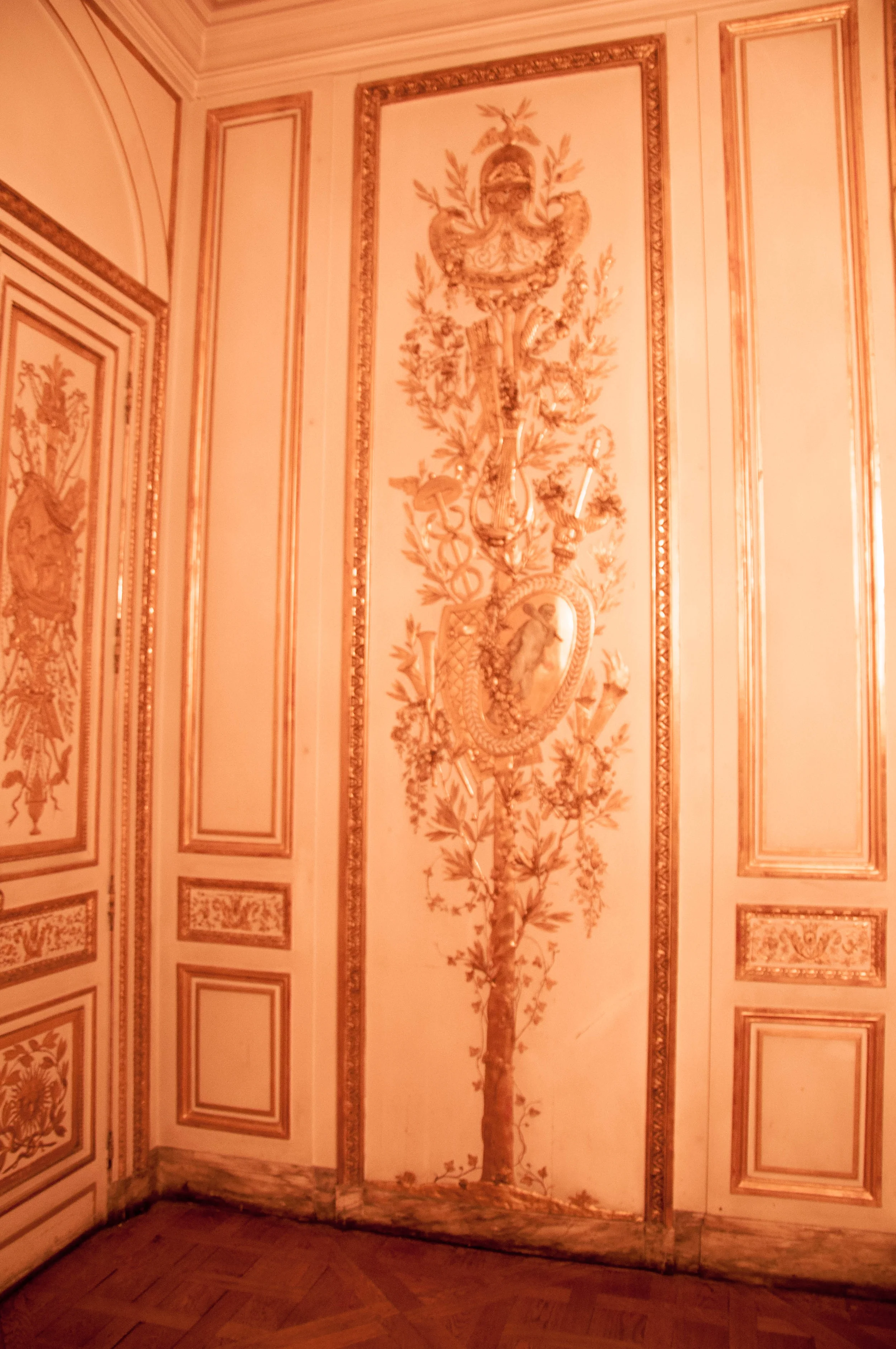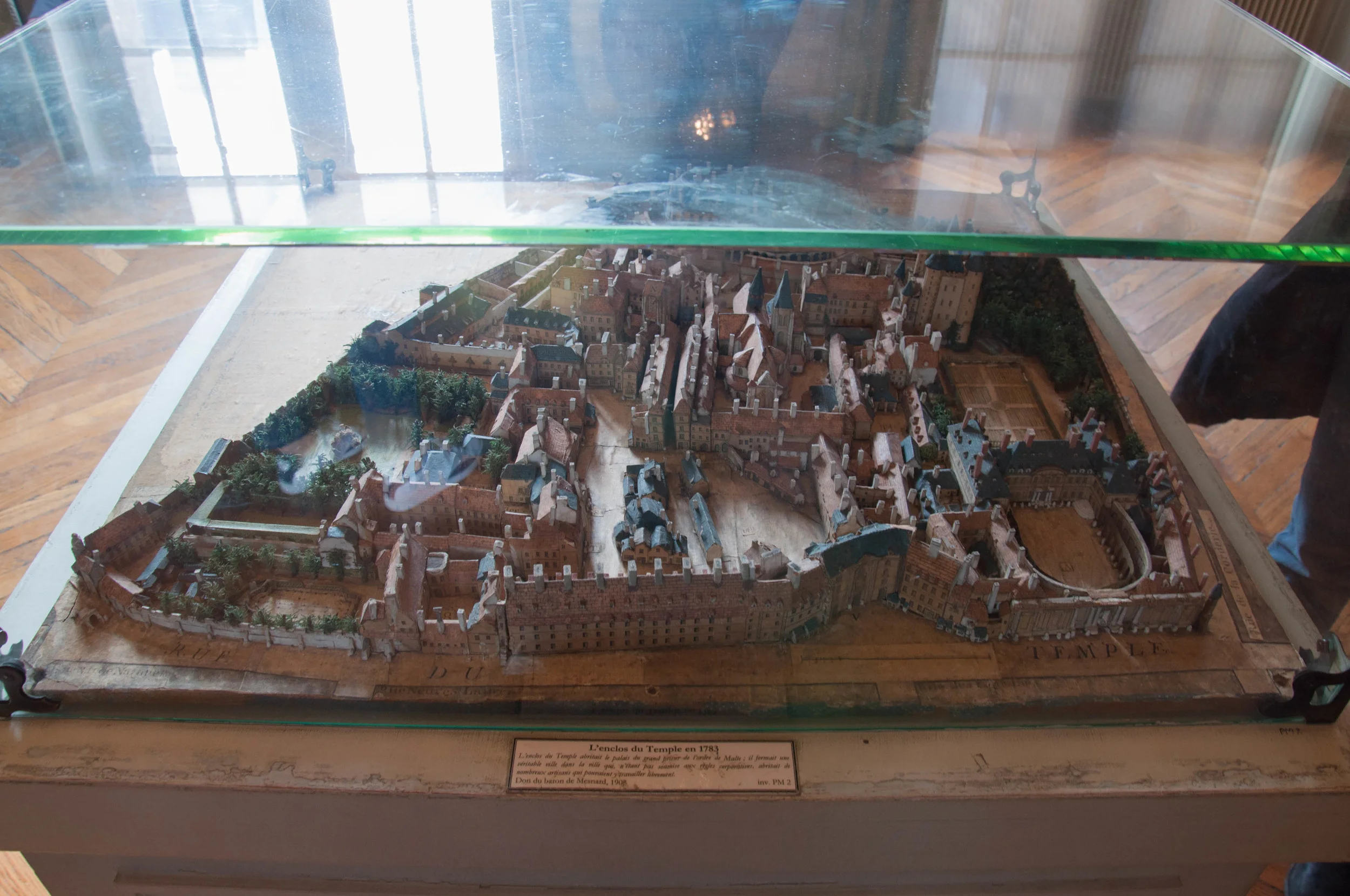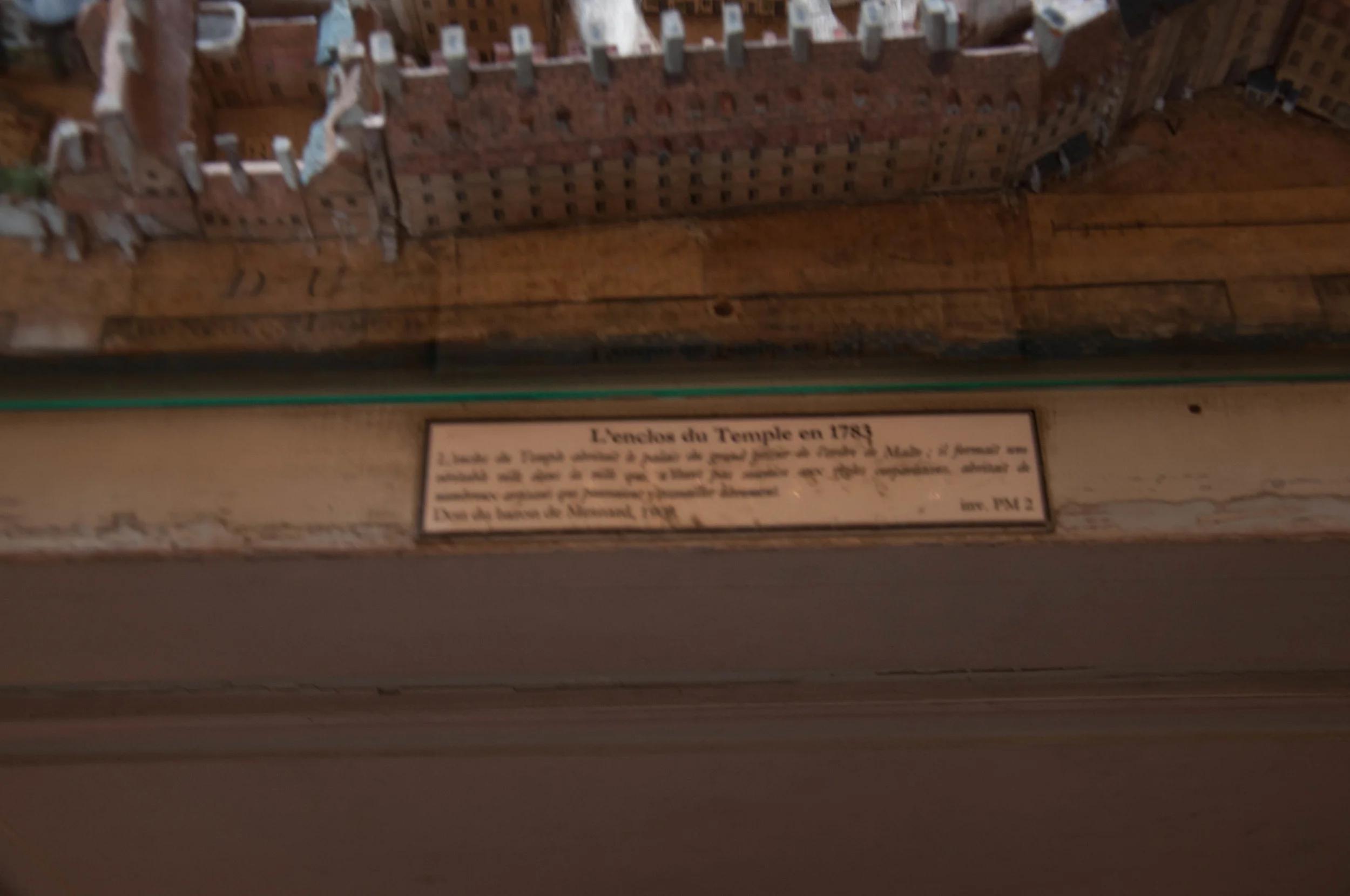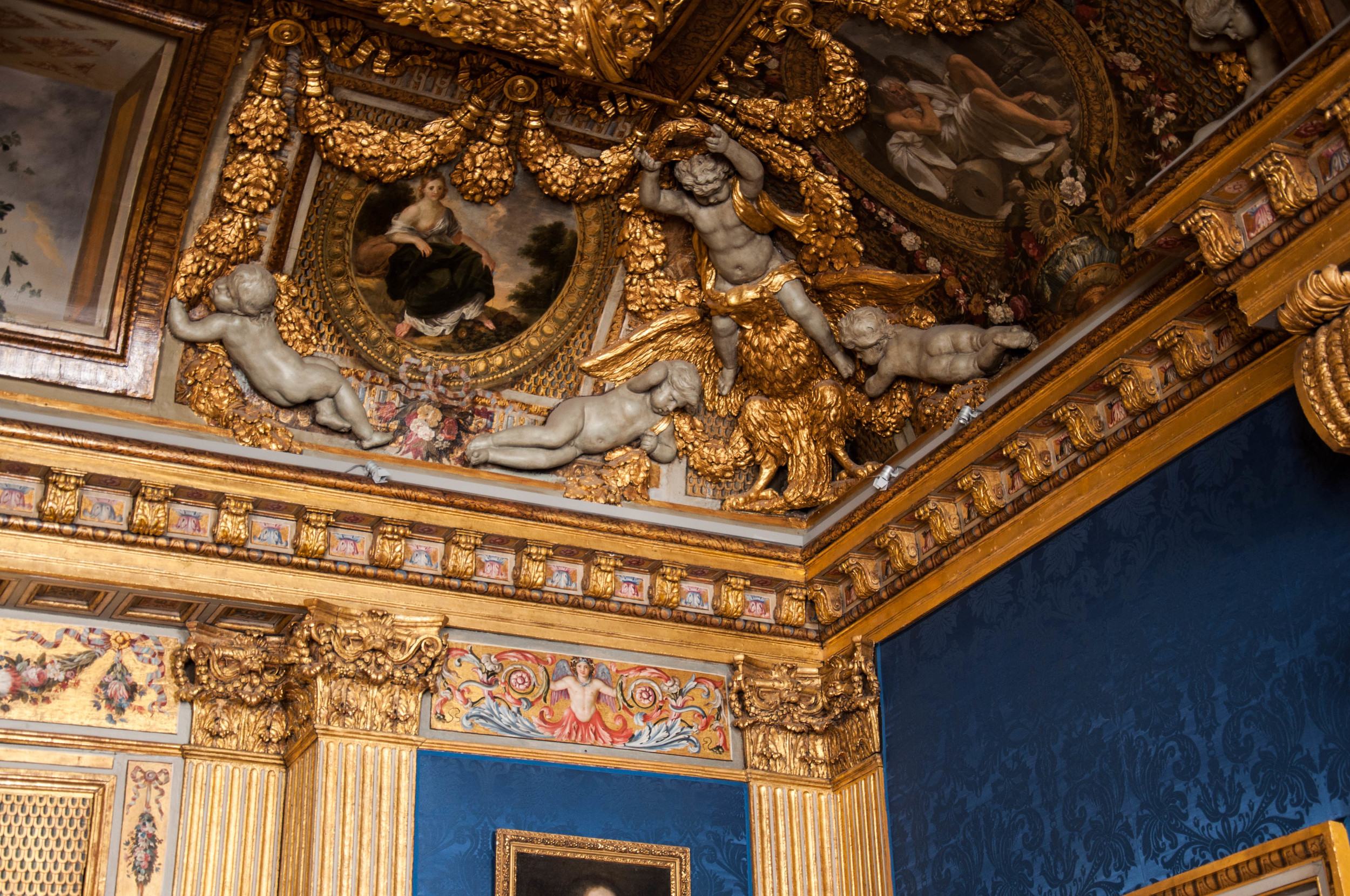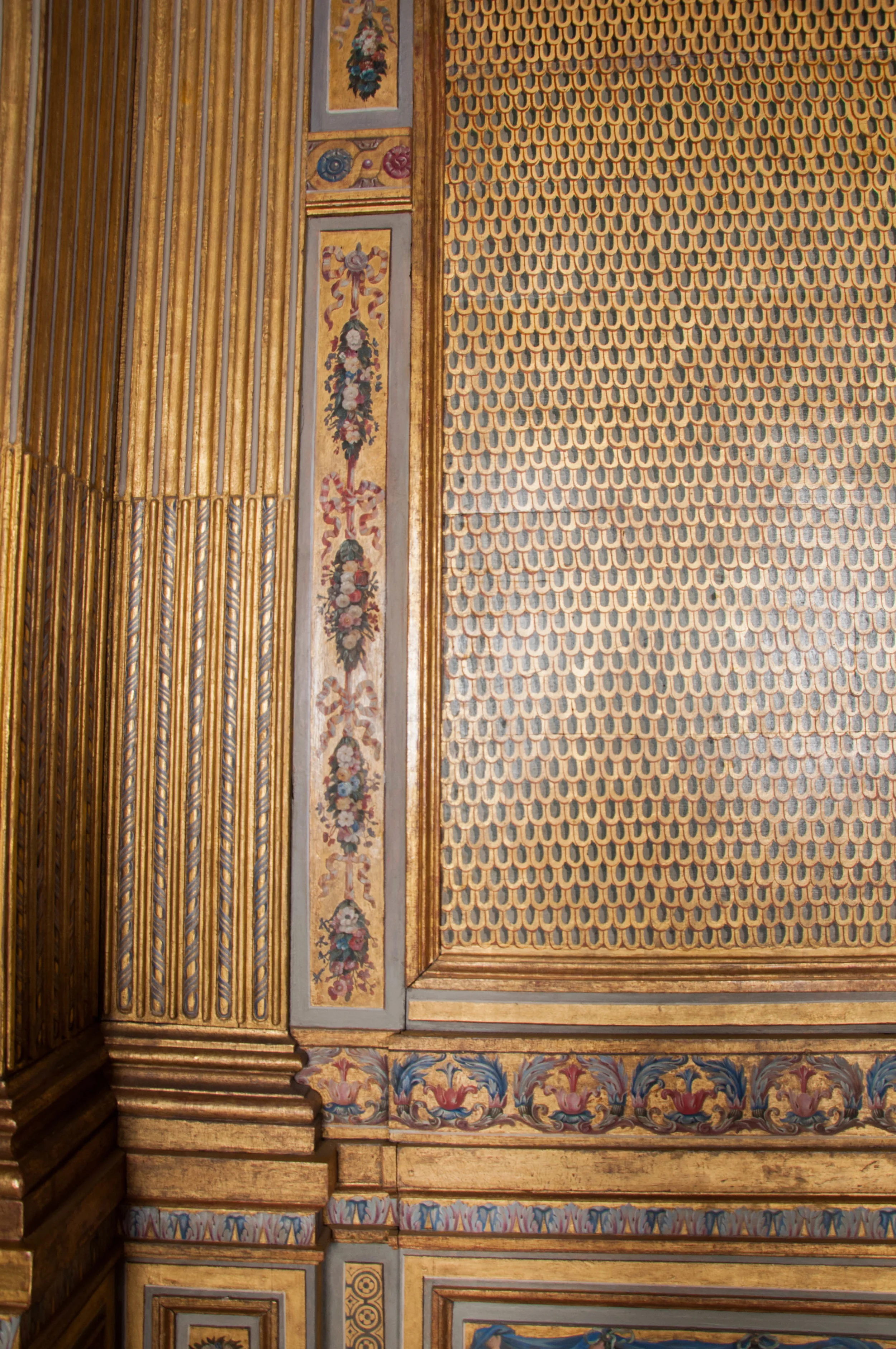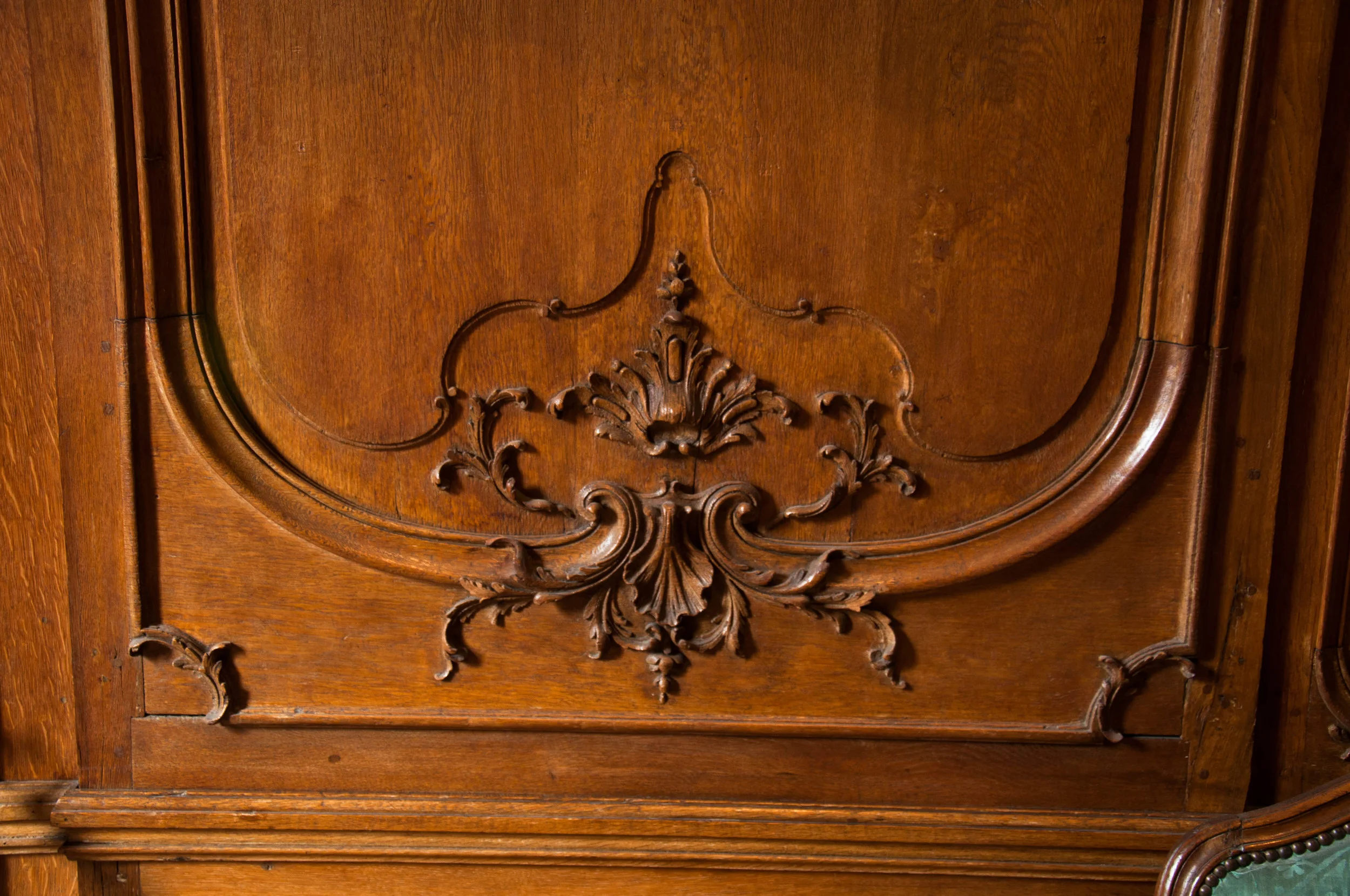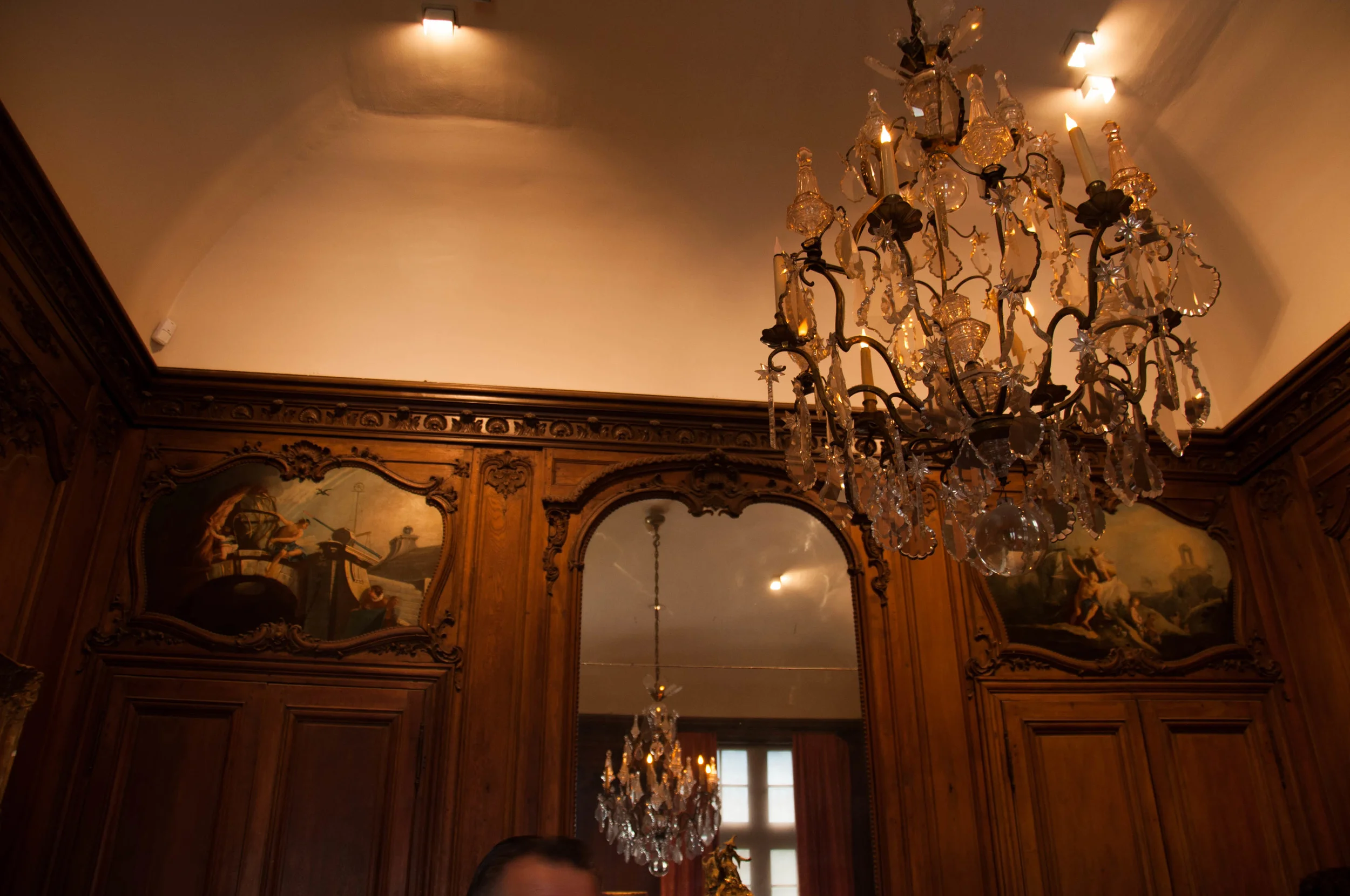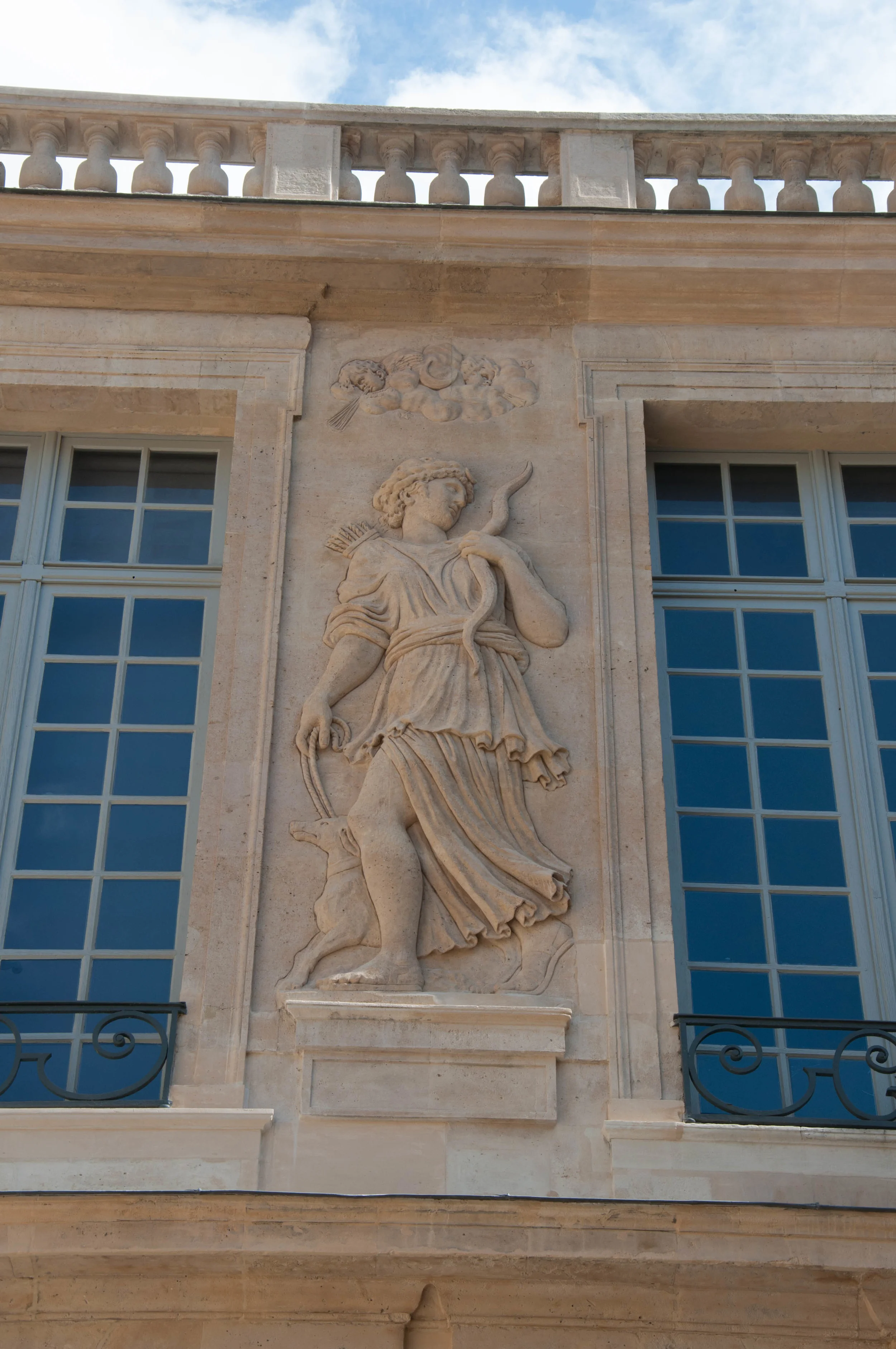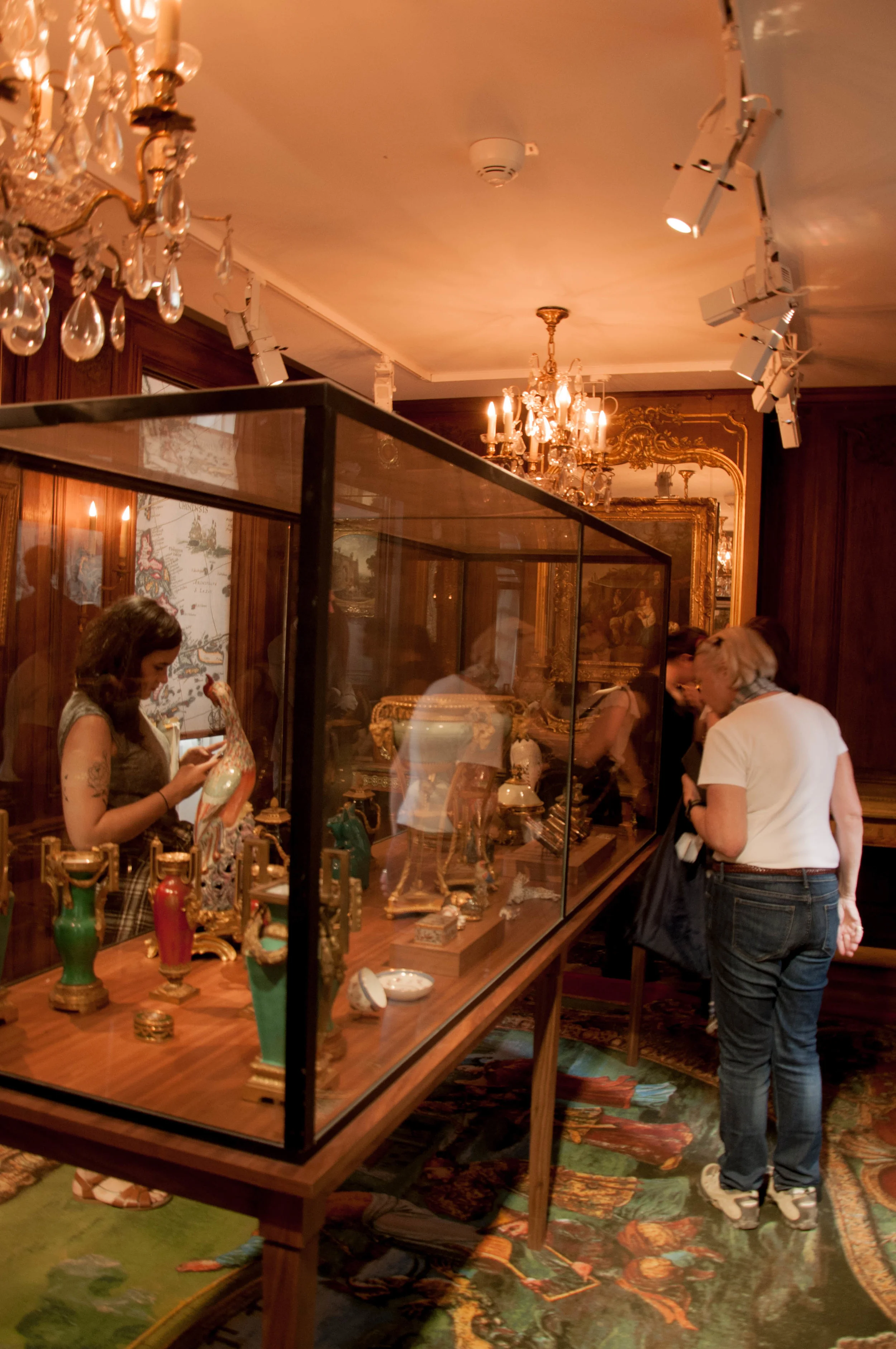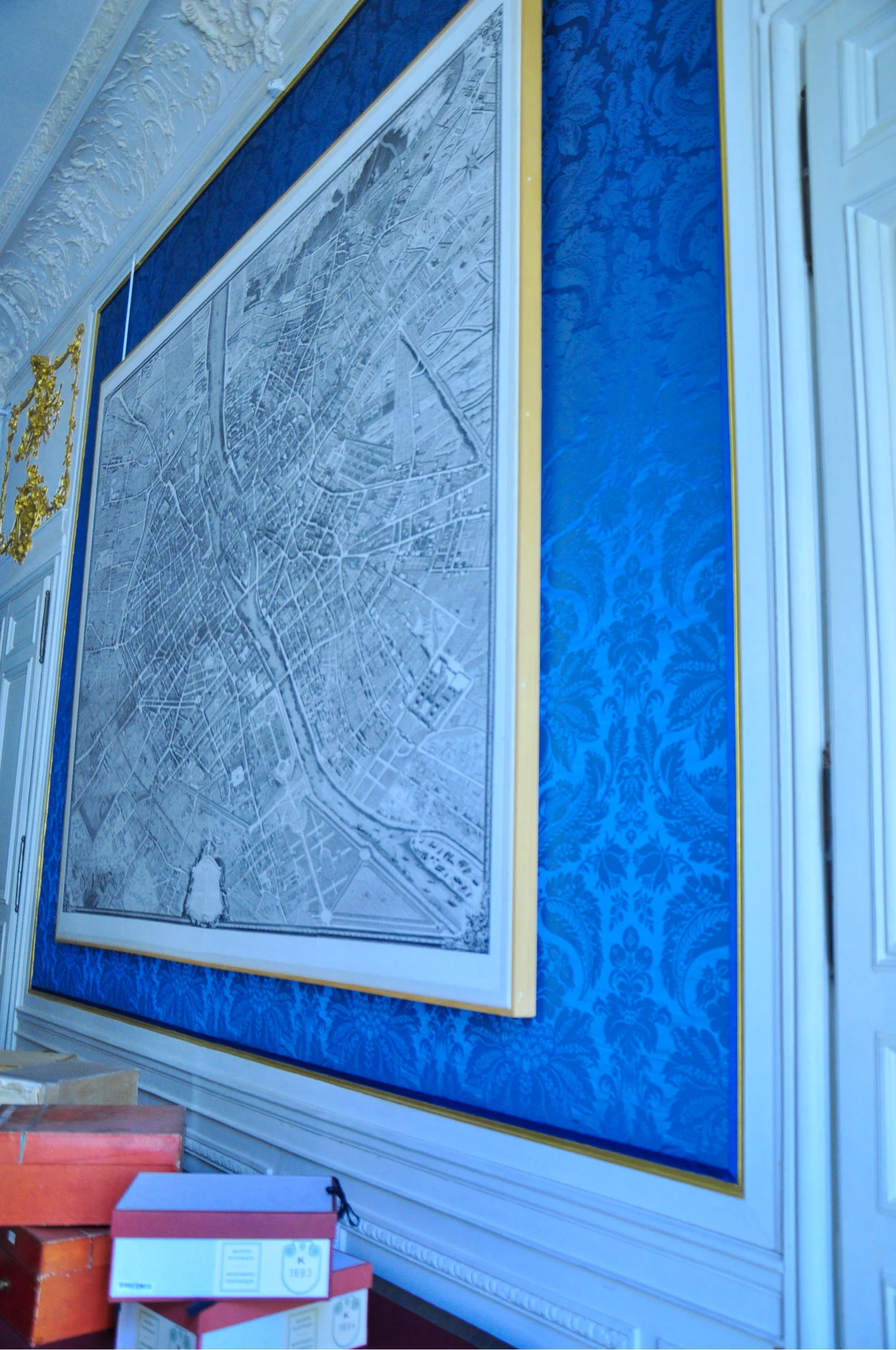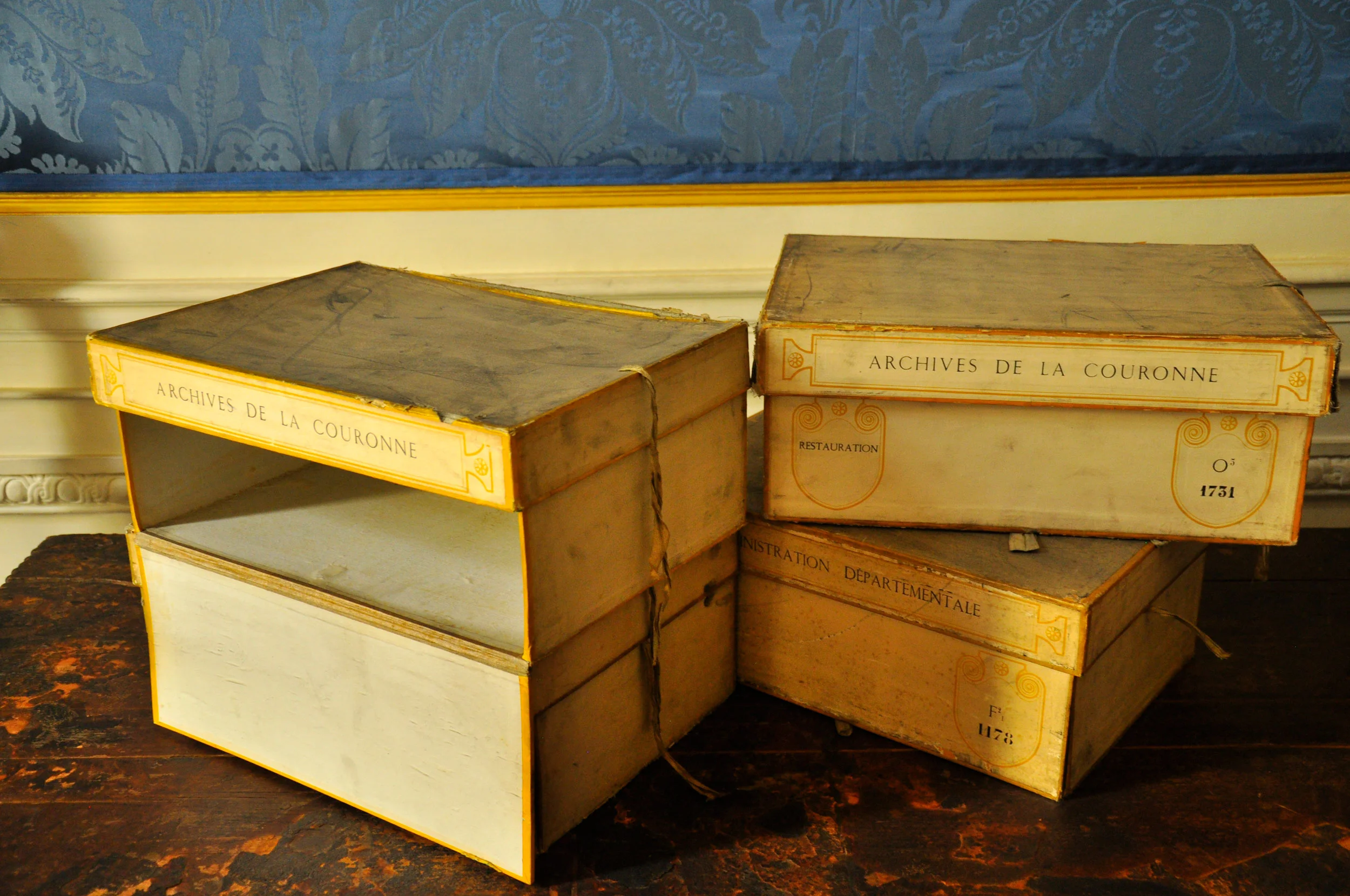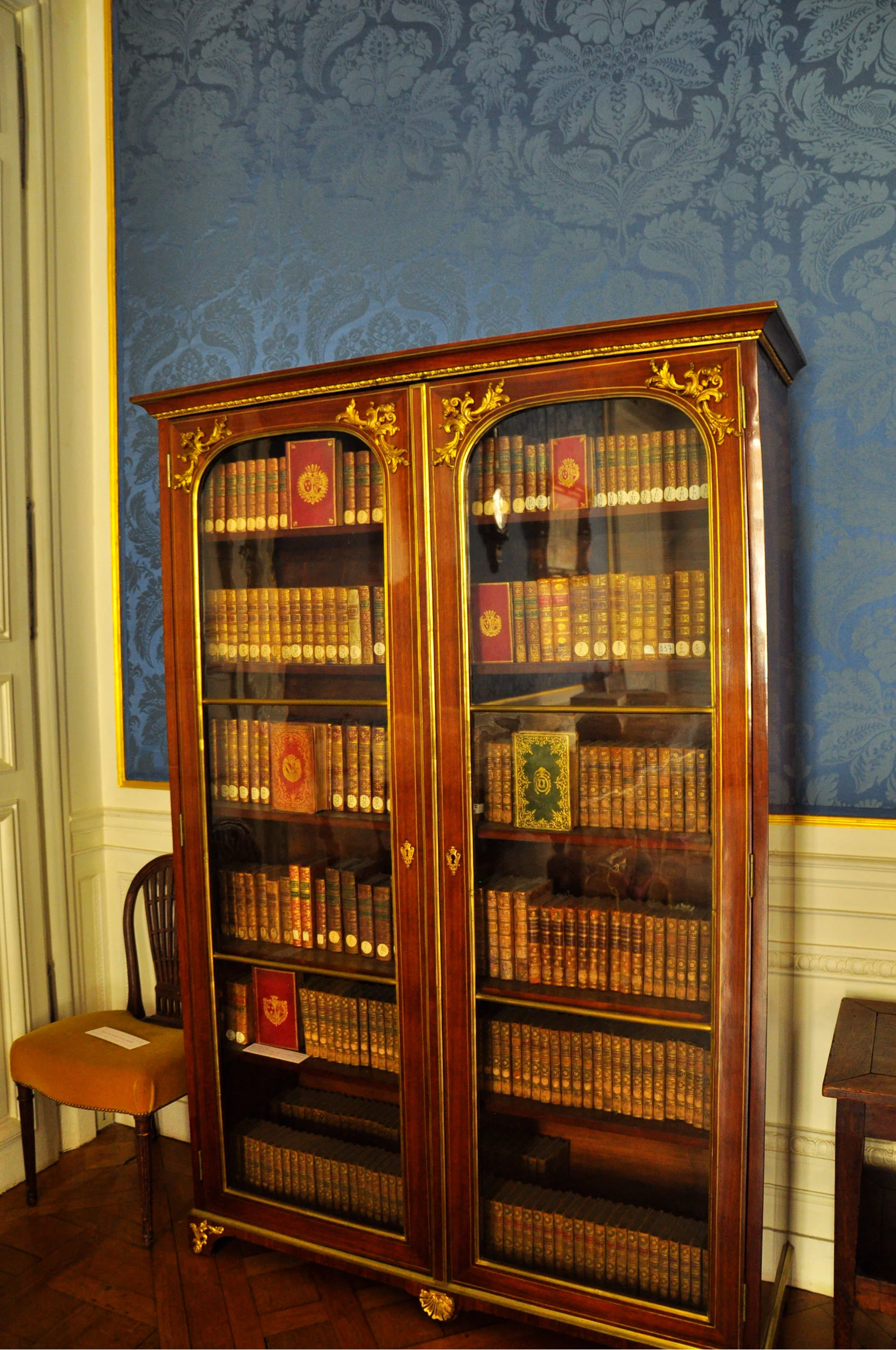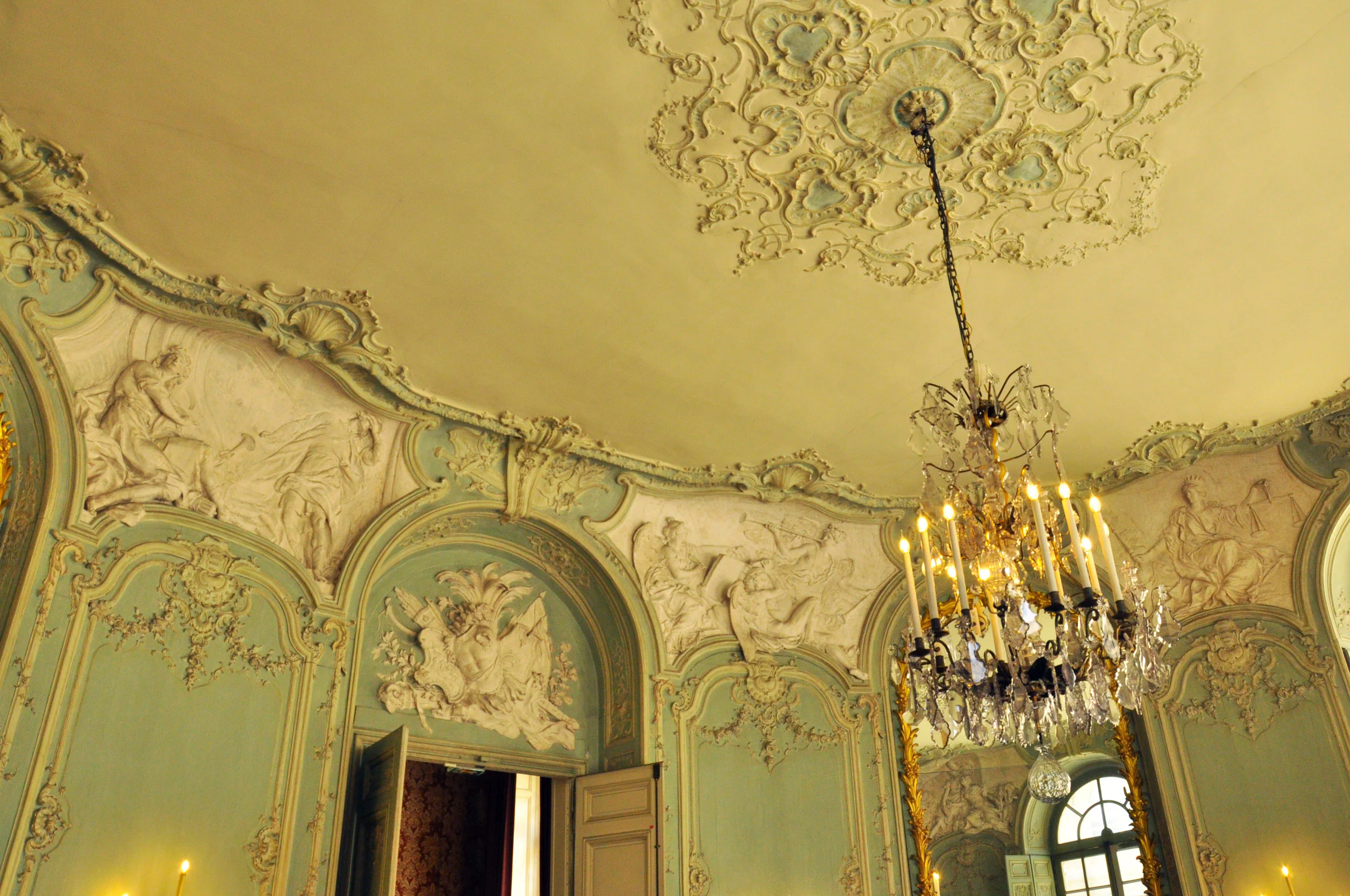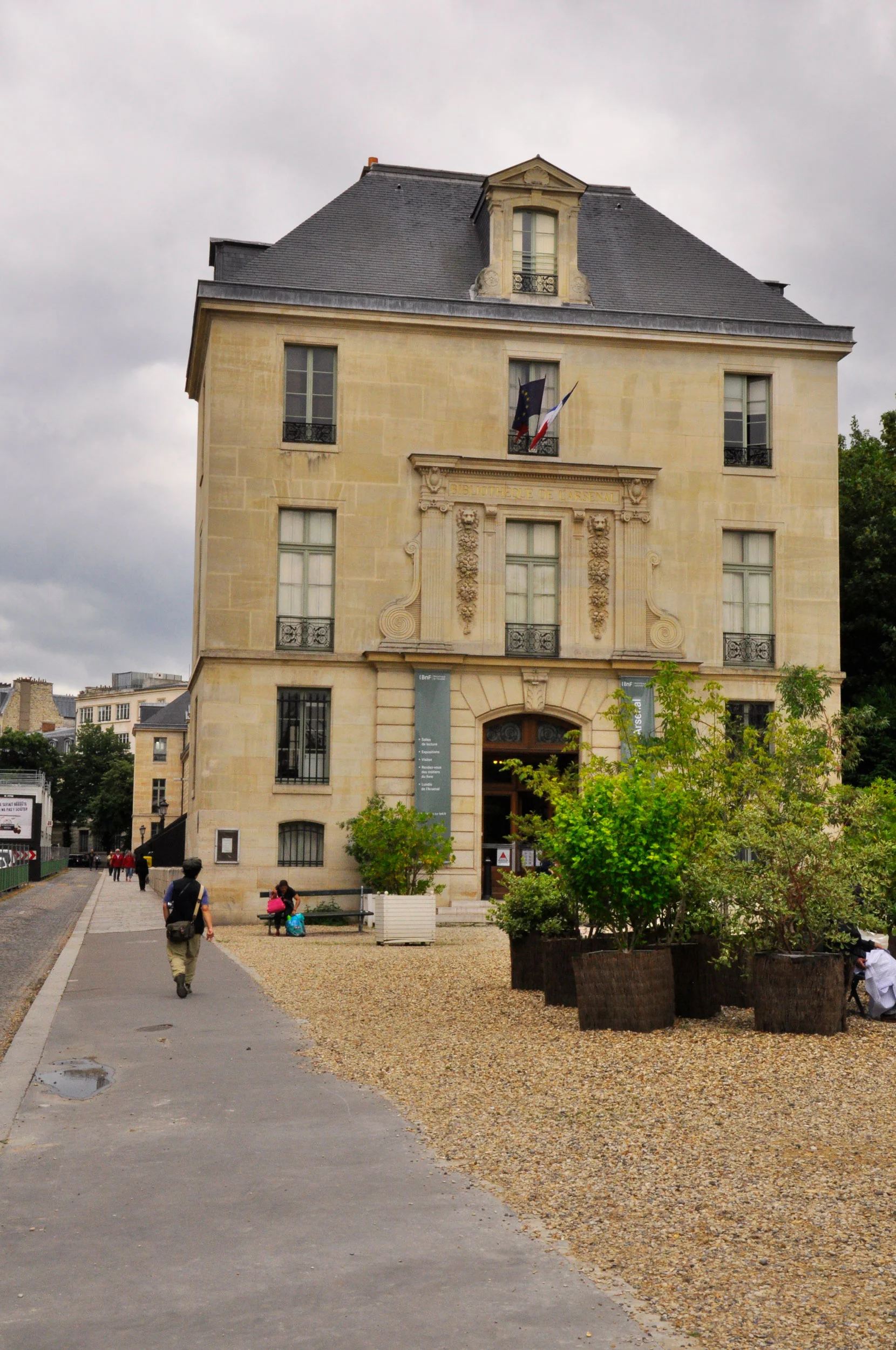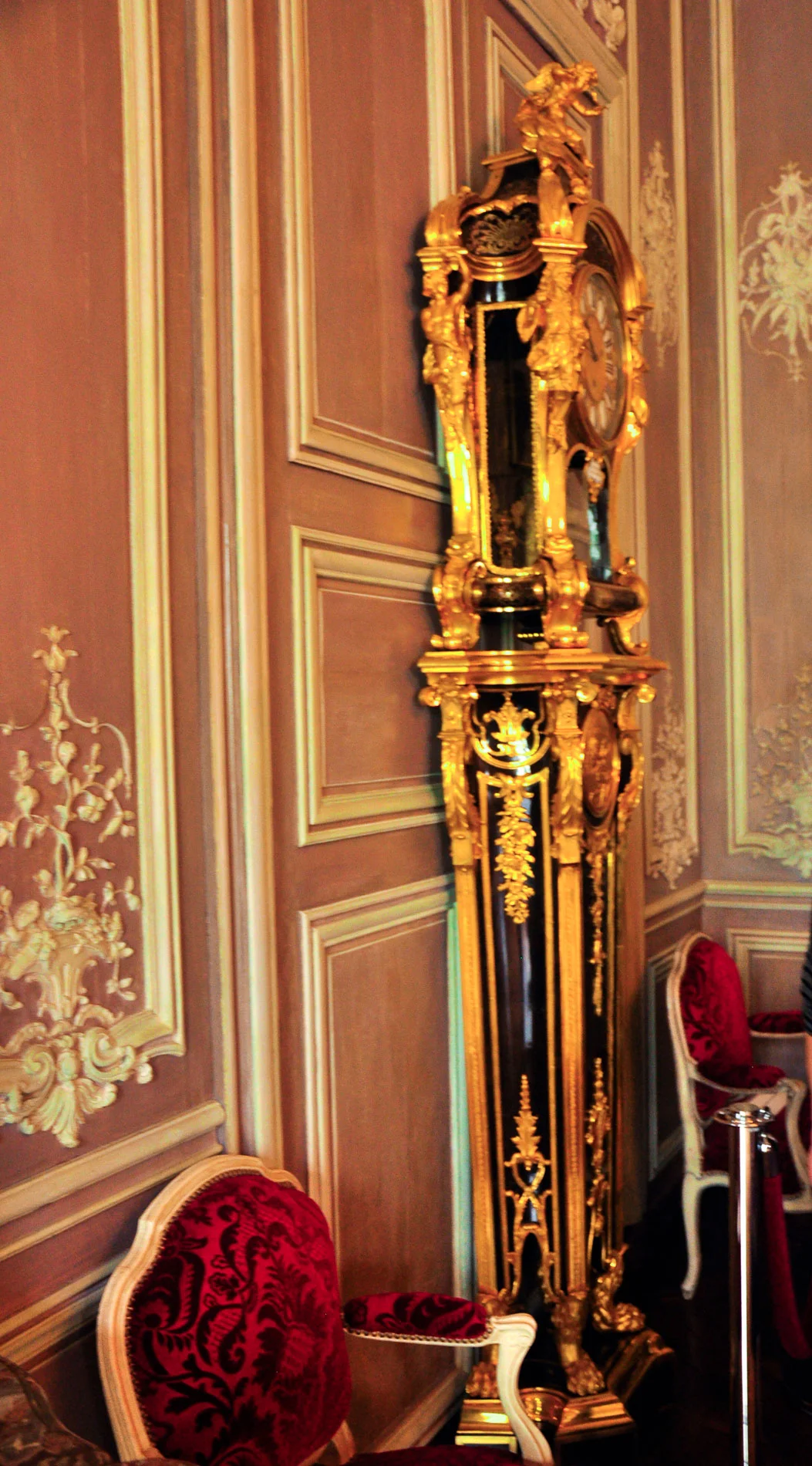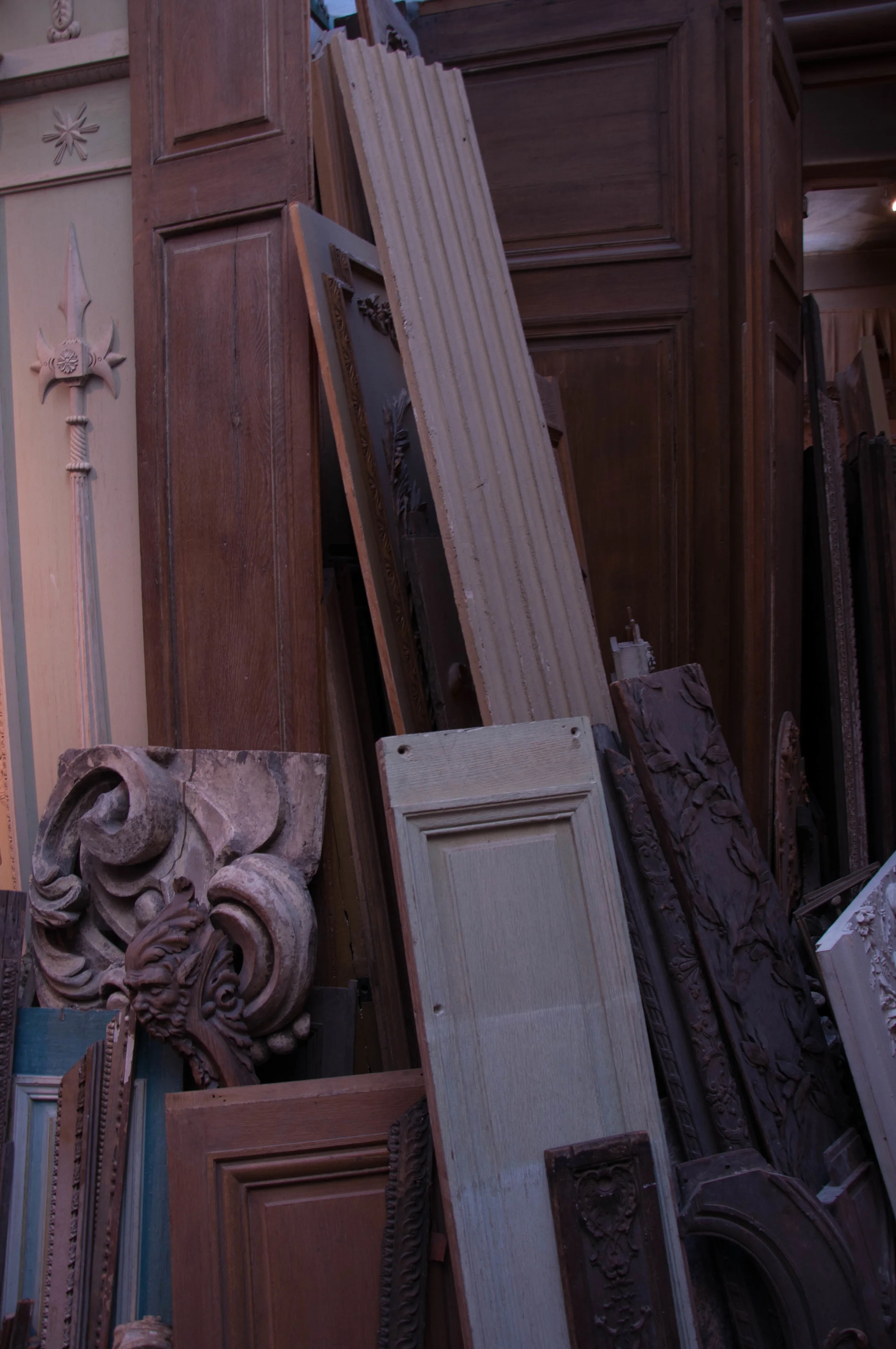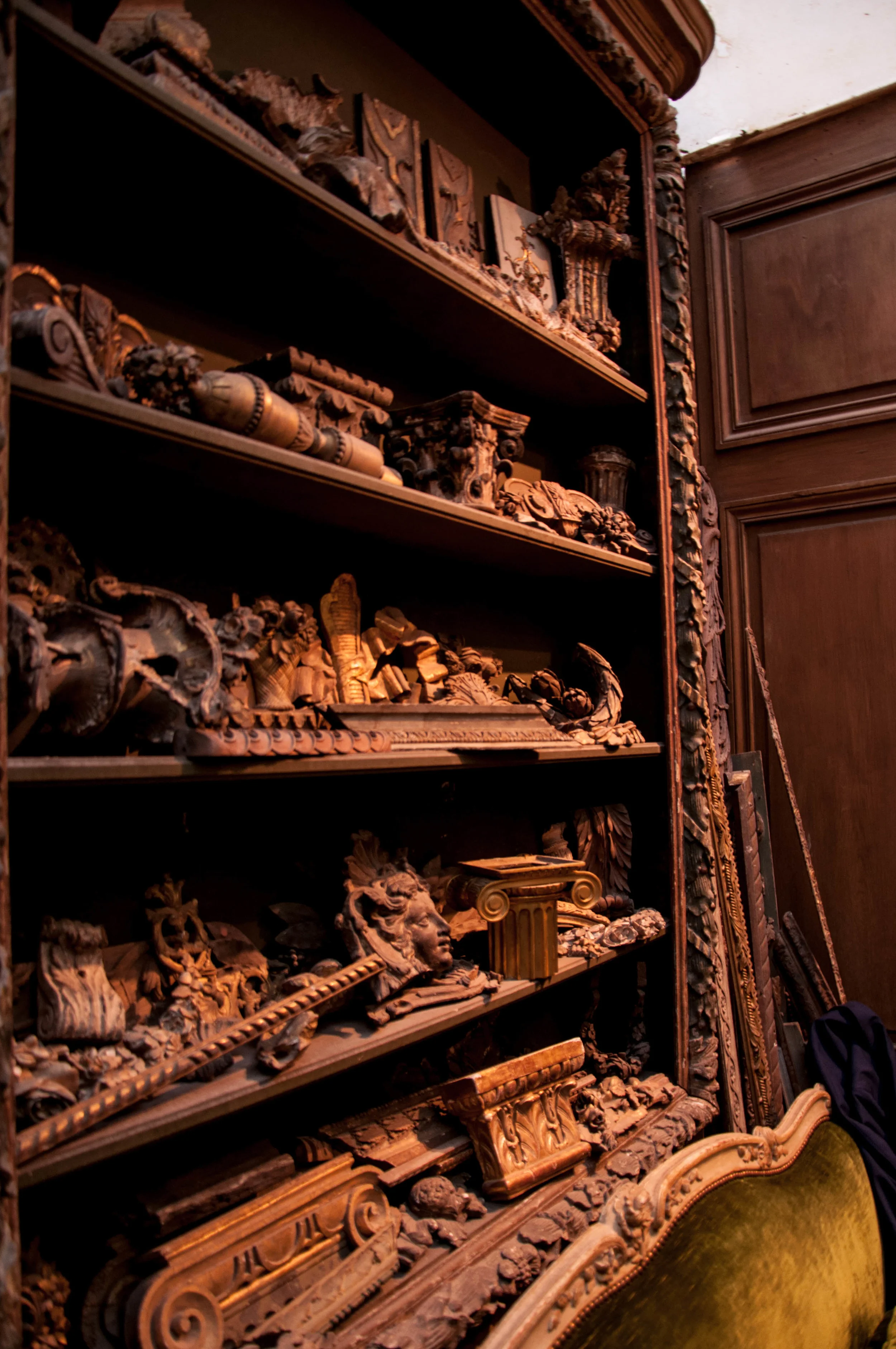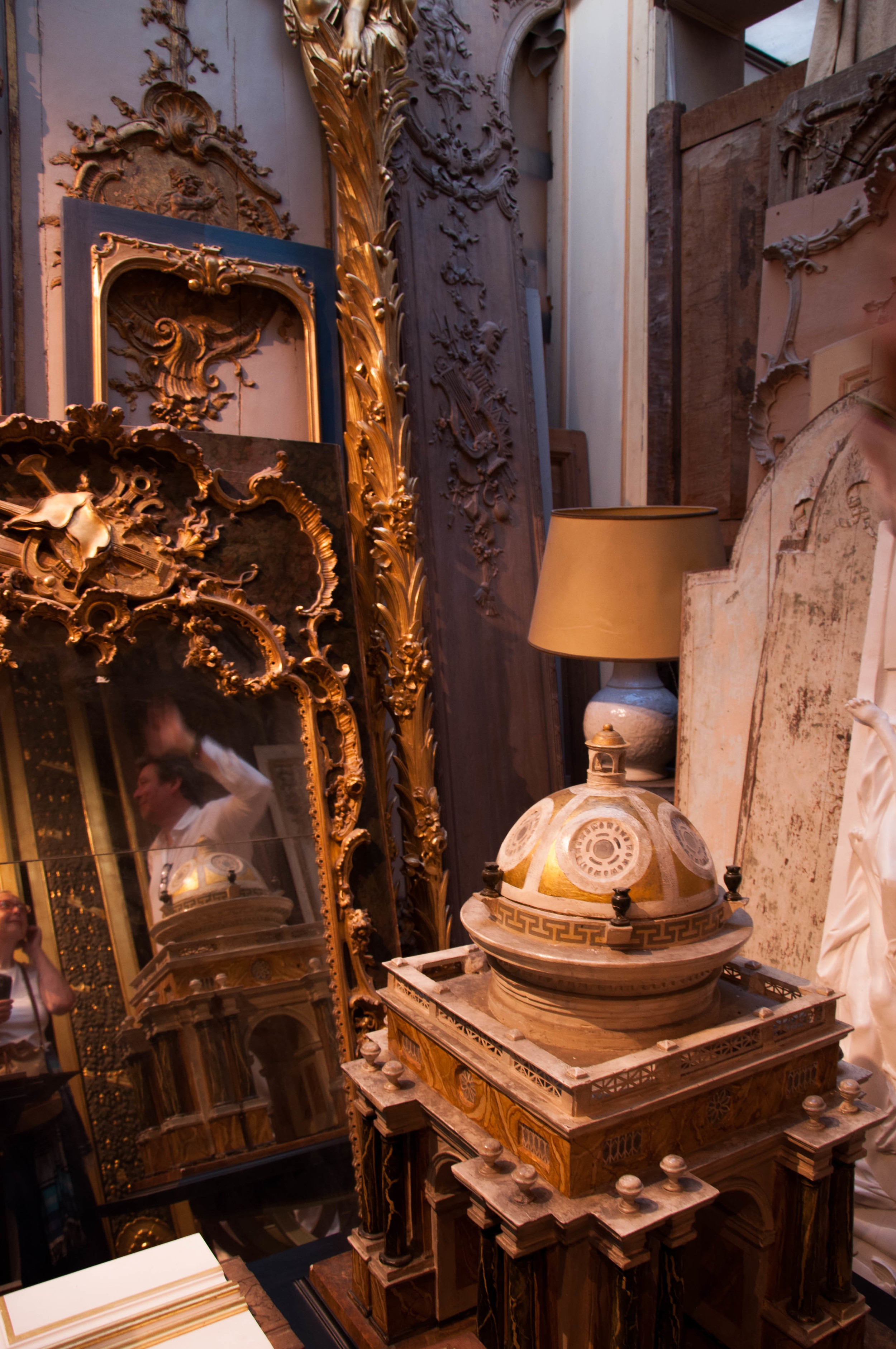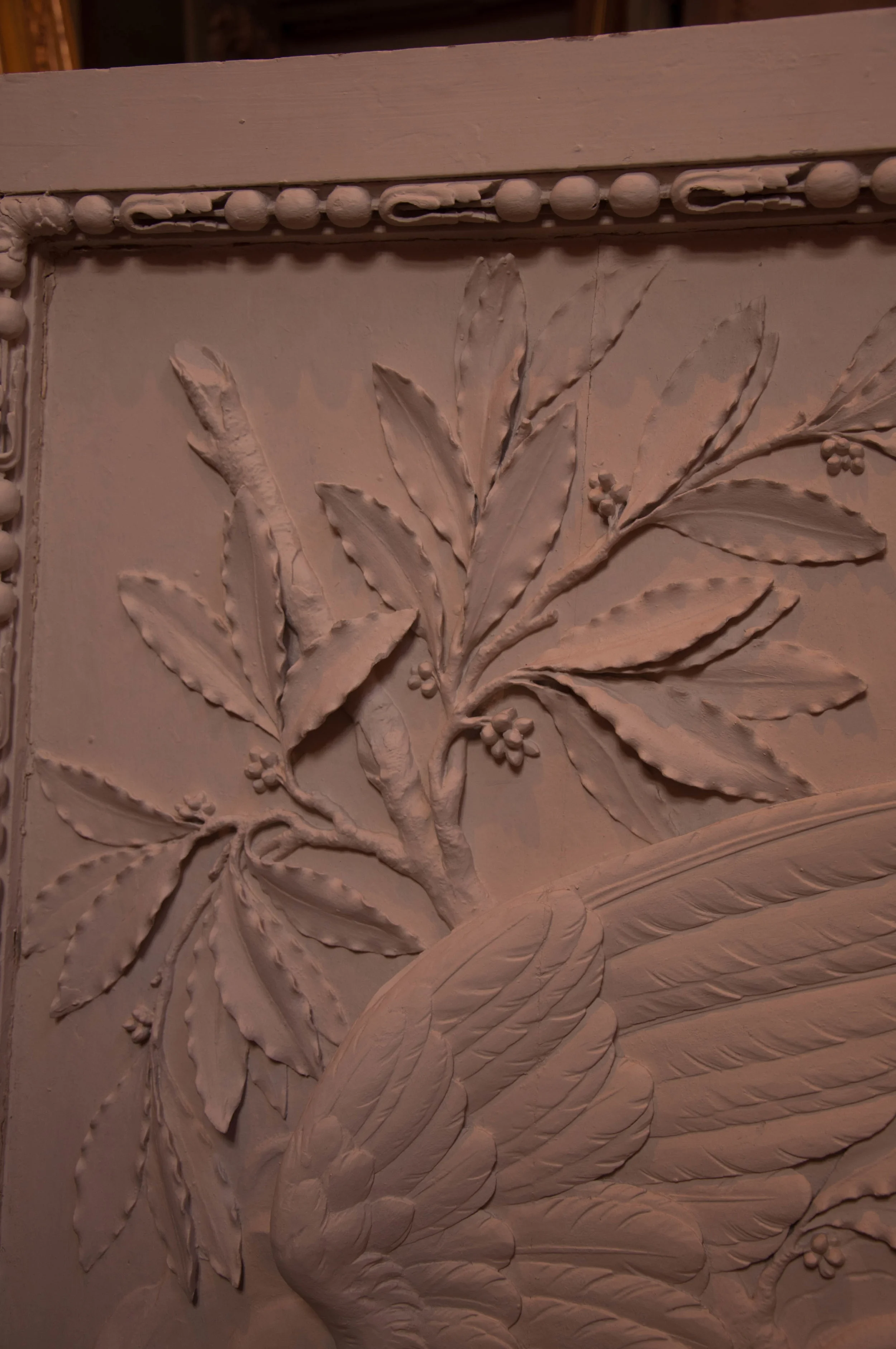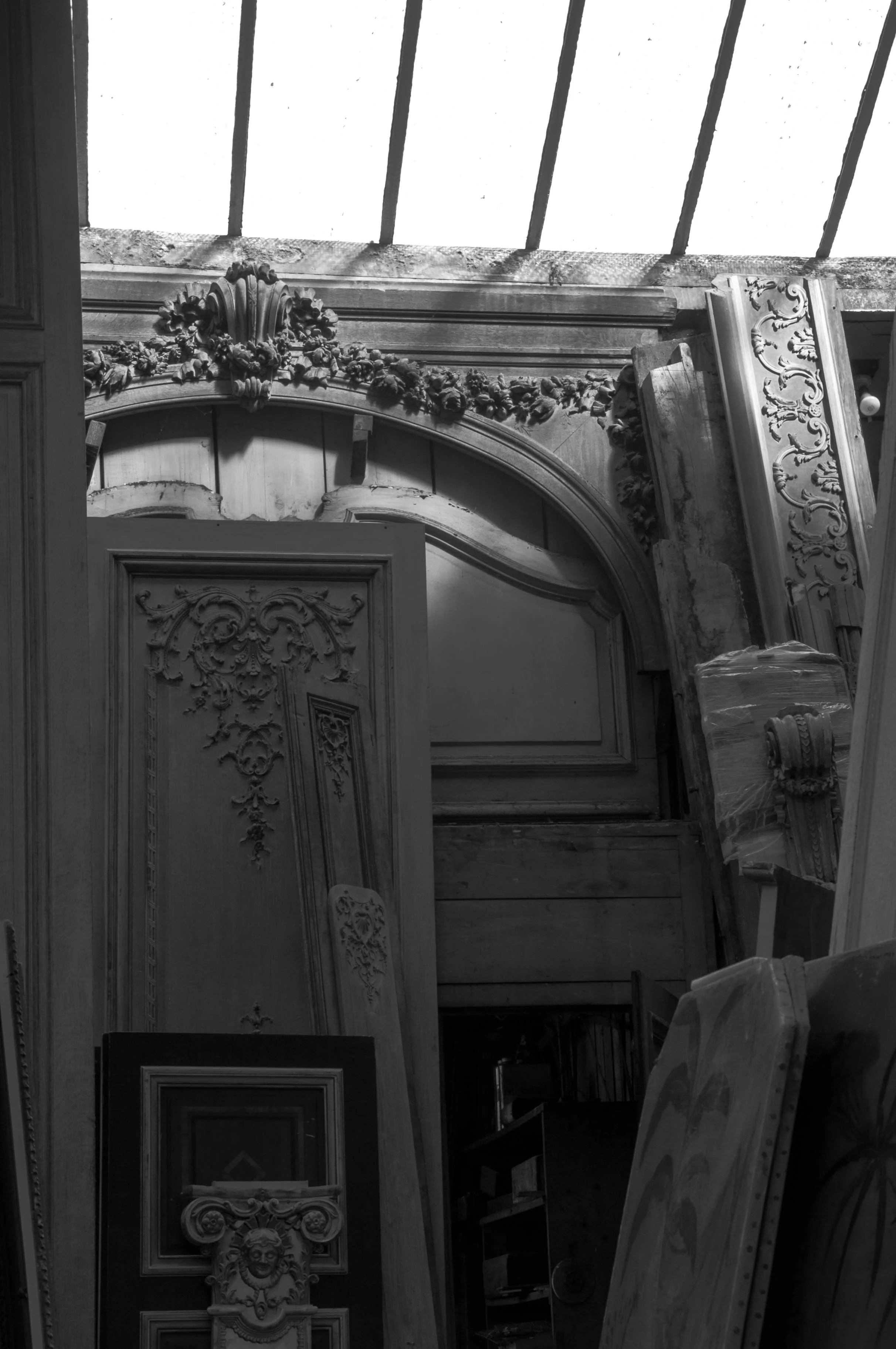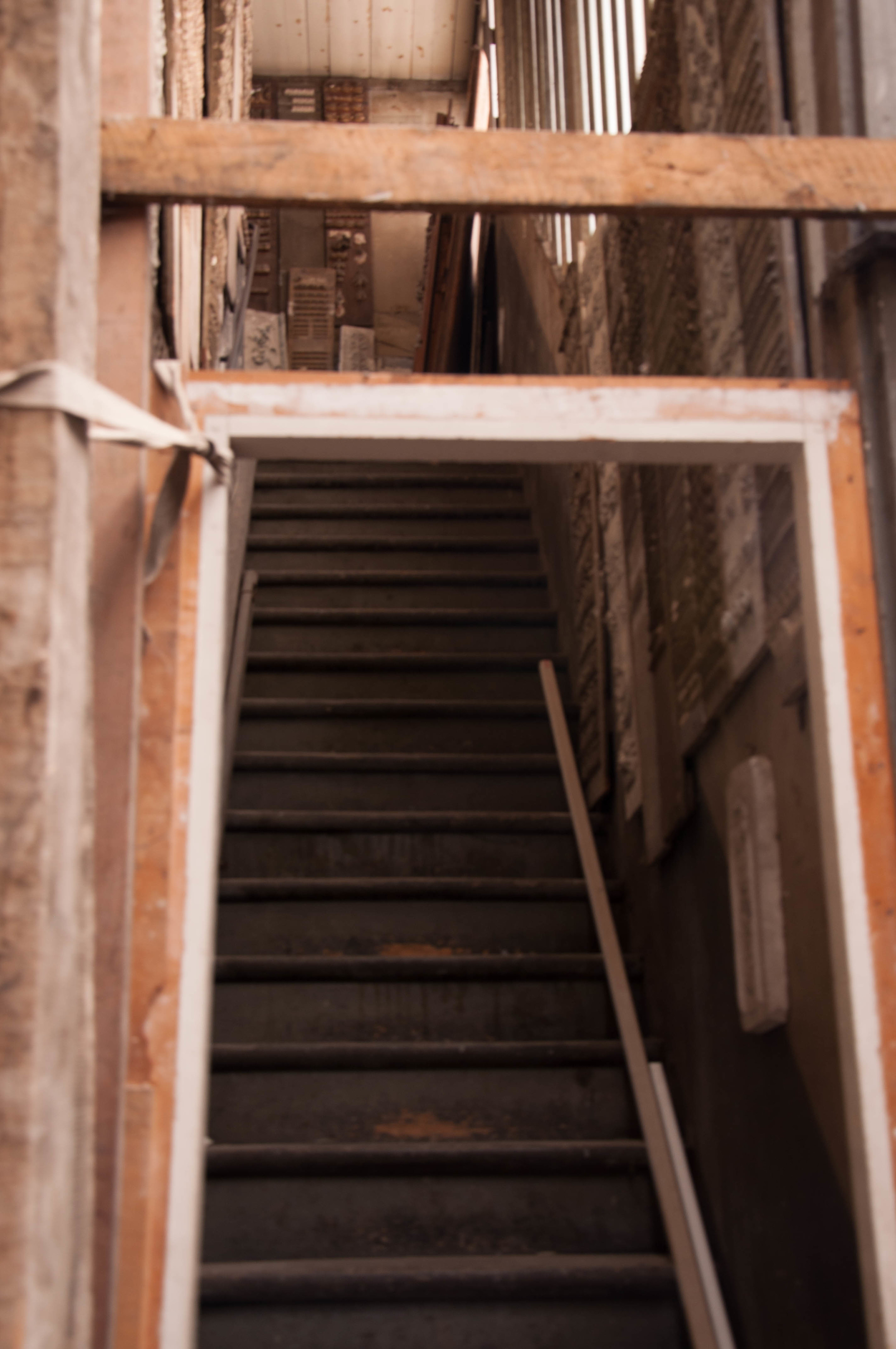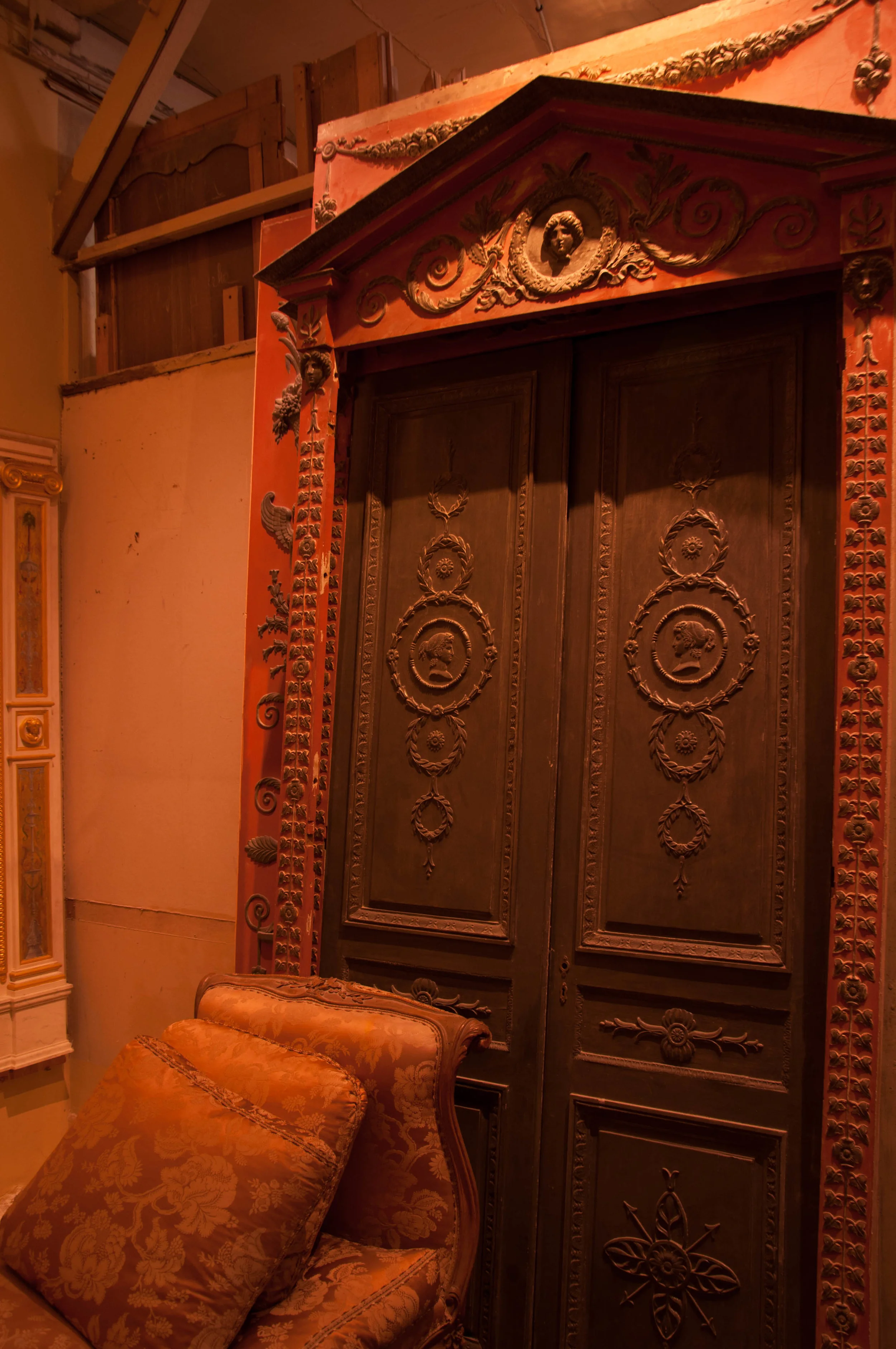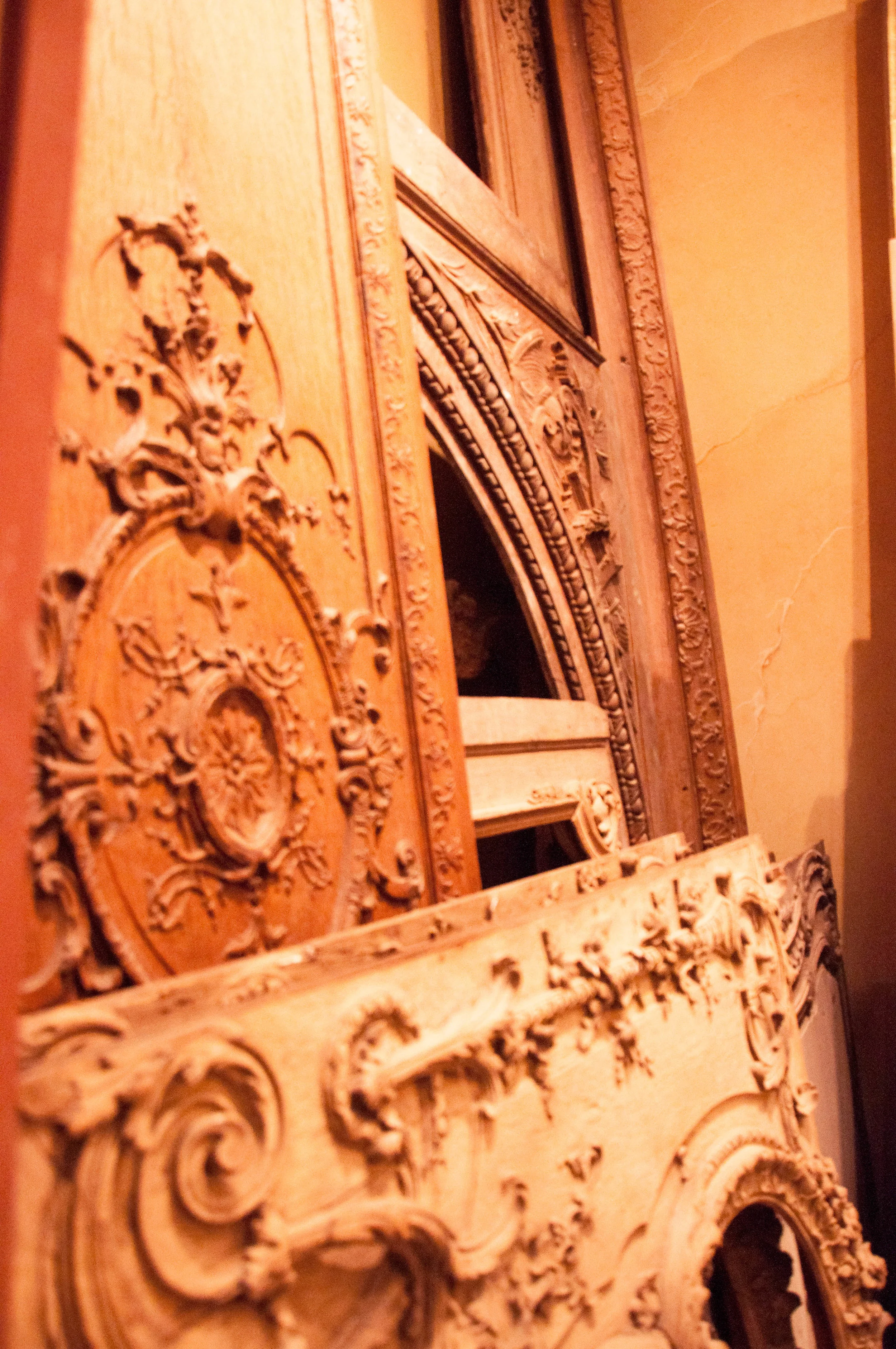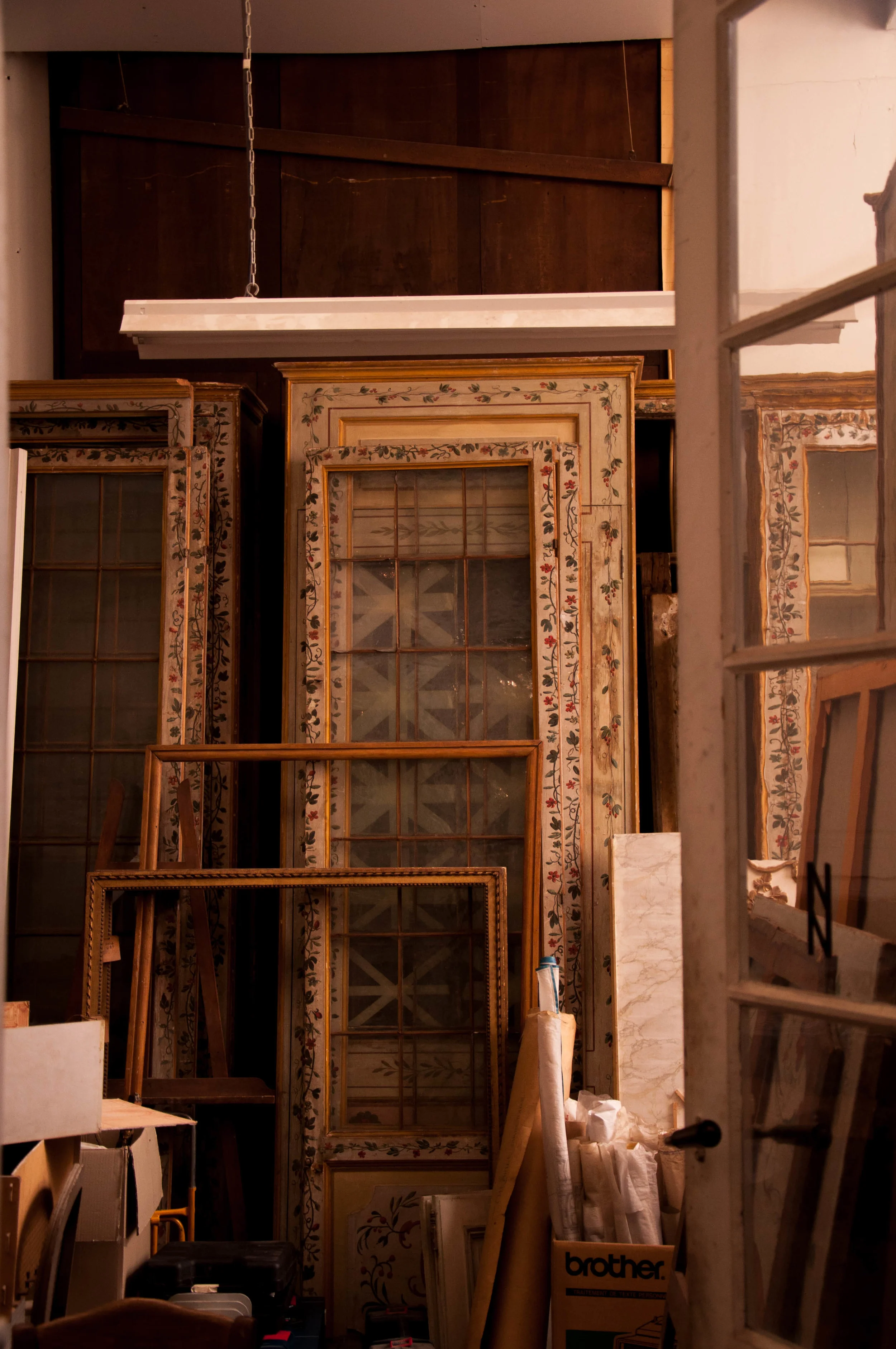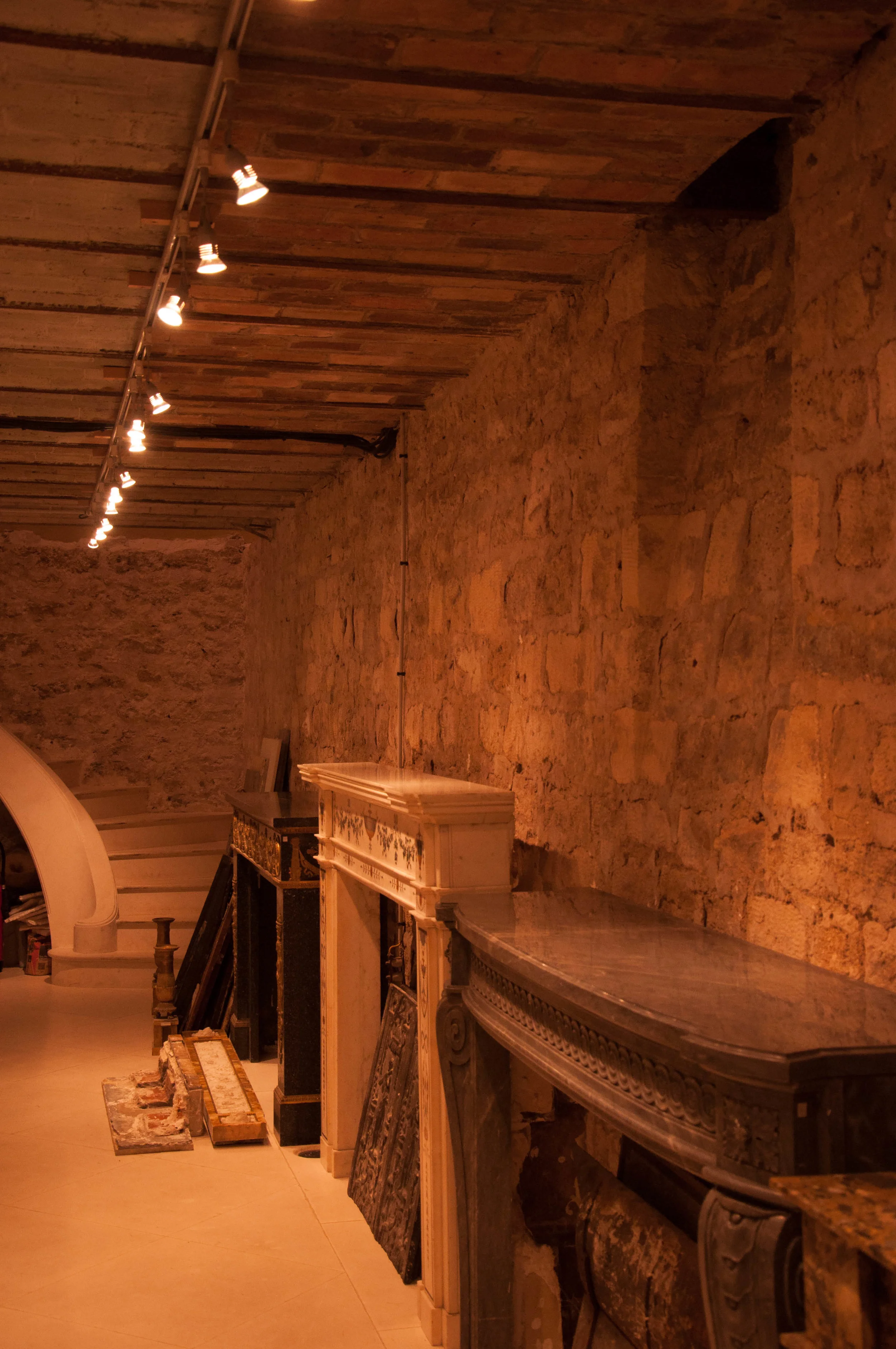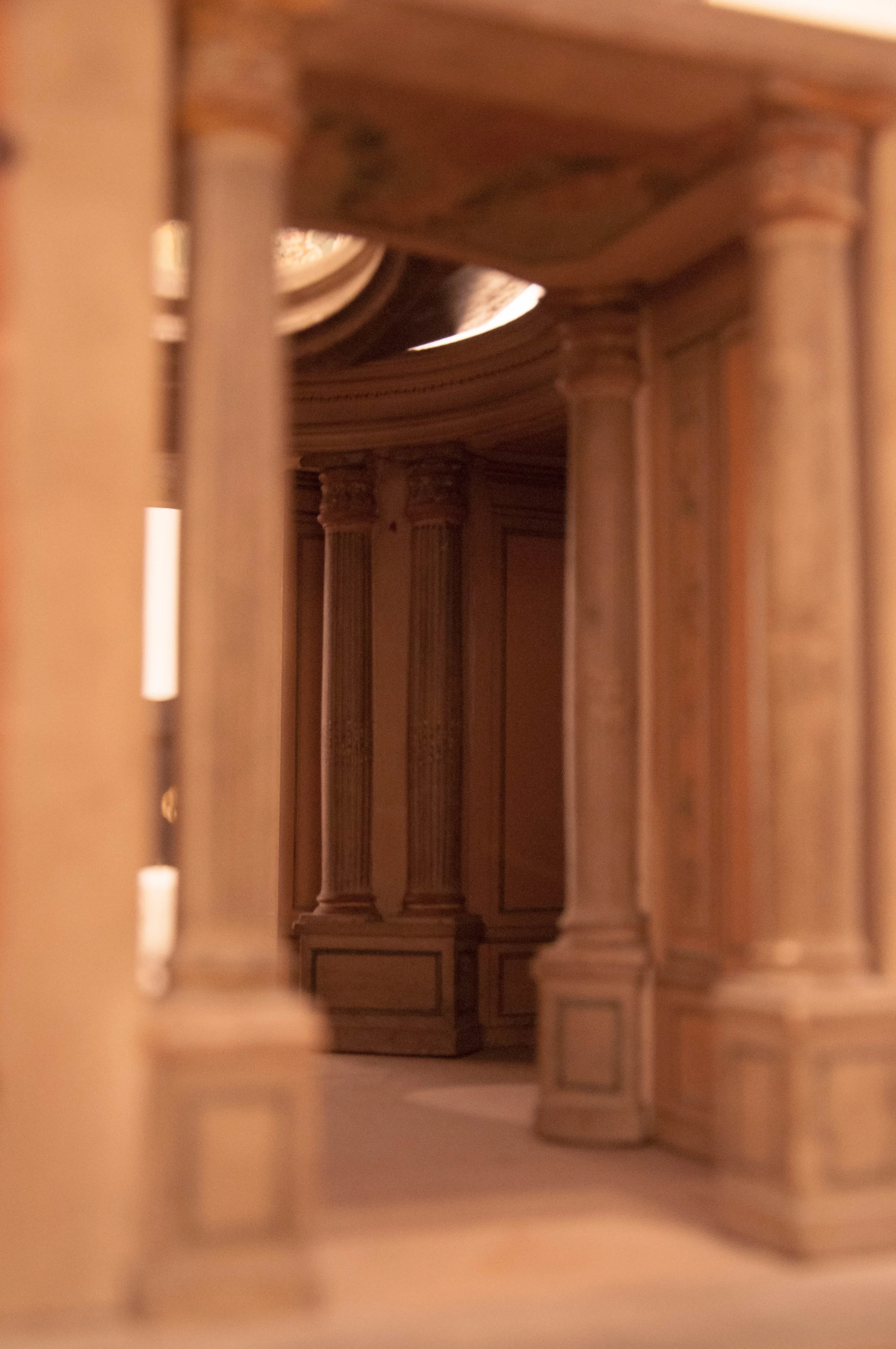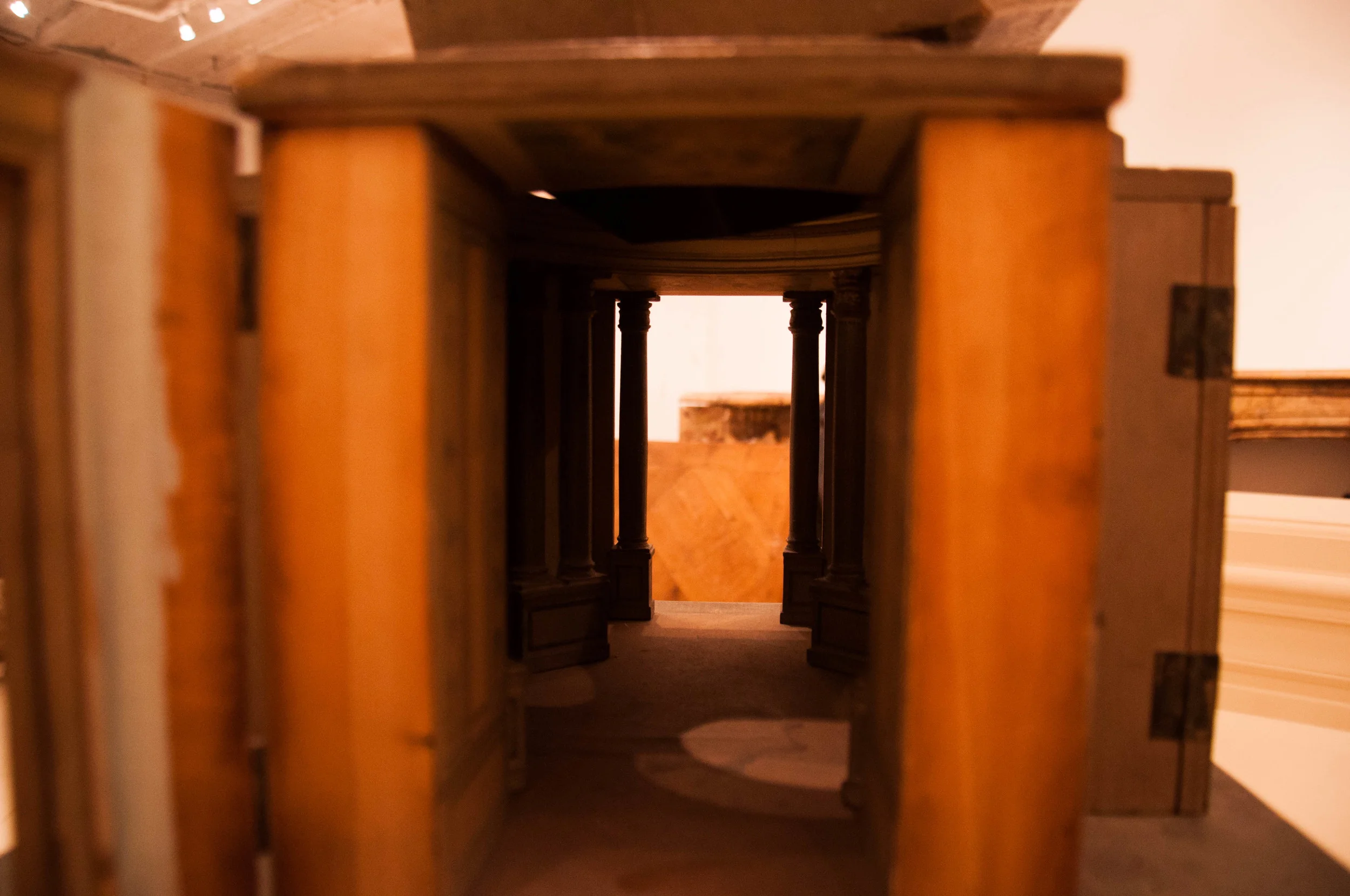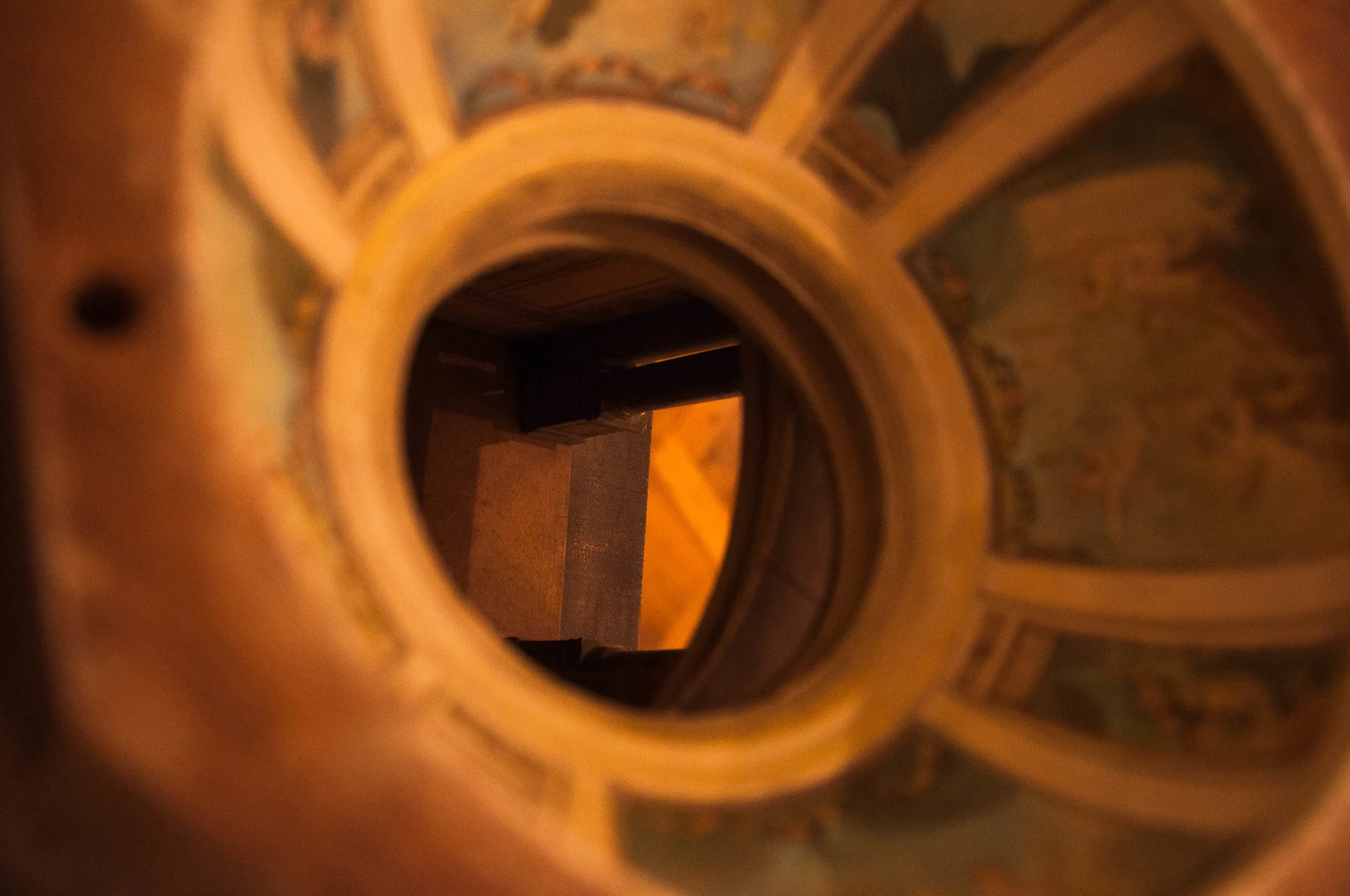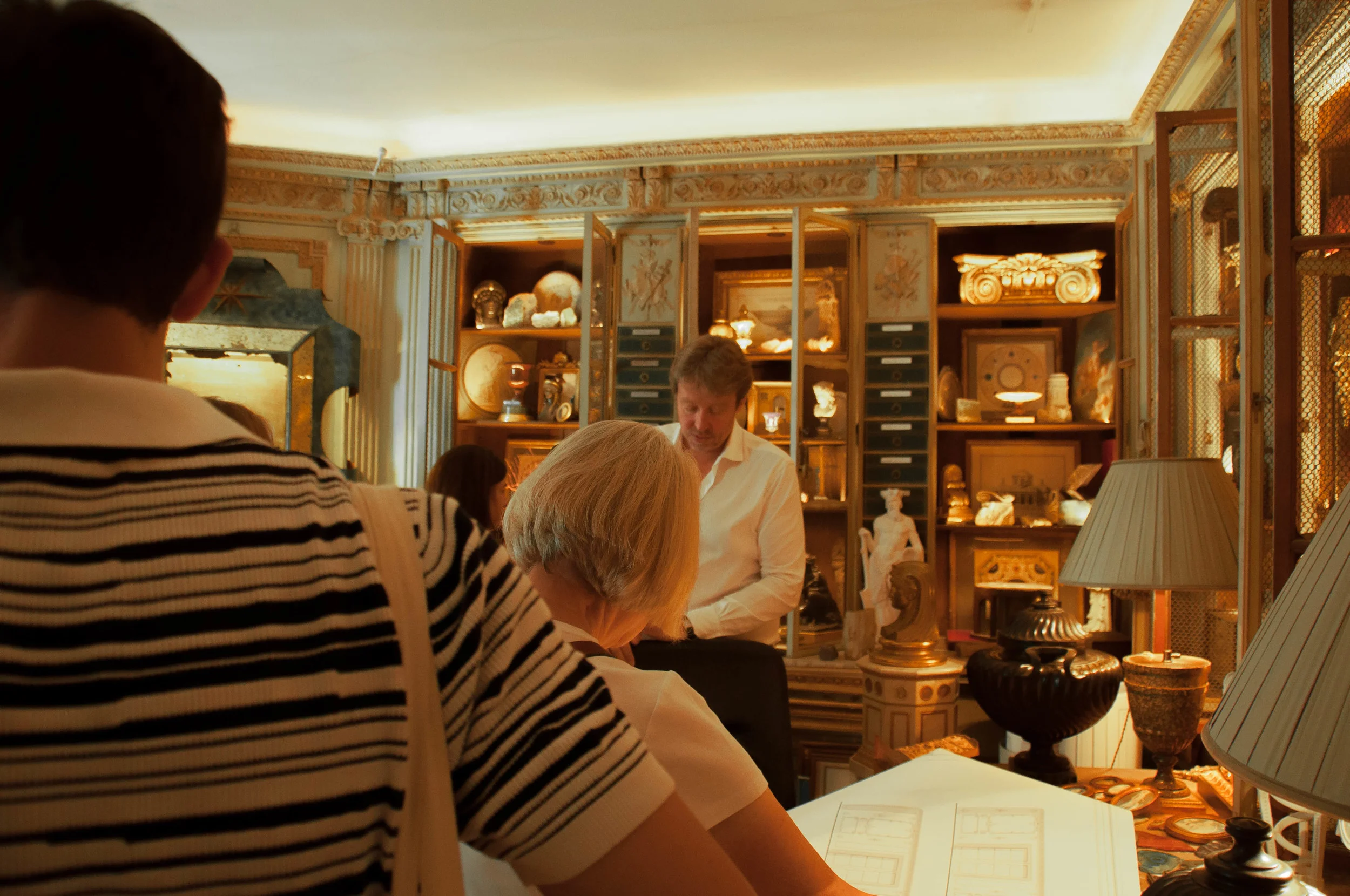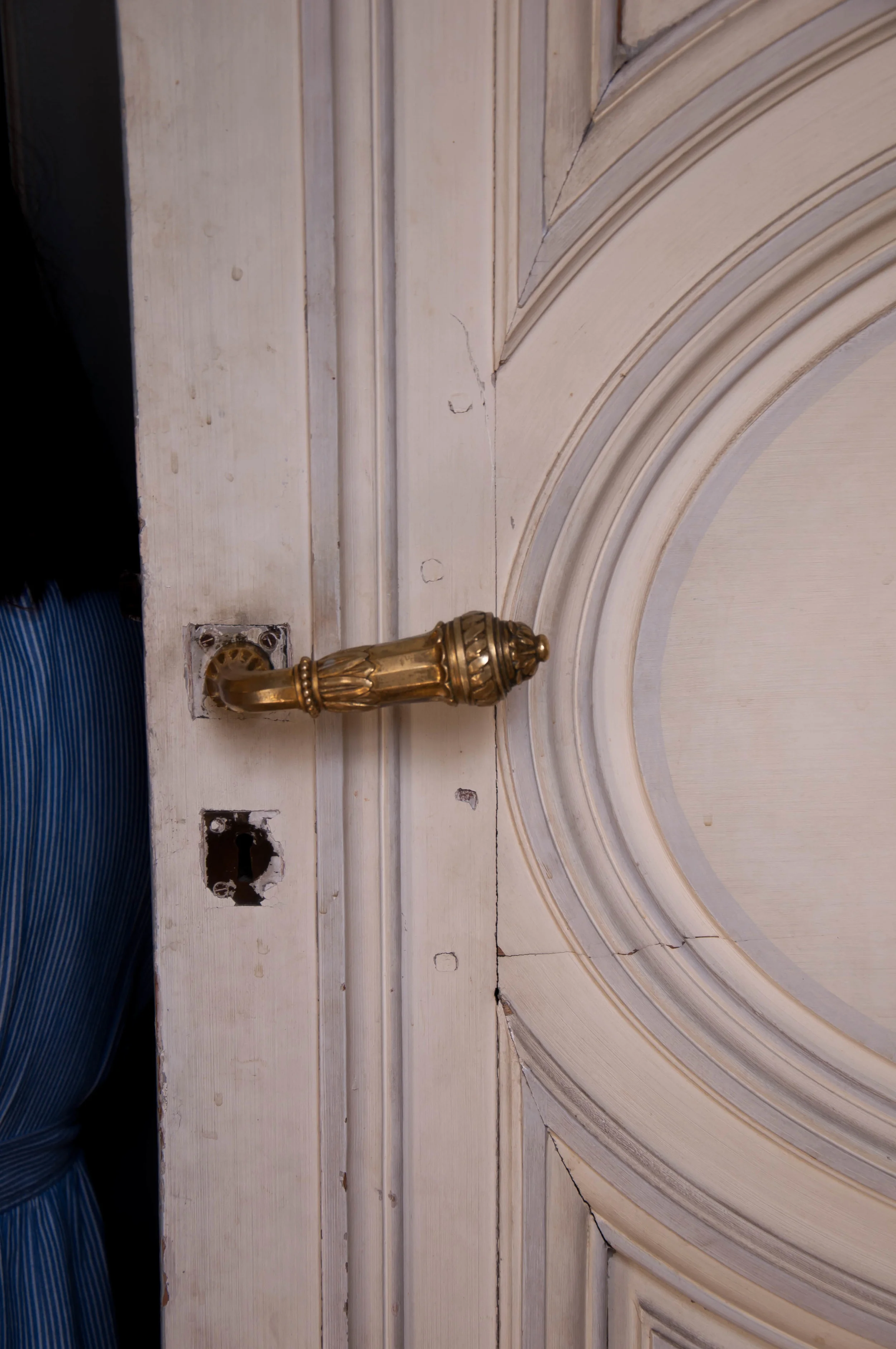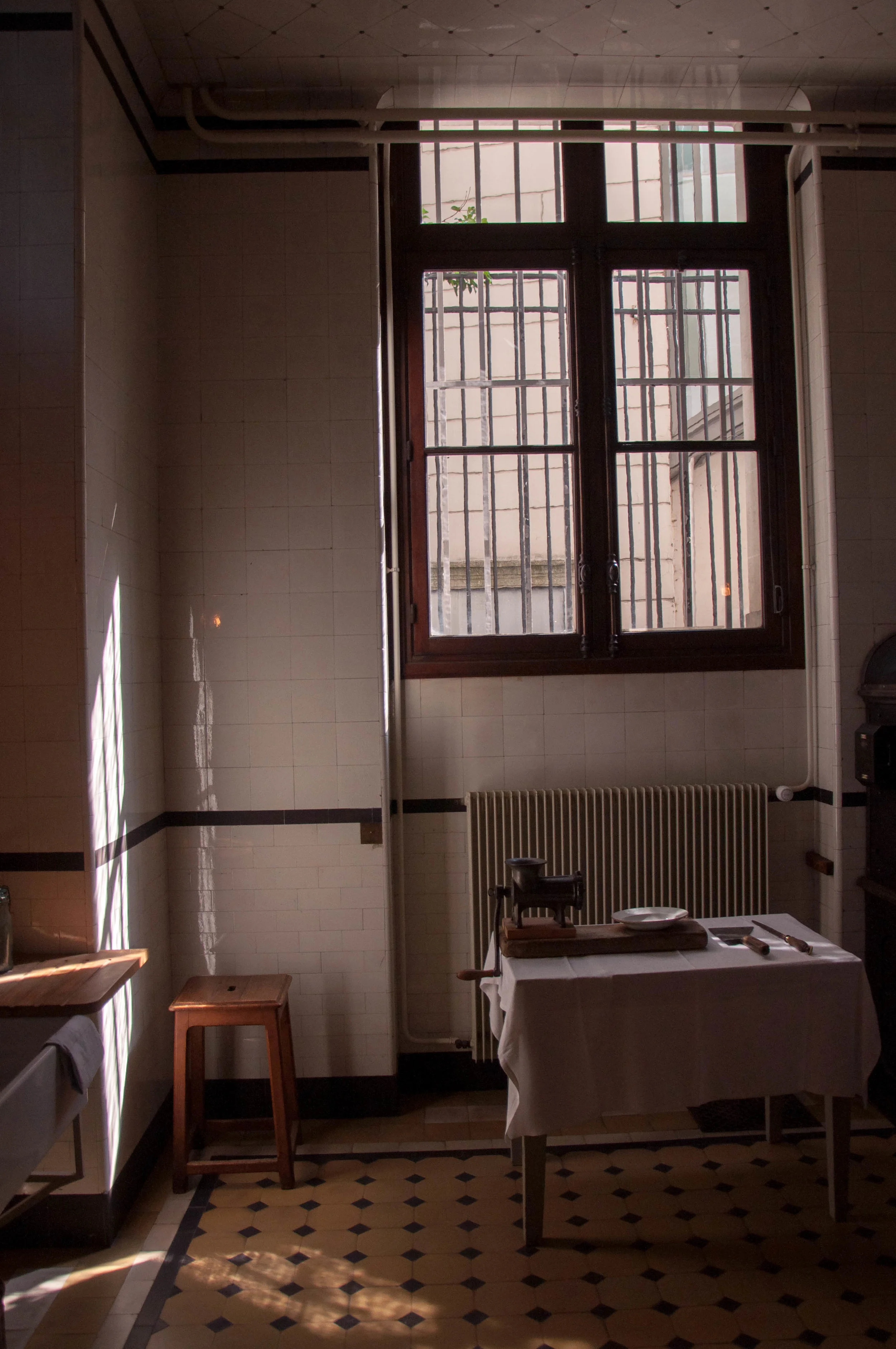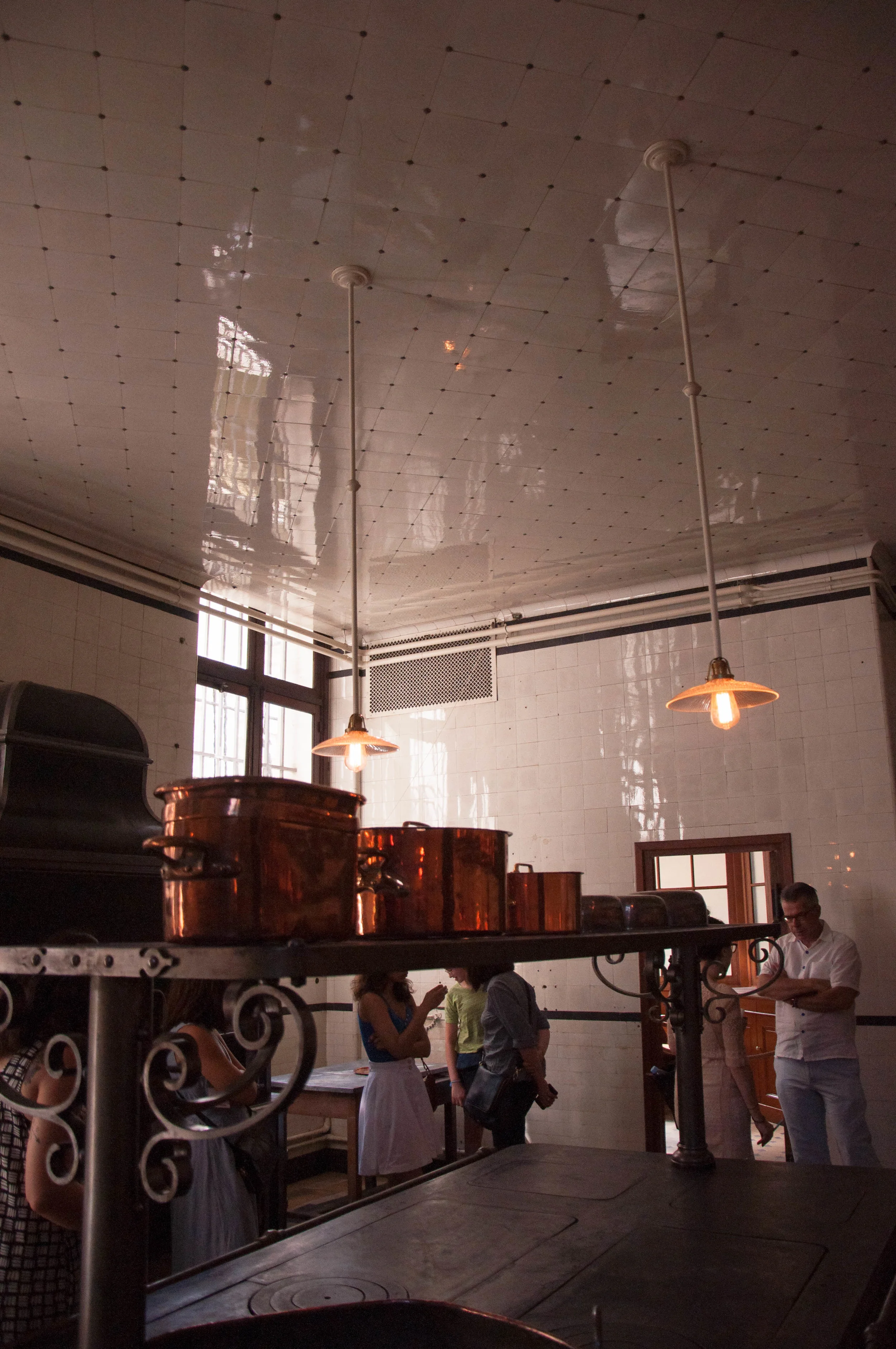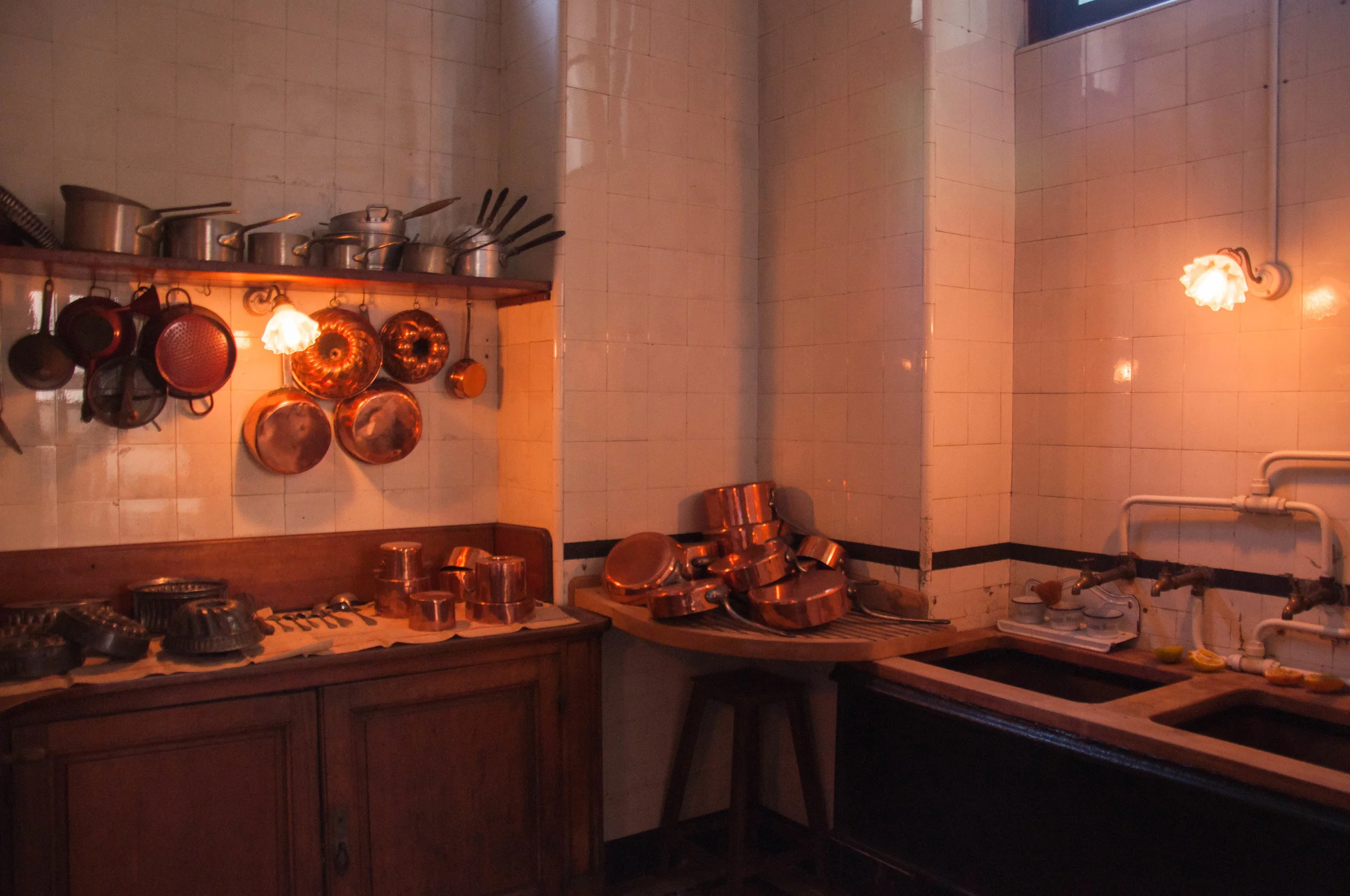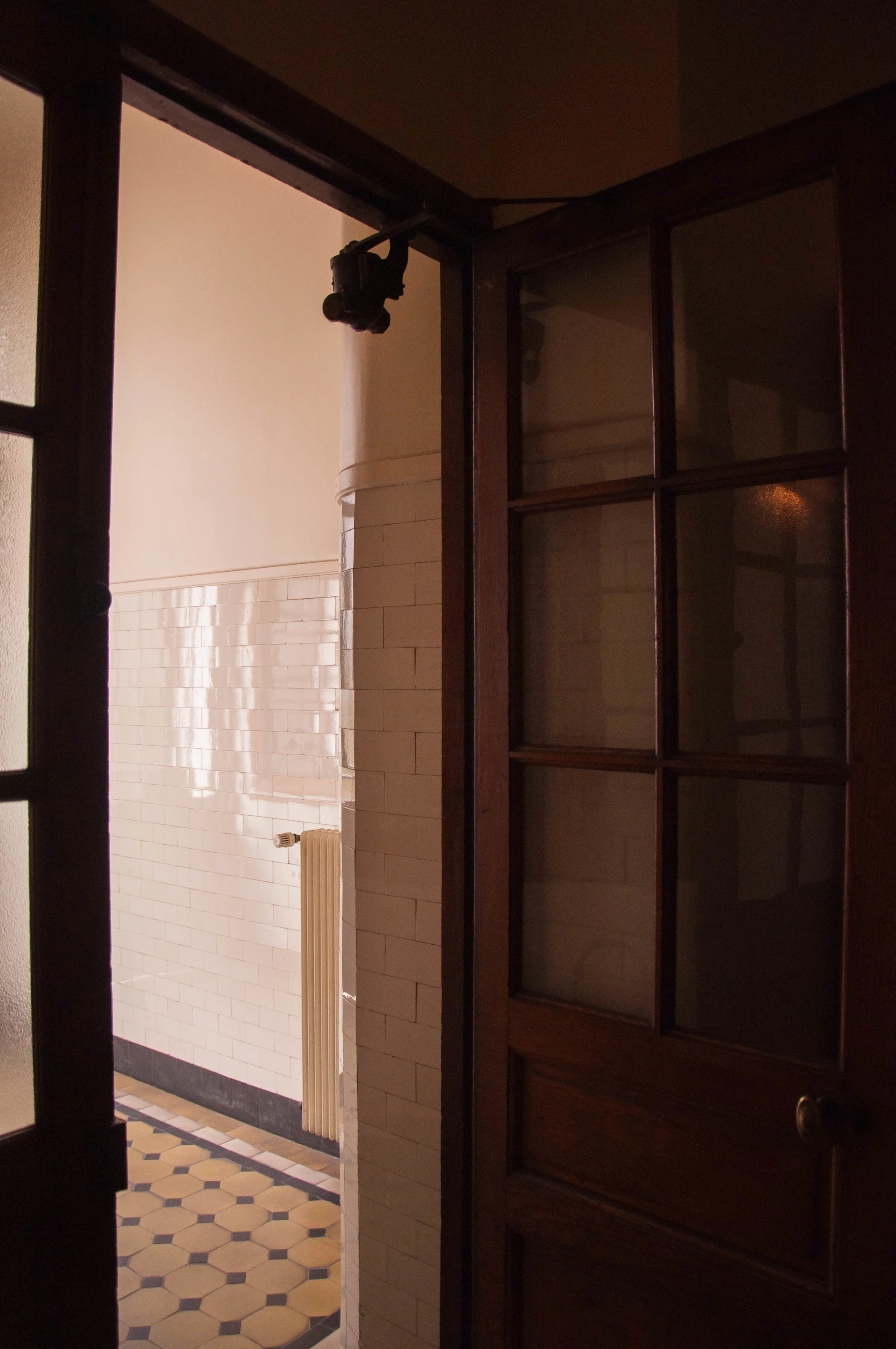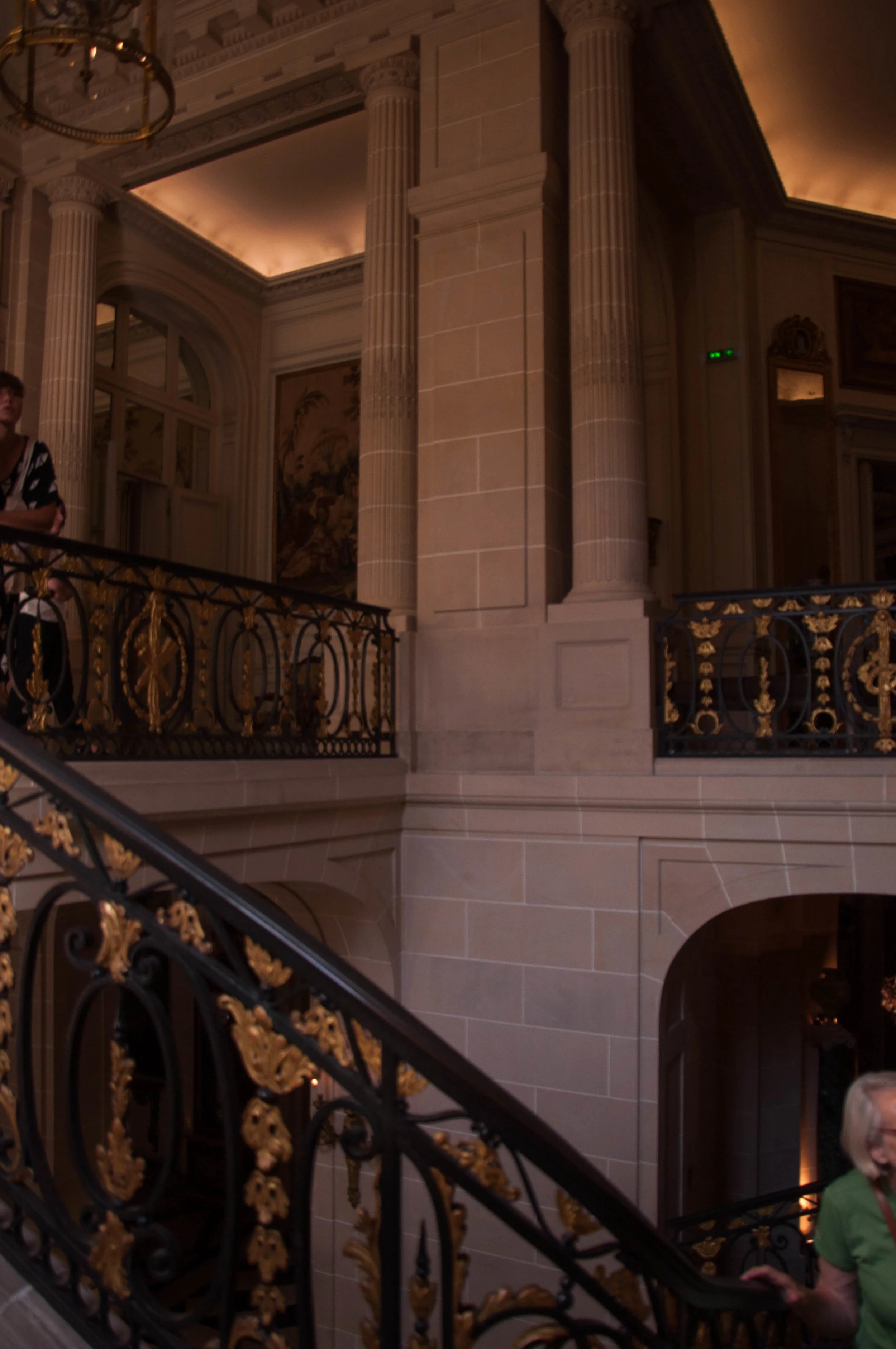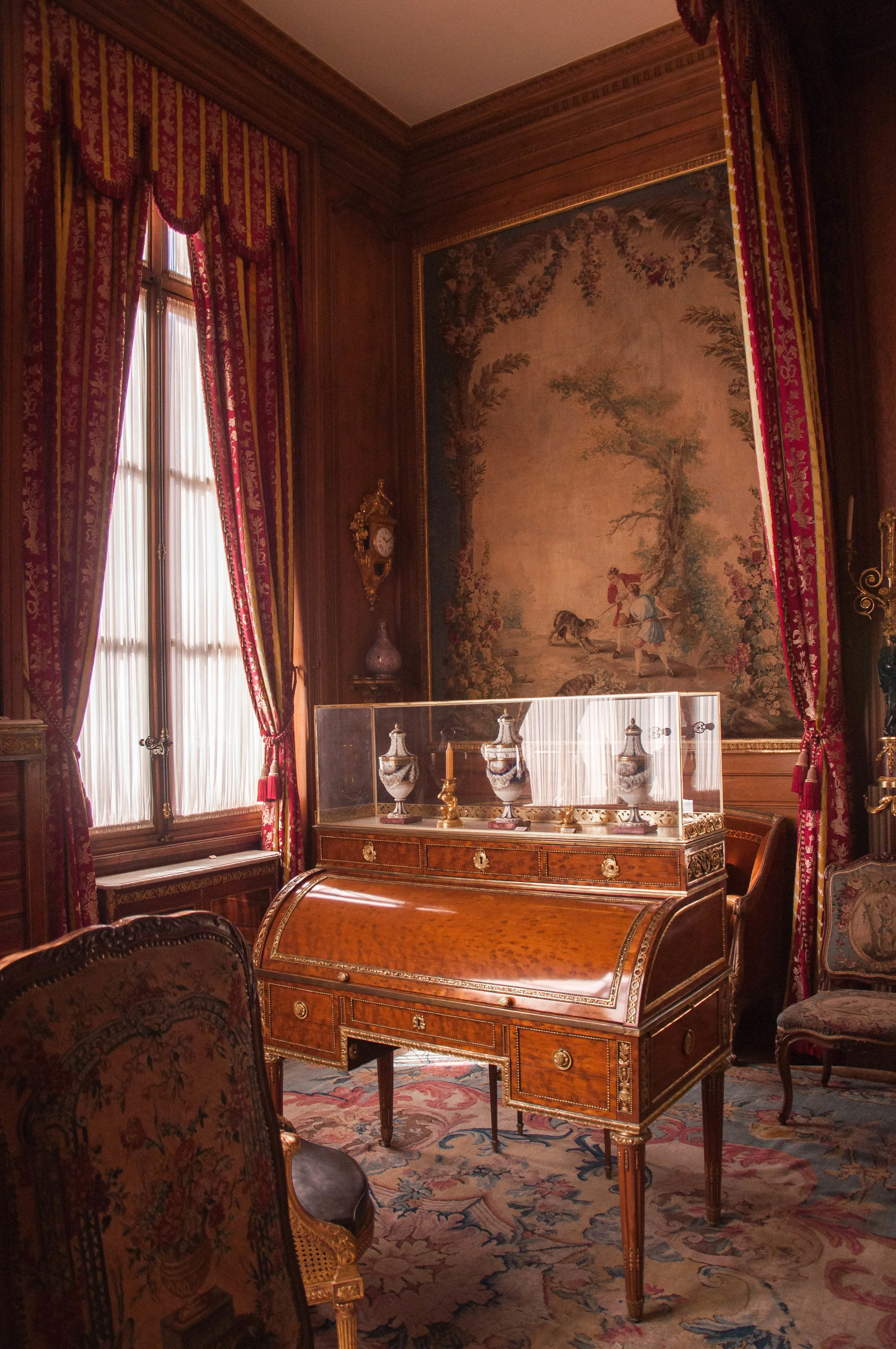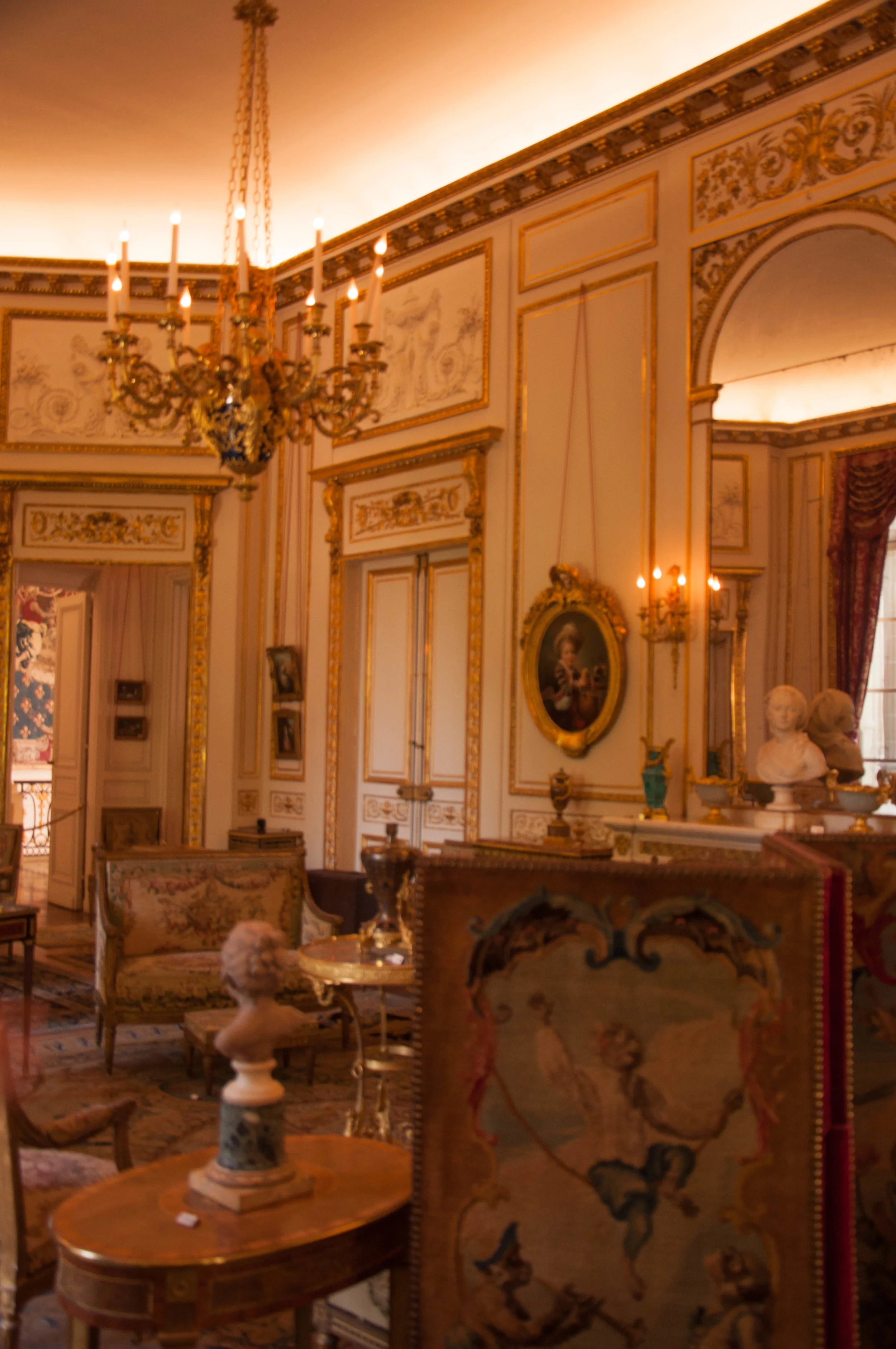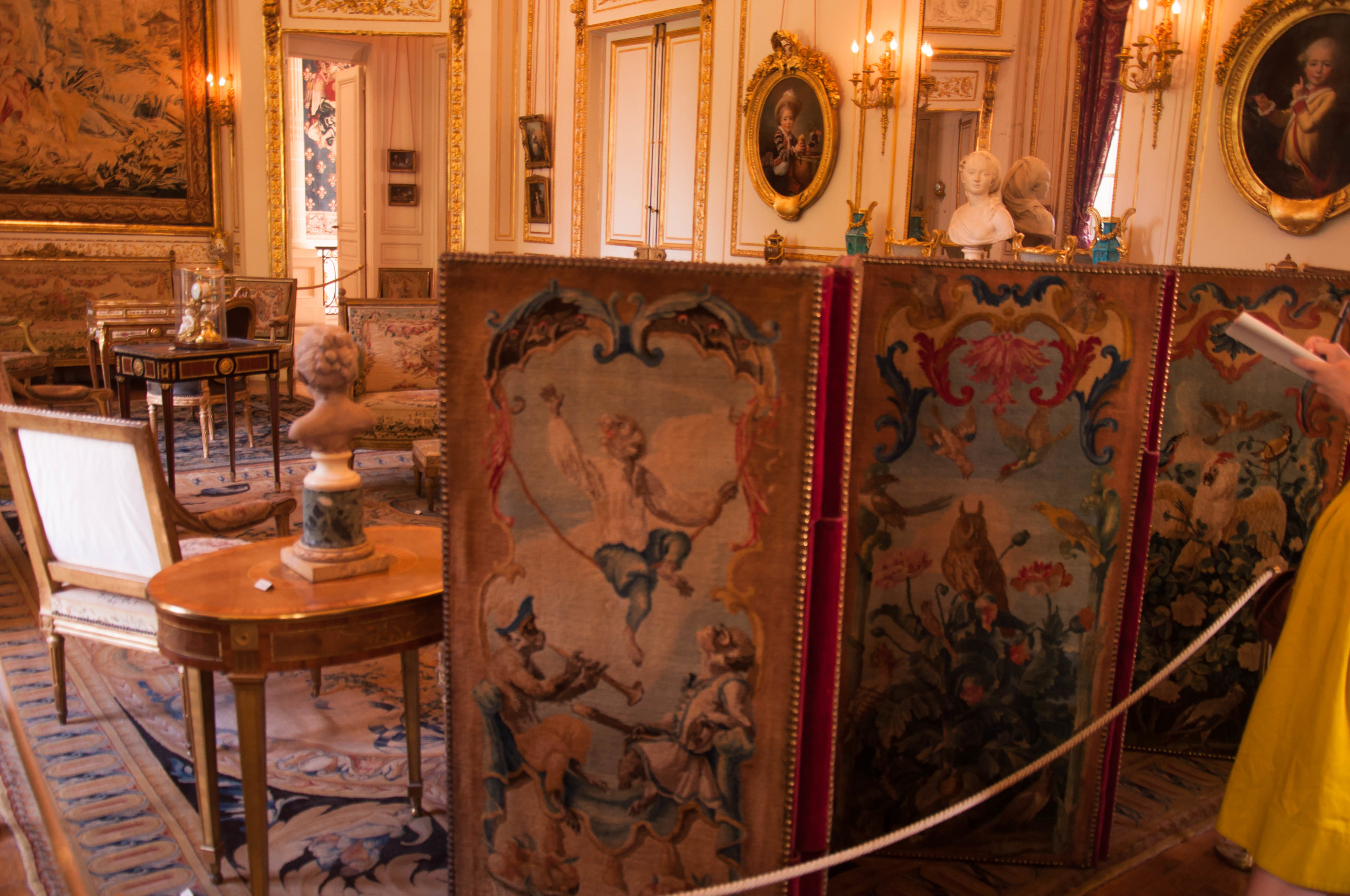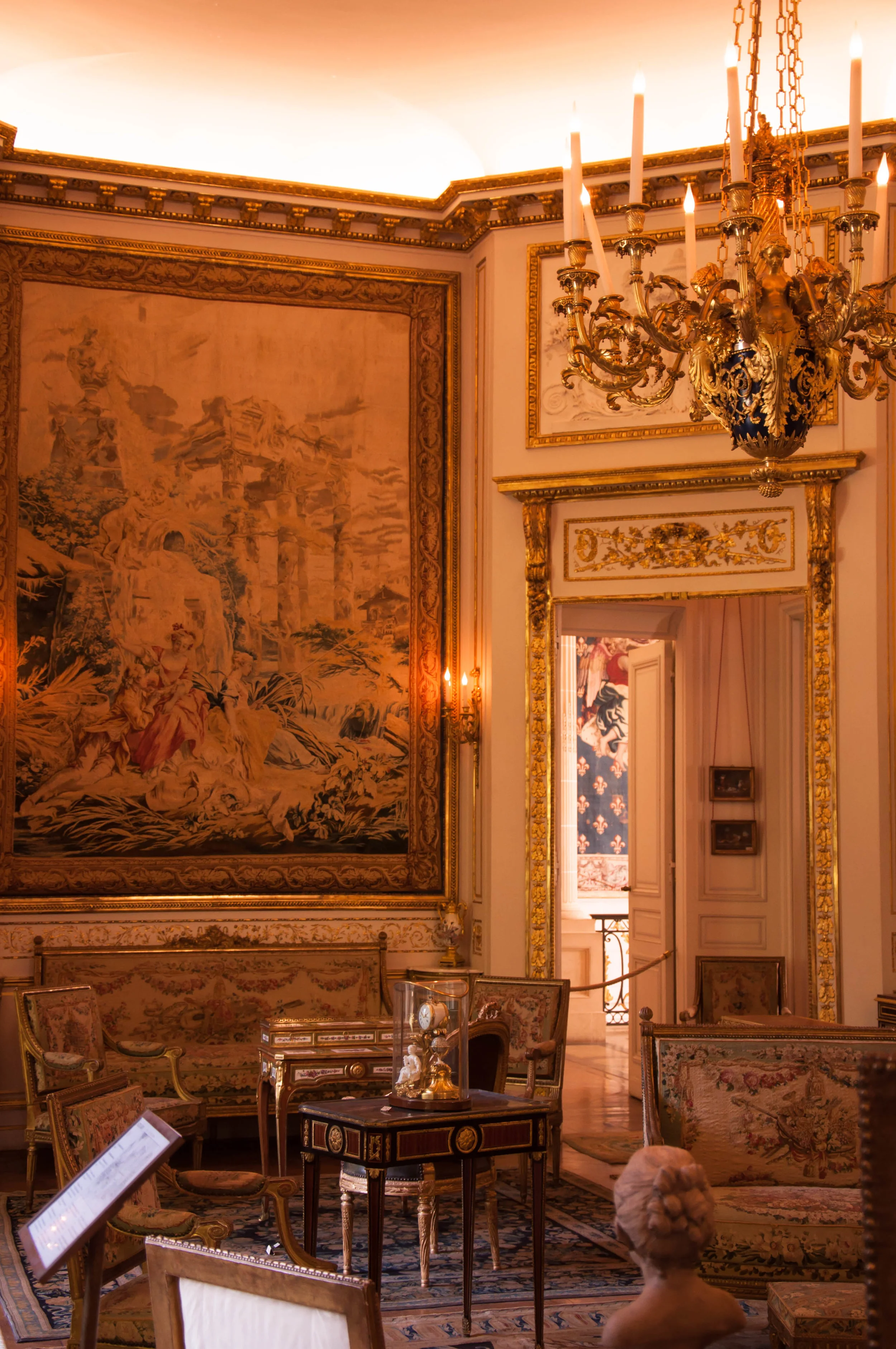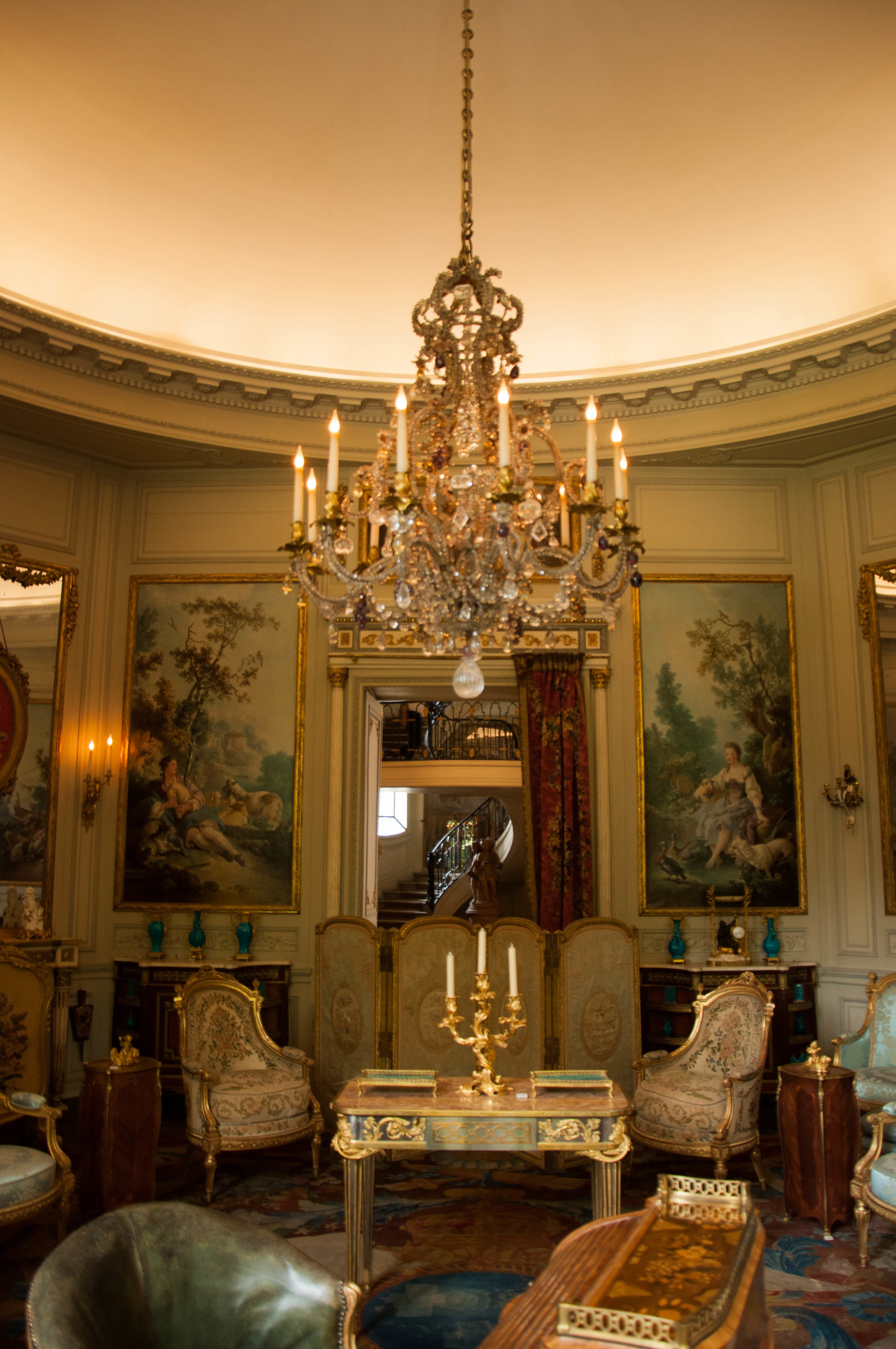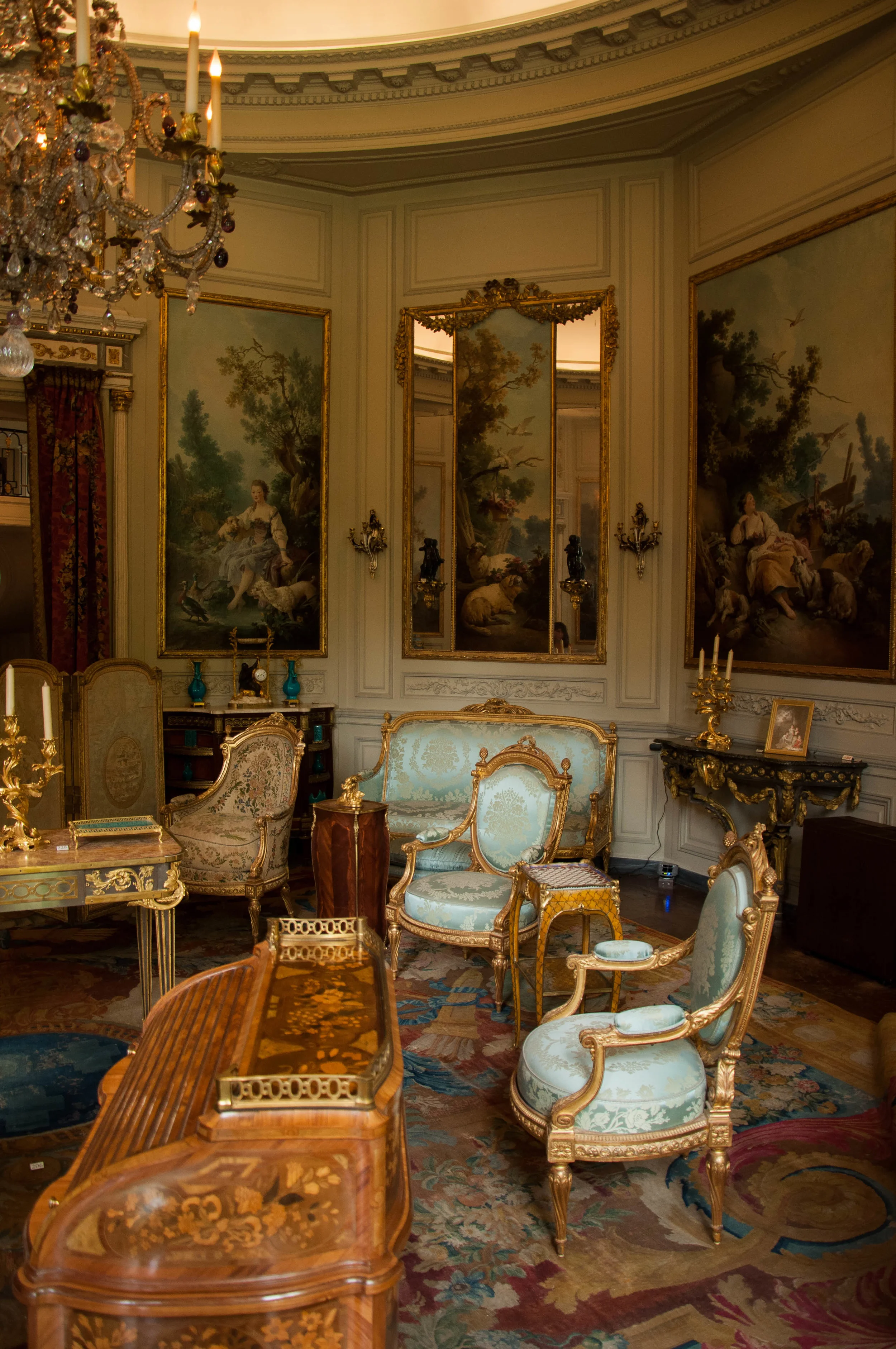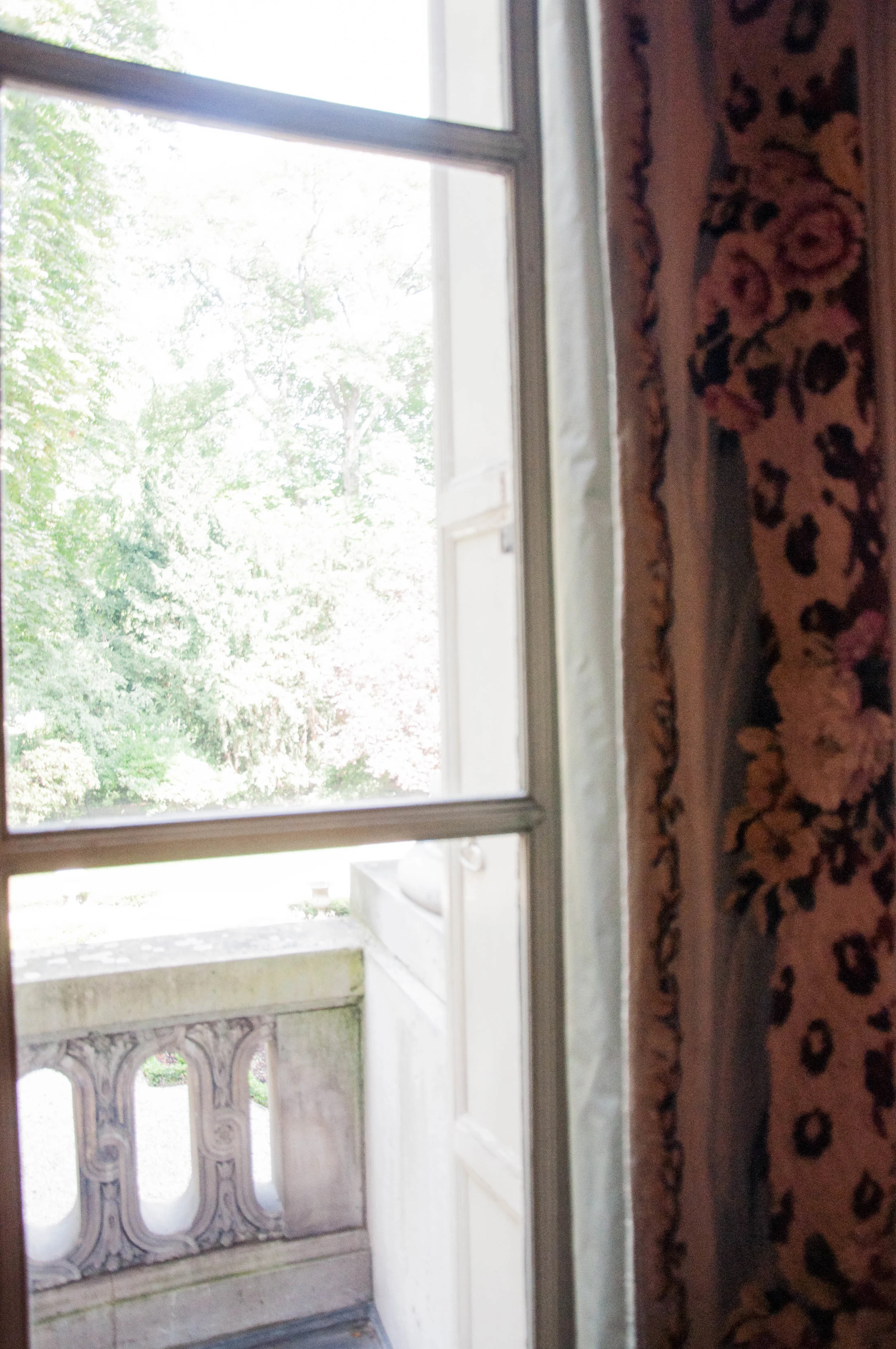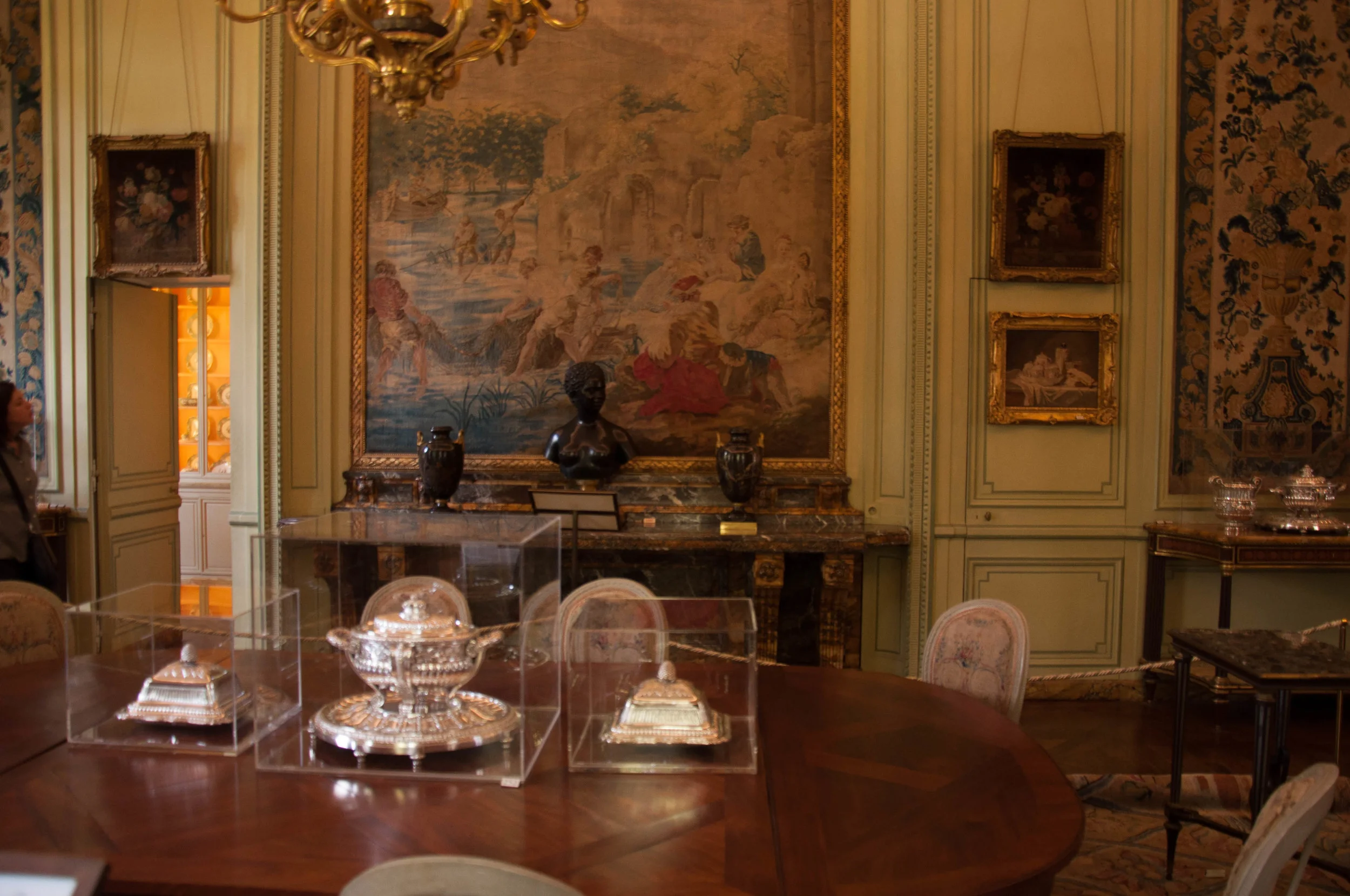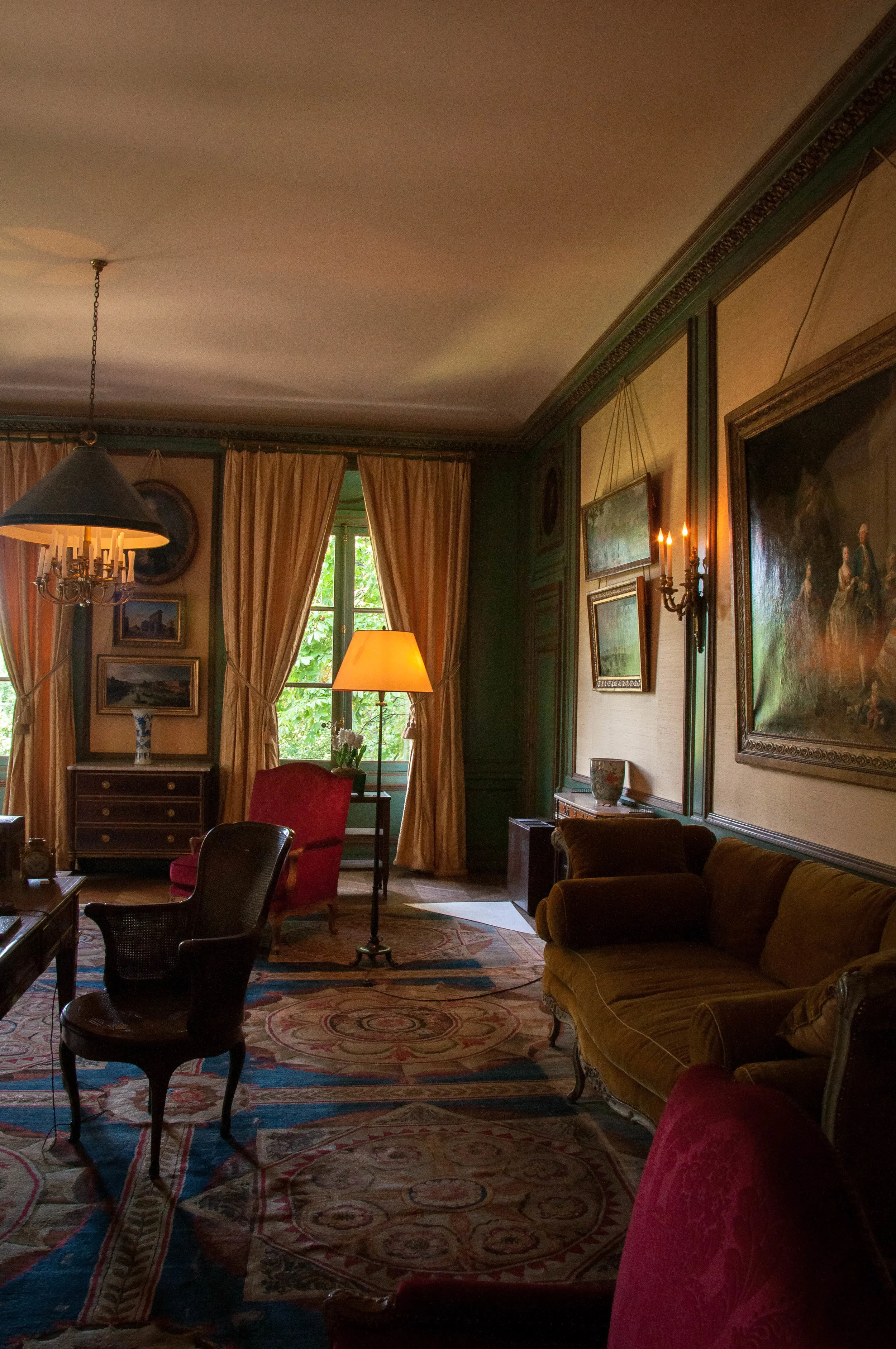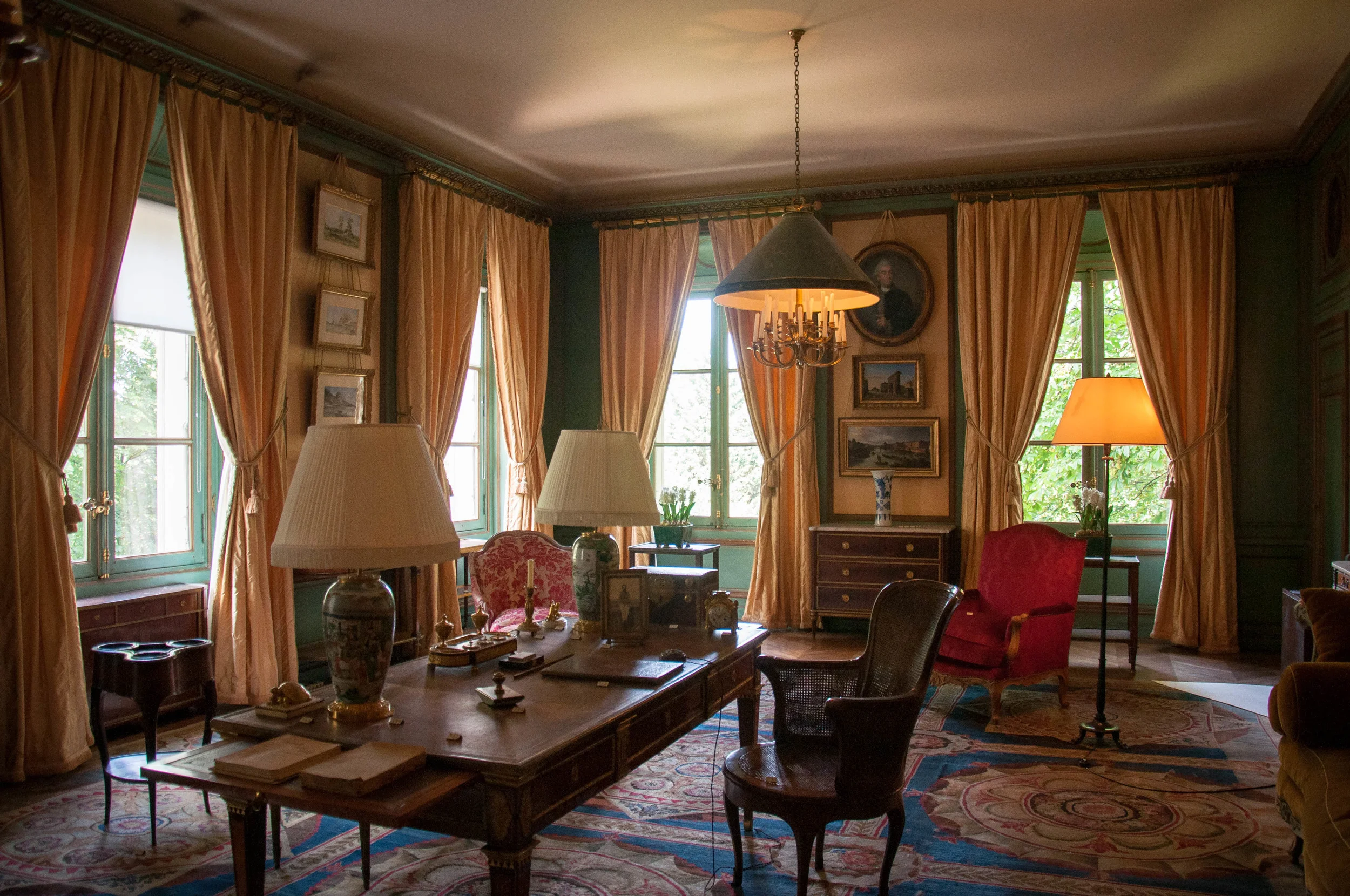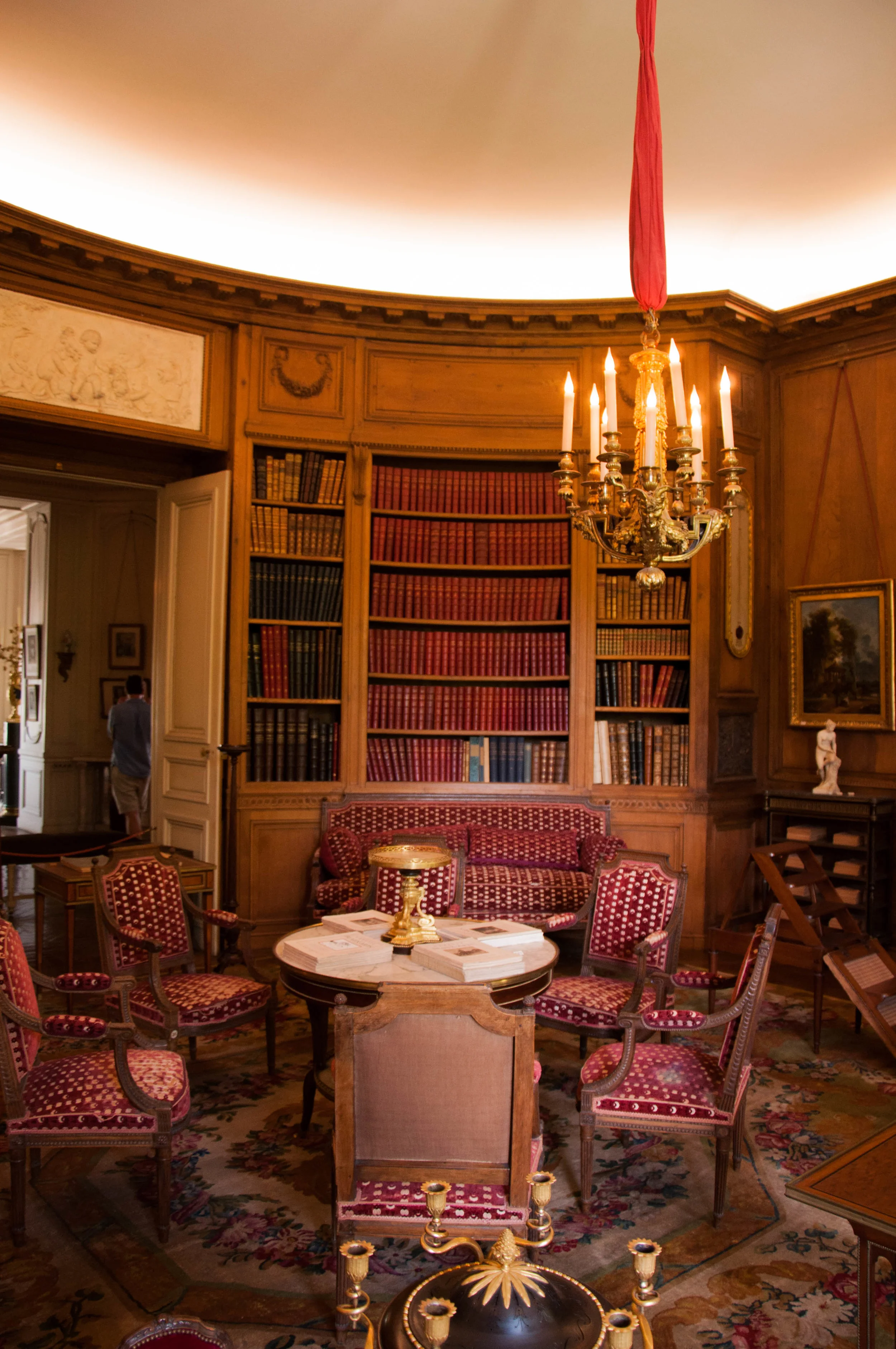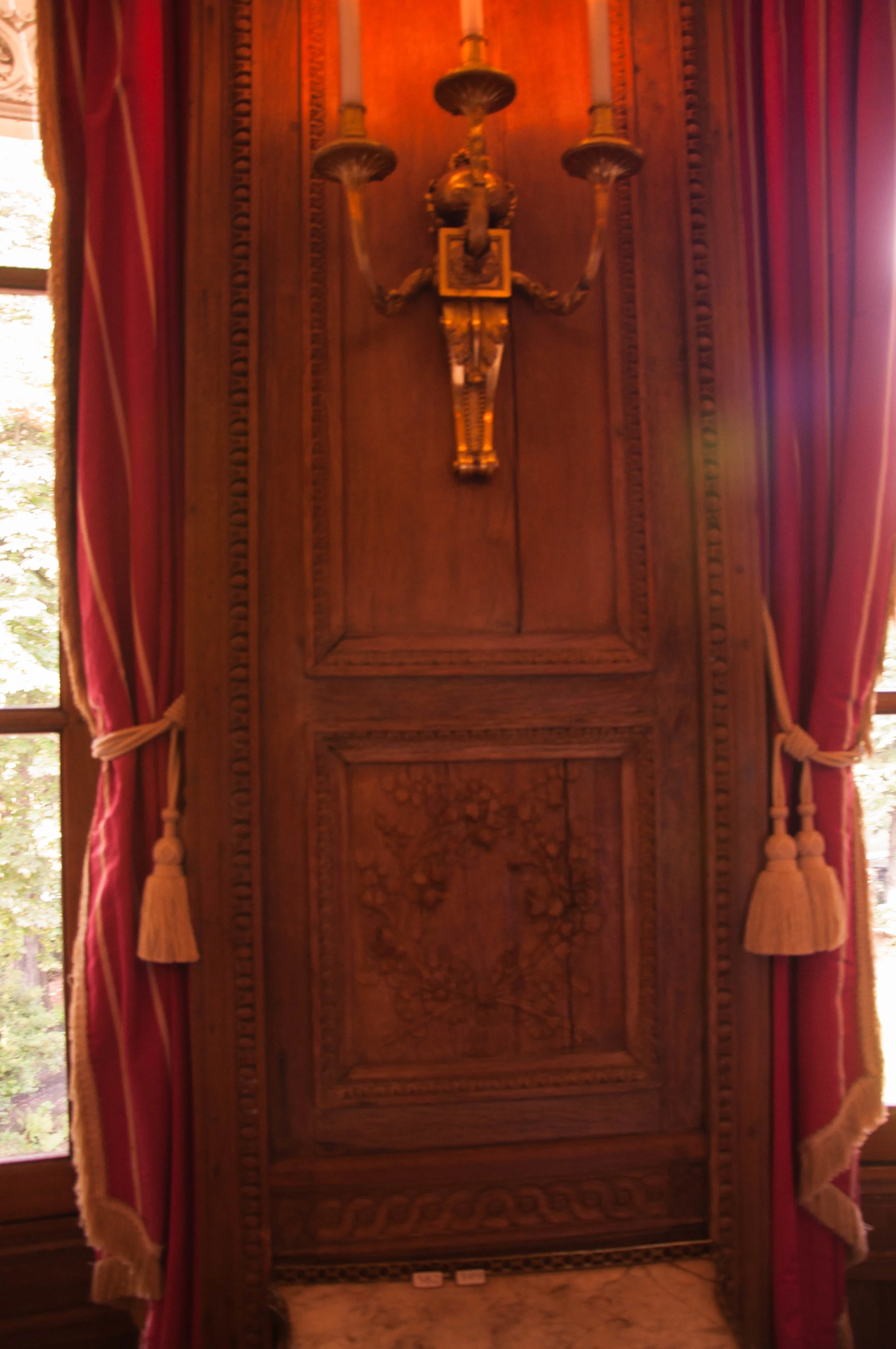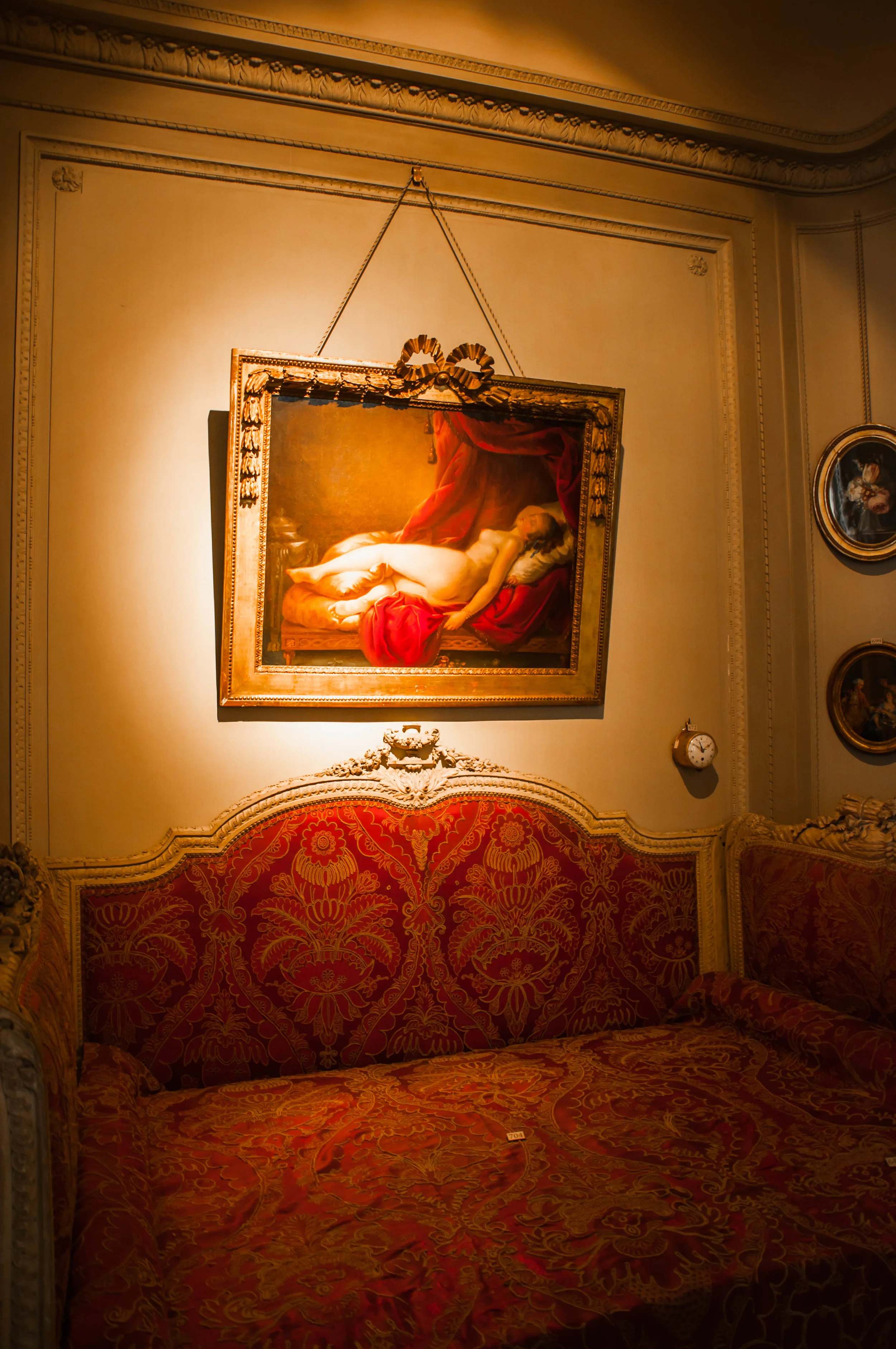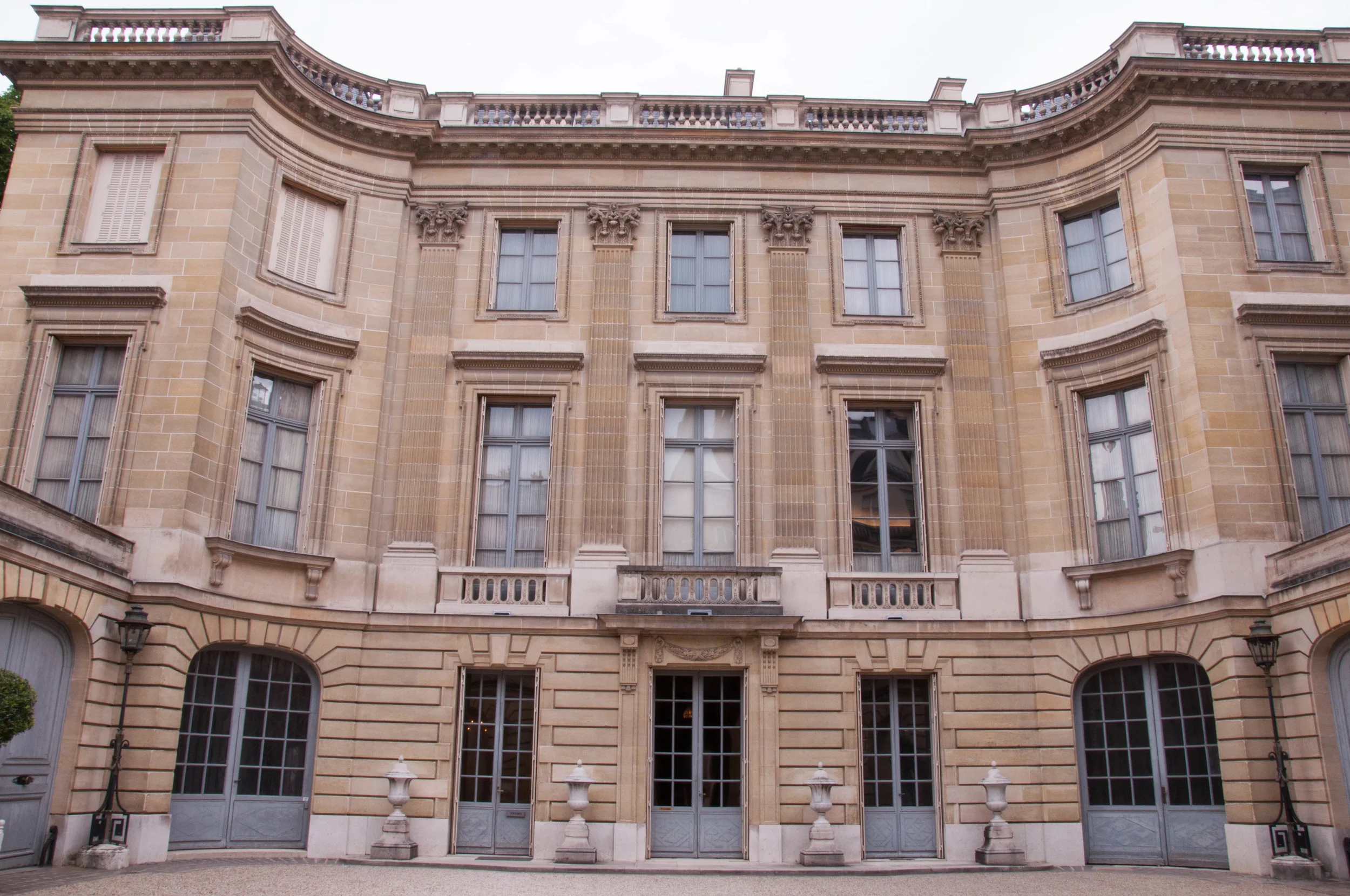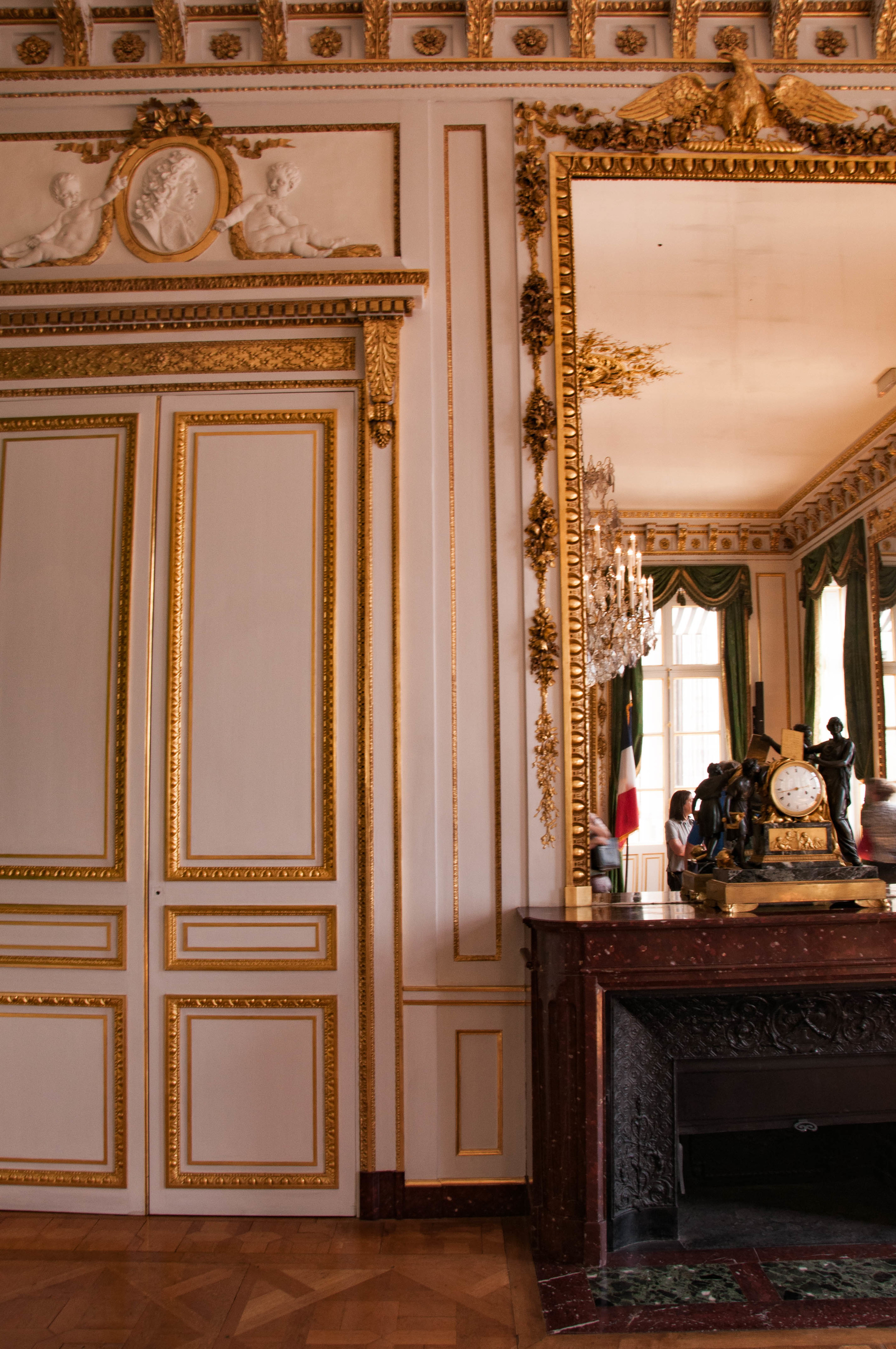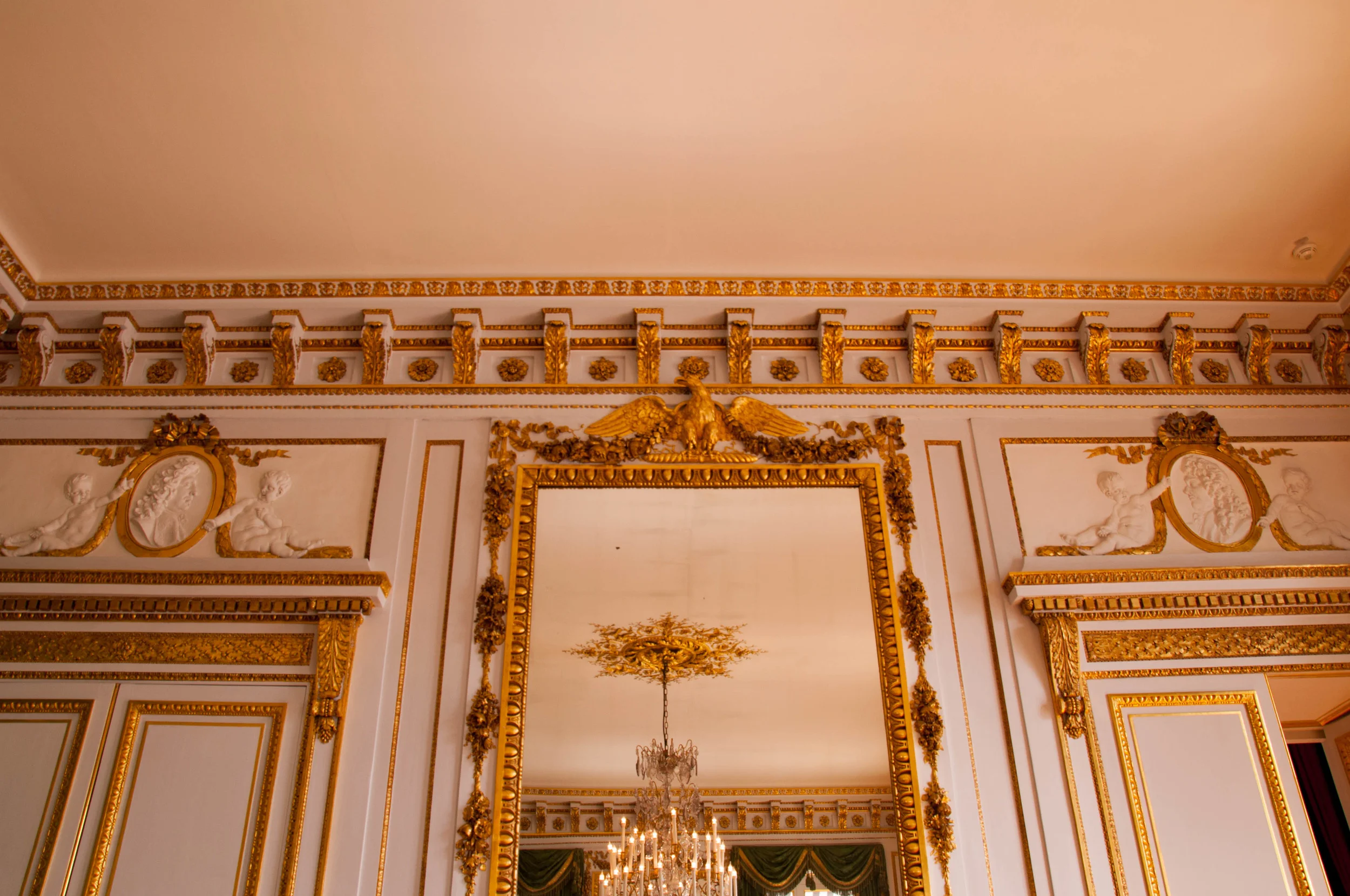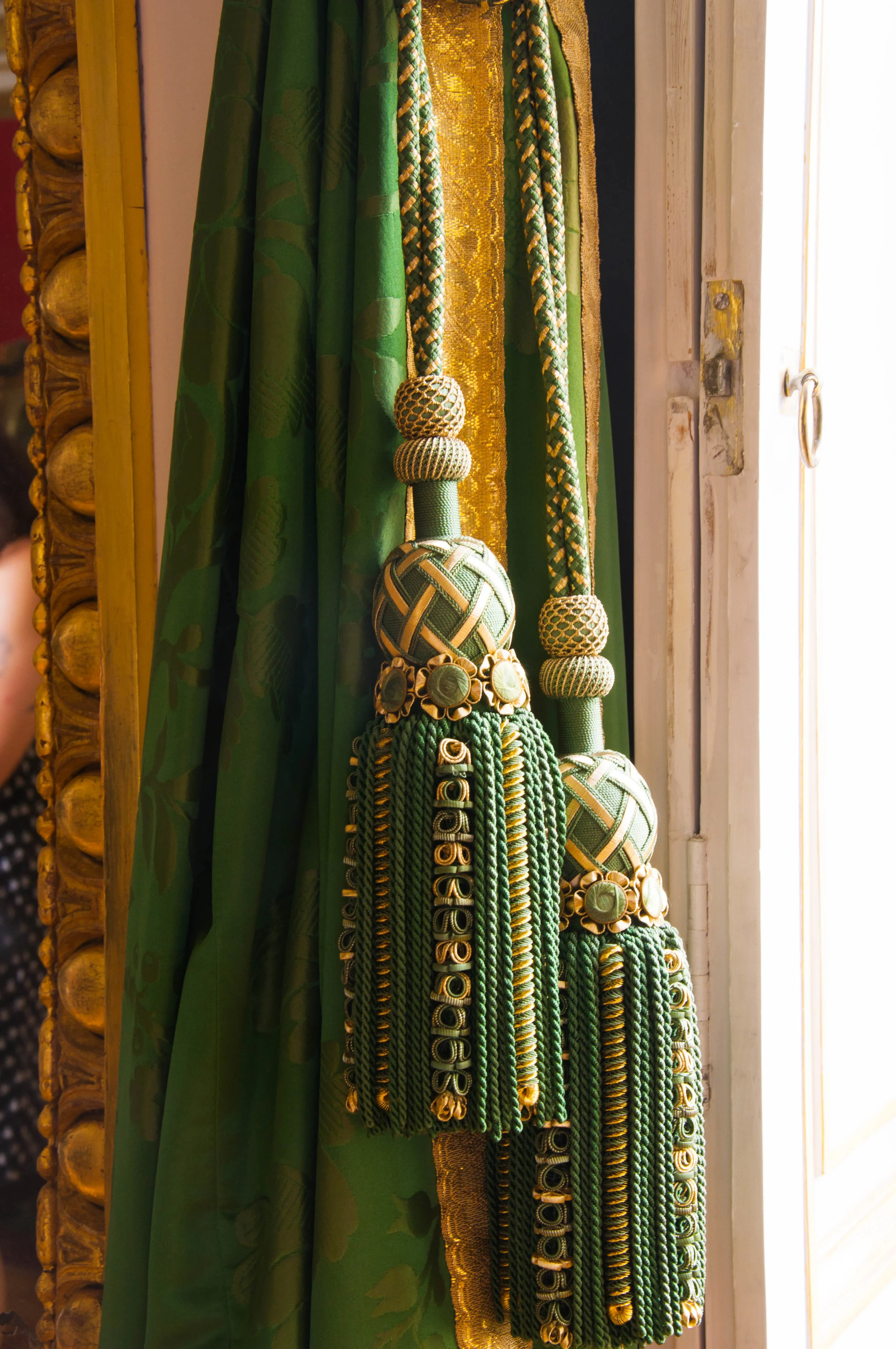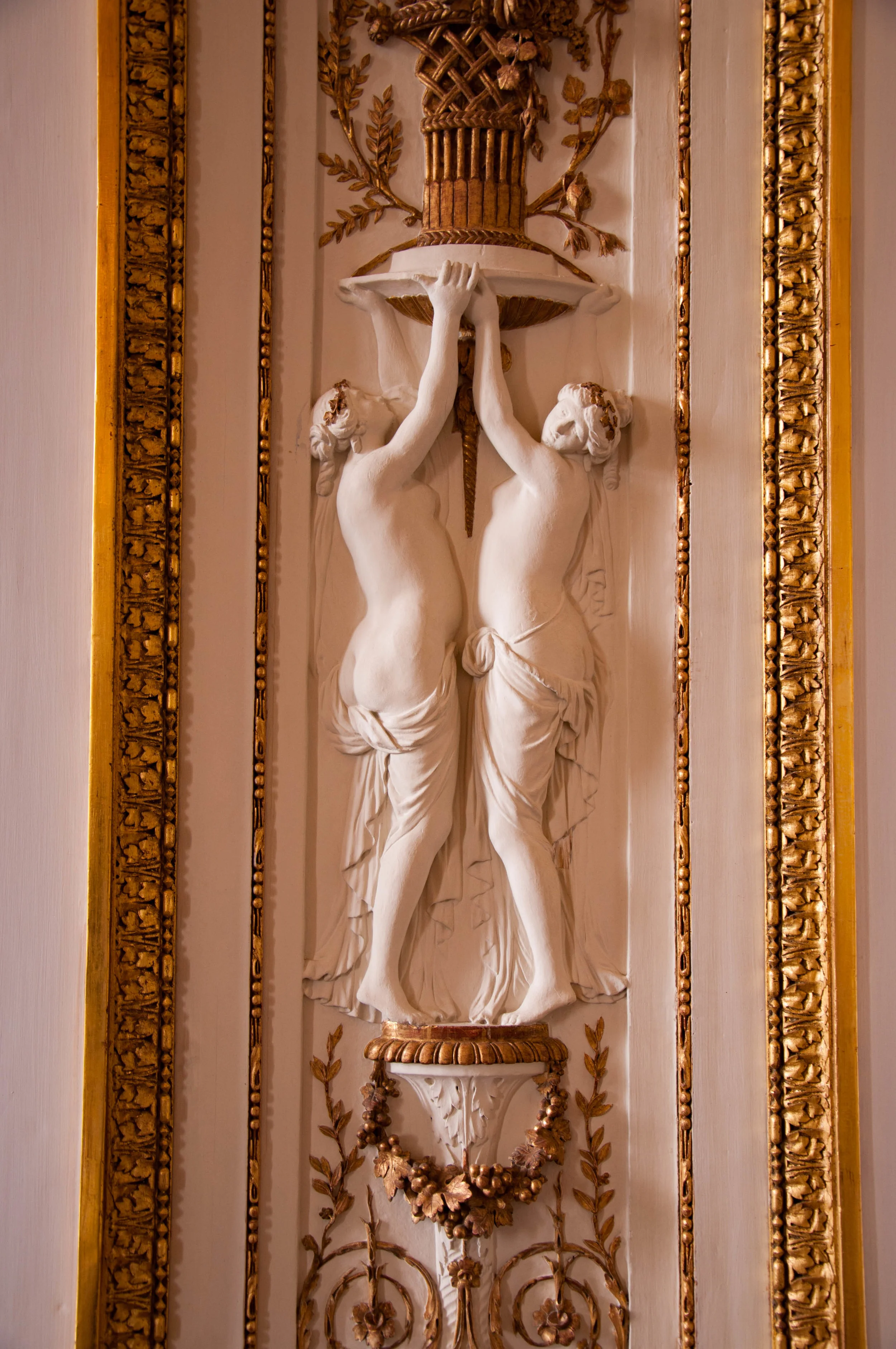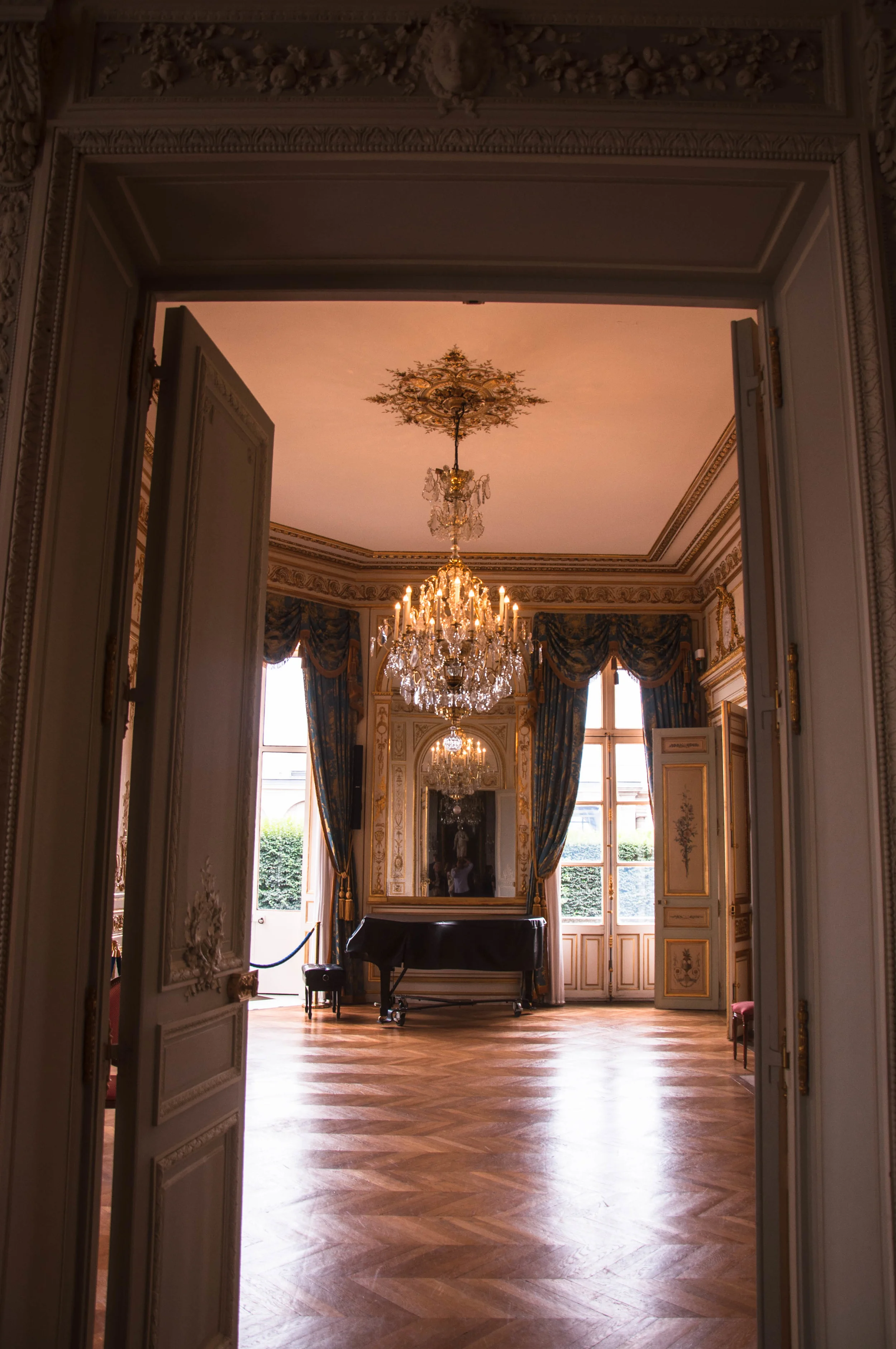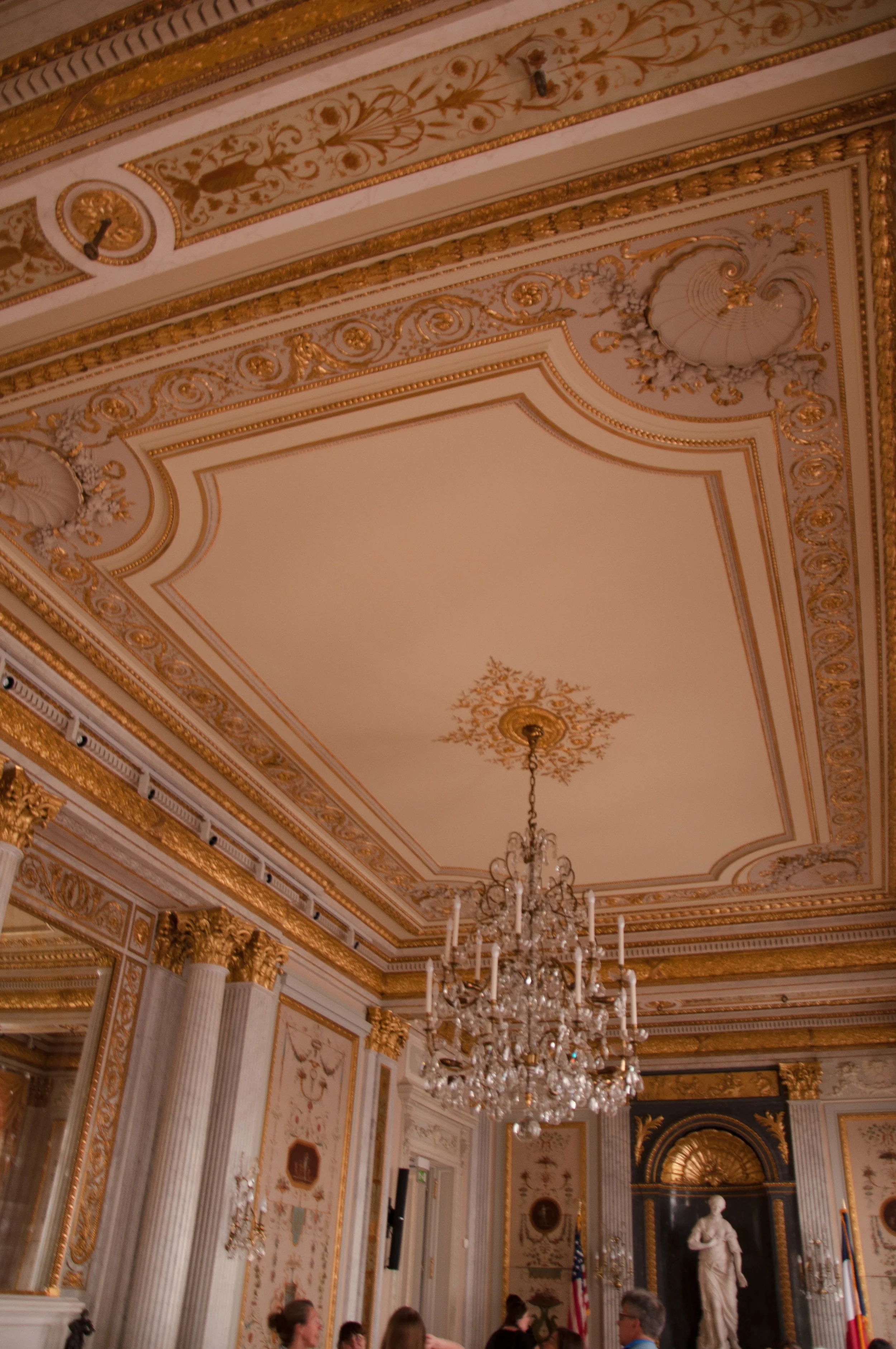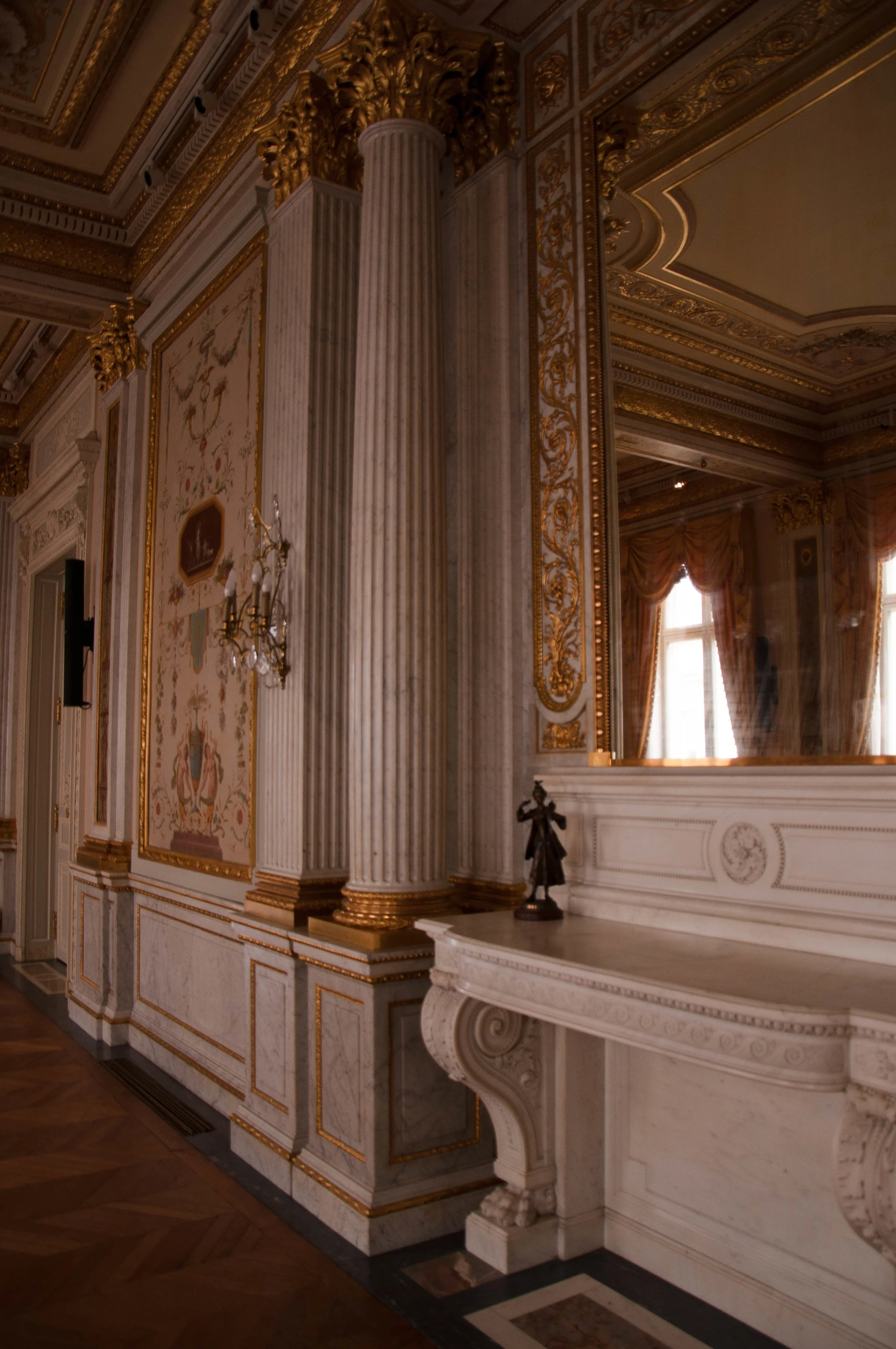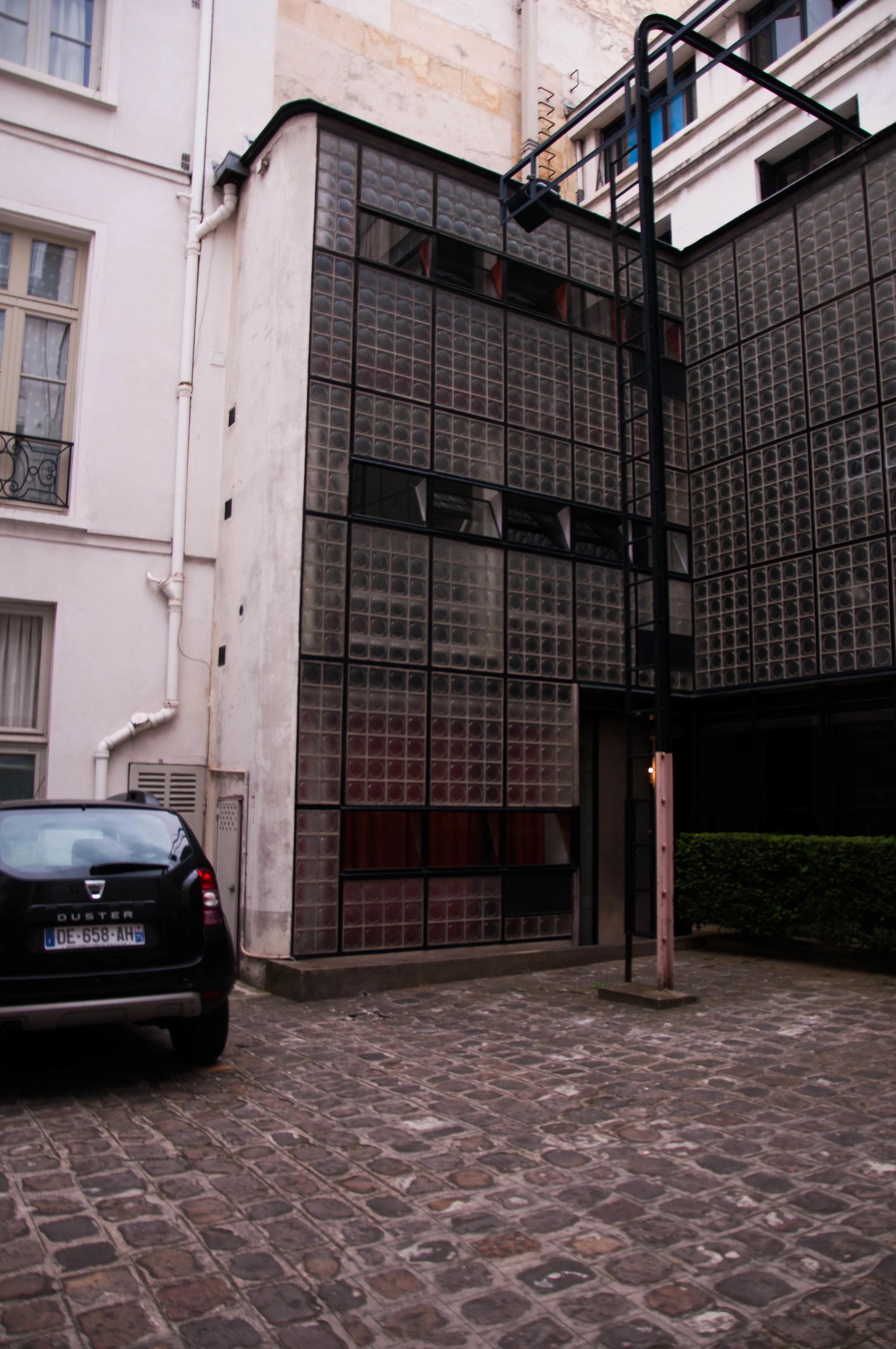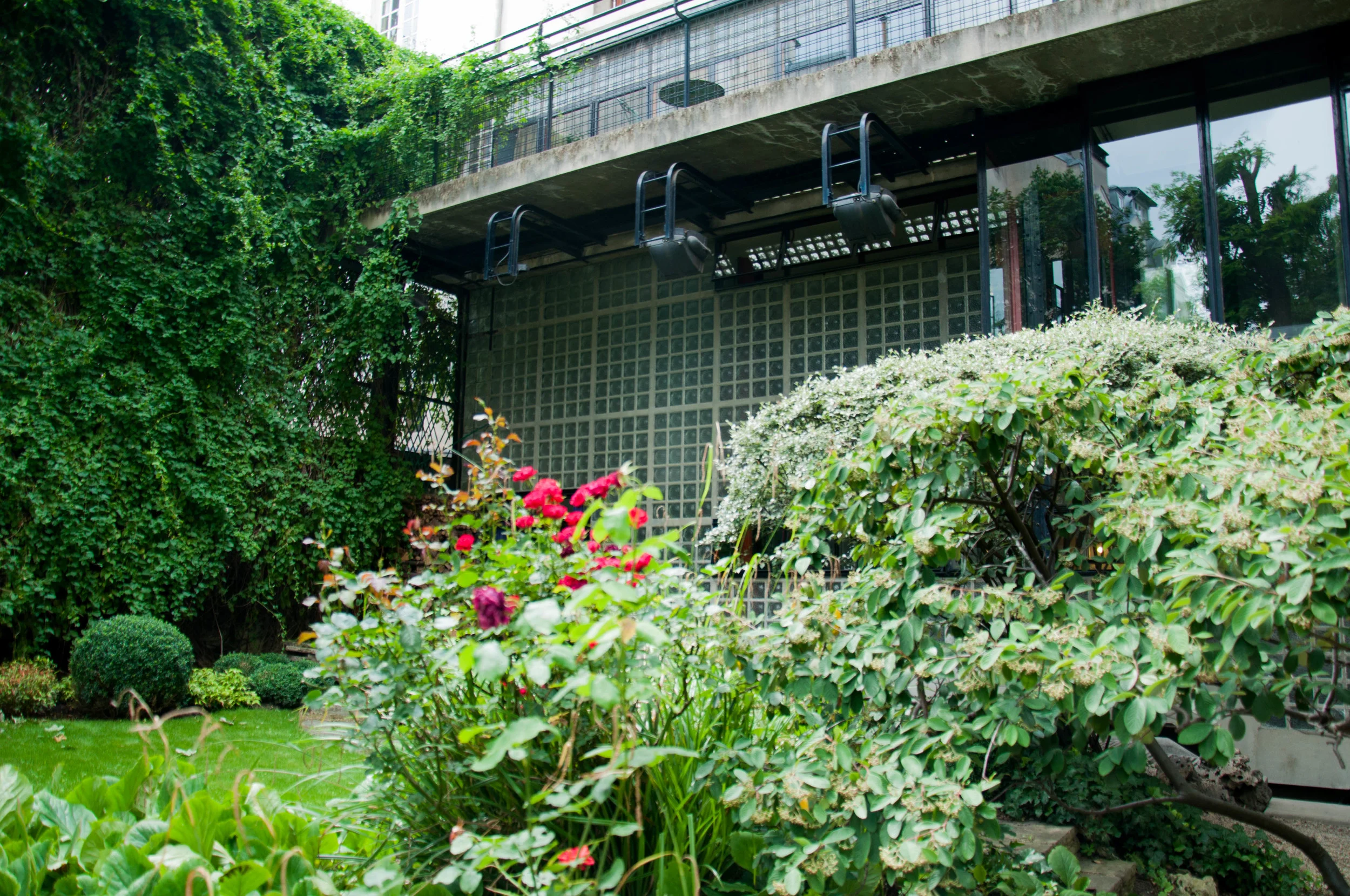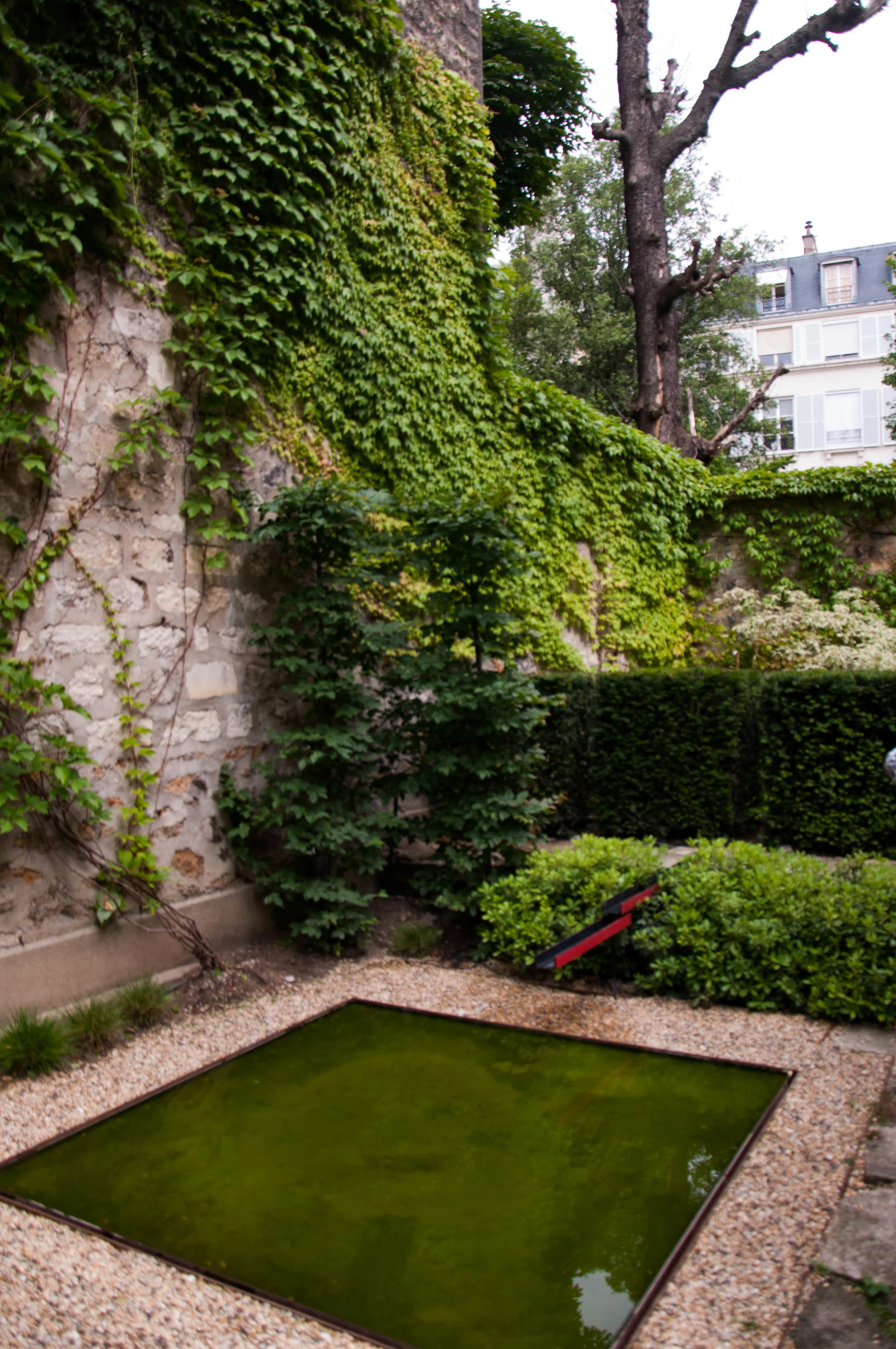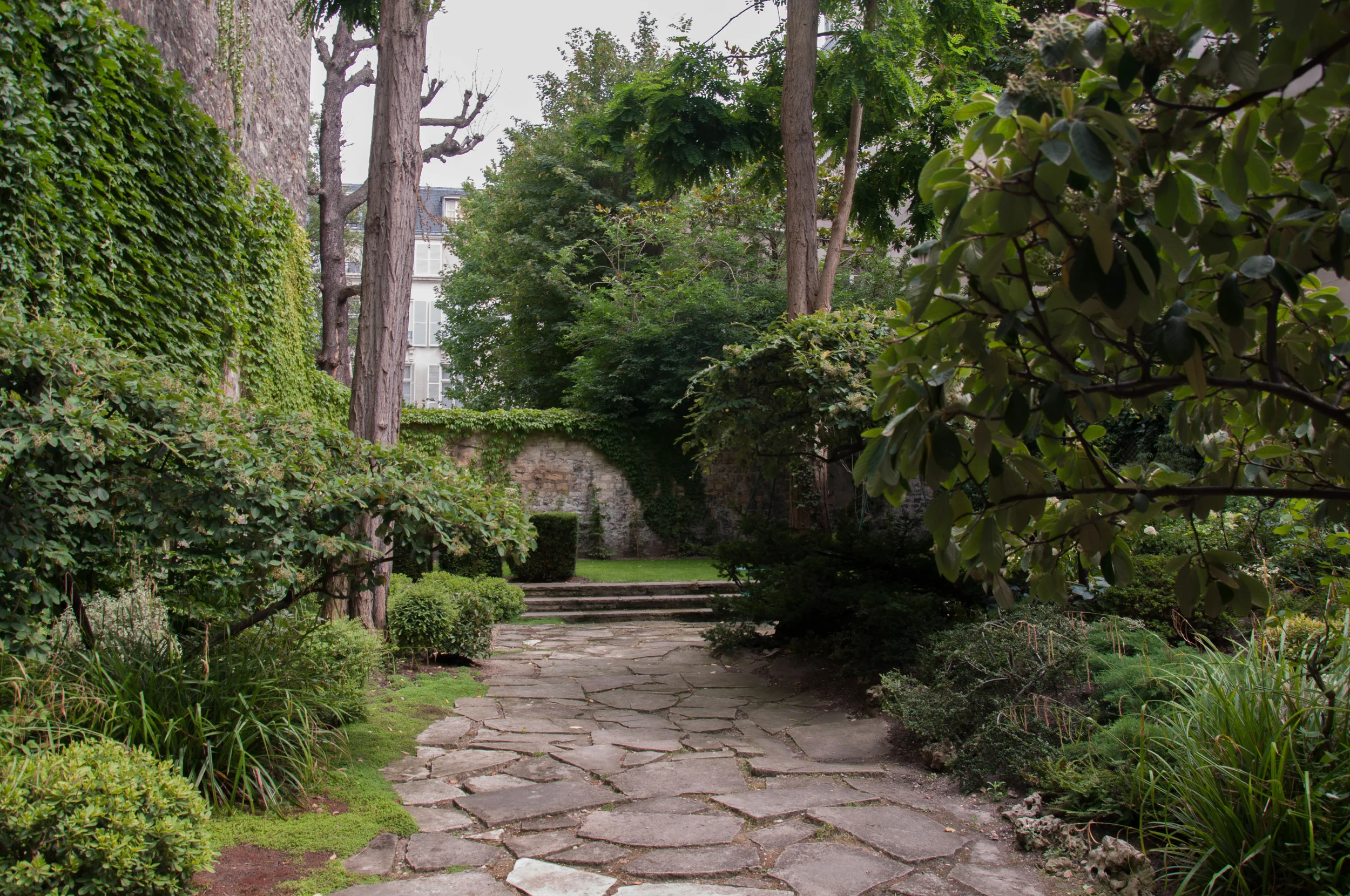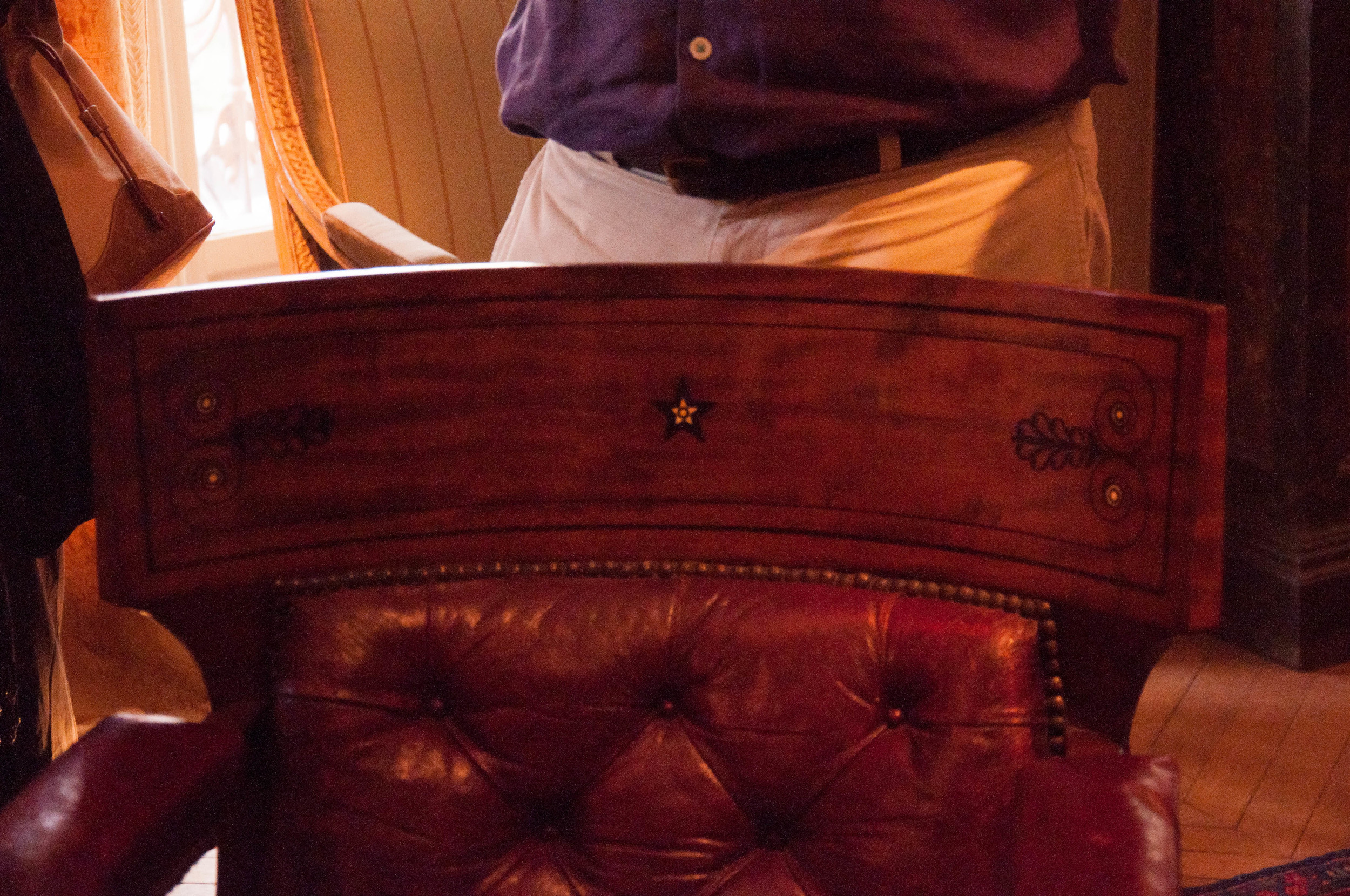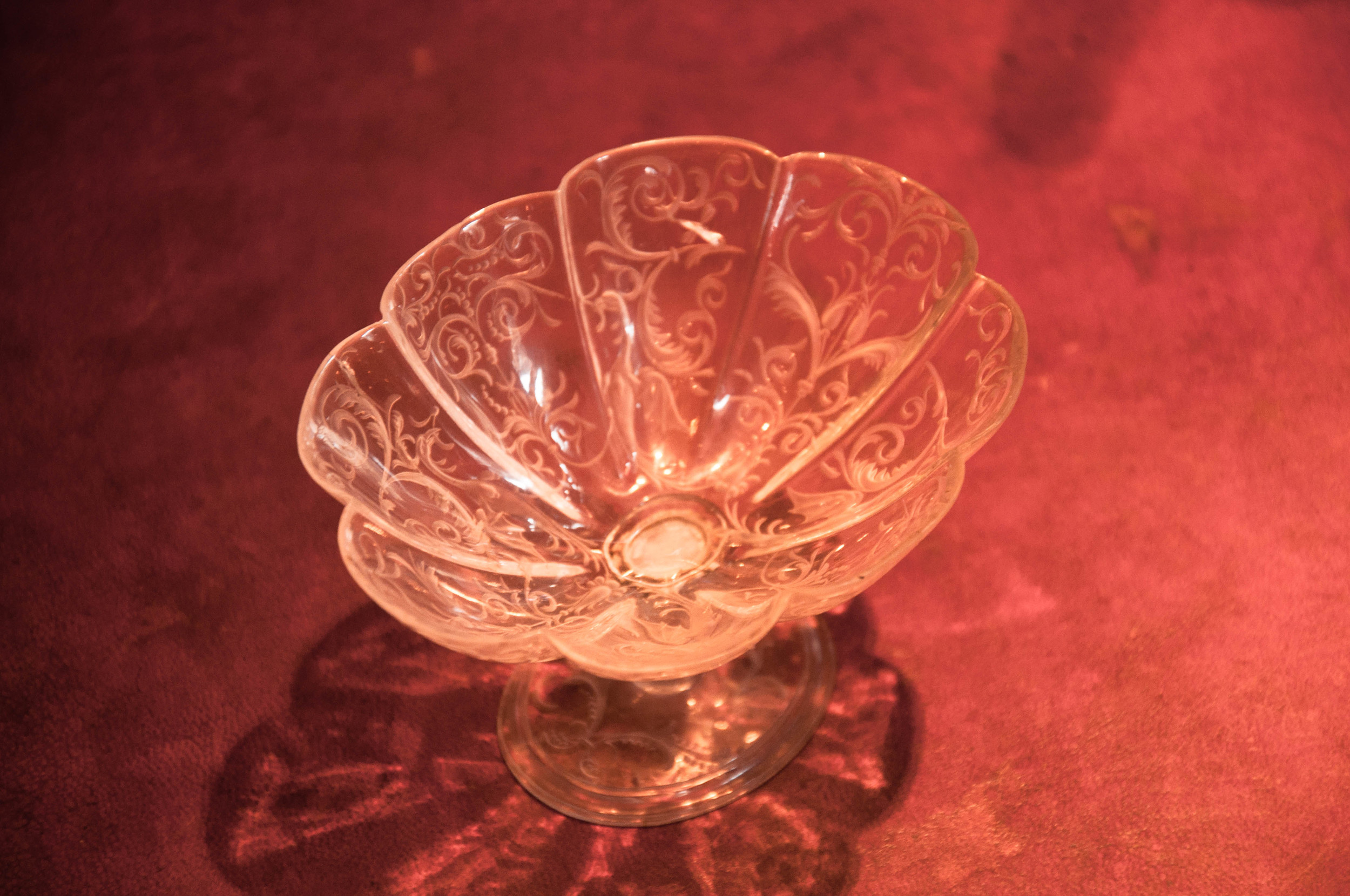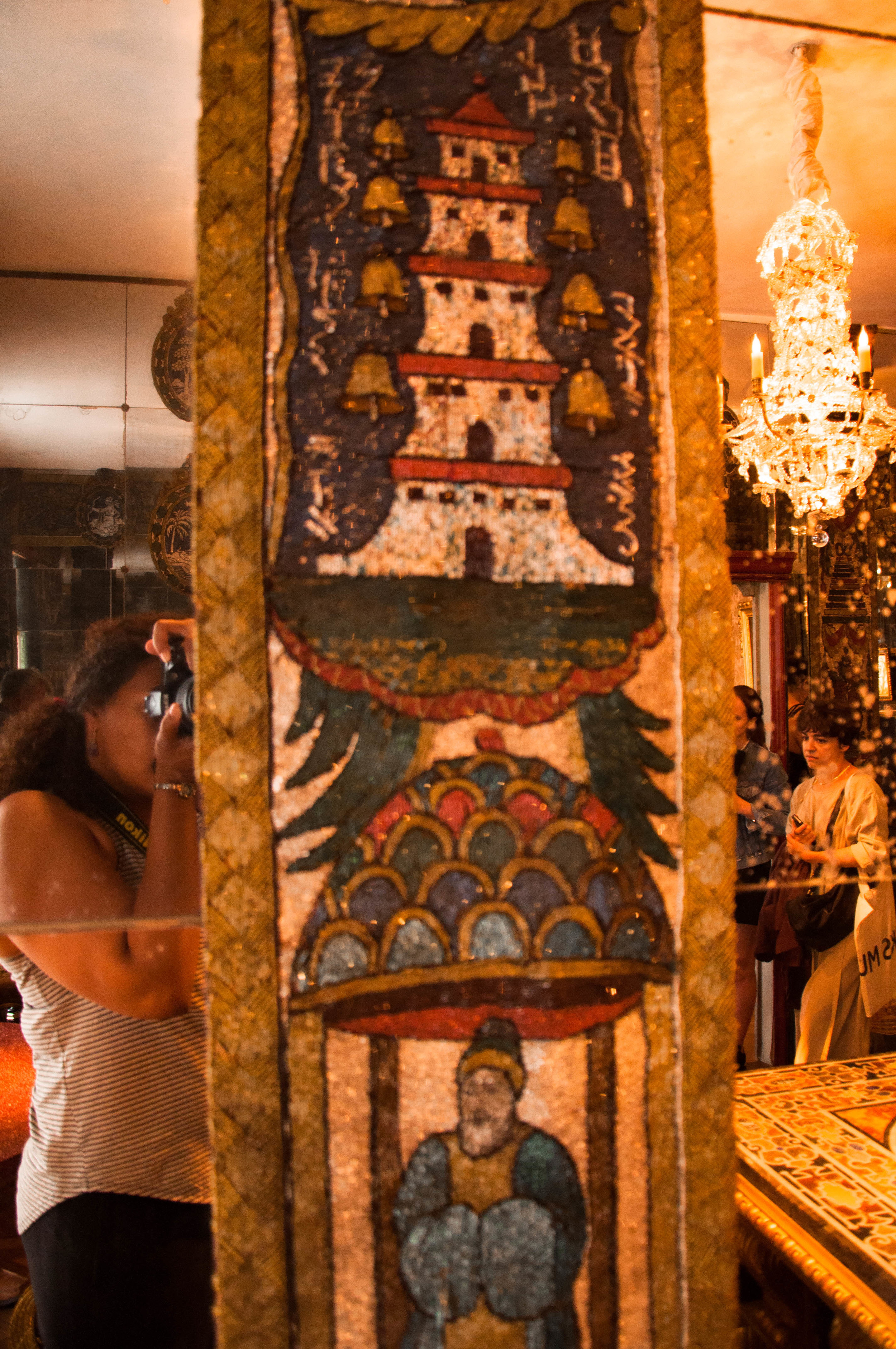Á La Fin Du Siécle
Discoveries while taking Curating The Period Room at Parsons Paris during Summer 2016.
During July 2016, I took a course at Parsons Paris called “Curating the Period Room,” which was taught by noted curators and historians, Dr. Sarah E. Lawrence and Dr. Ulrich Leben. The course was amazing!!! It really opened my eyes to the breath of historical preservation, conservation, details, furniture, research, and architecture. As I mentioned on my first day of class, I have been fascinated by period rooms since I was four years old and my parents took my sister and I to the period rooms at the Brooklyn Museum. This course provided me with the opportunity to learn and explore why I have a fascination for period rooms and historical interiors.
As a believer in the value of history, throughout the course I was constantly reminded of a phrase from The Life of Reason by philosopher George Santayana:
Progress, far from consisting in change, depends on retentiveness. When change is absolute there remains no being to improve and no direction is set possible for improvement: and when experience is not retained, as among savages, infancy is perpetual. Those who cannot remember the past are condemned to repeat it.
Much of my focus in architecture is based around the idea that all of the built environment is an archaeological palimpsest—one which tells the values and stories of the past, and provides an image of the future. While one cannot determine what the future holds, it is important to fully comprehend not only the summation of moments in time, but the events that surround them as well, as they are the ties which binds one to a person, a place, things, and concepts. Every moment in time is a moment of history. While one cannot (as of yet) venture into the past, by being respectful of the past, valuing it, and building with it rather than destroying it, I believe we can create a more holistically mindful future for the worlds cities and its people.
Contained on this page are photographs collected on the site visits throughout “Curating the Period Room,” and my time in France, as well as, my essays for the course. Please enjoy!
12 Juillet 2016: Musée Carnavalet (Museum of the History of Paris), Rue de Sévigné, 75003 Paris, France
Course Description Text: Musée Carnavalet is the Museum of the History of Paris. Located in a series of old mansions, one of which was called by the name of Carnavalet, the museum displays a number of interesting examples of period rooms and furniture from 1600 and 1930, which were brought here as salvages from dismantled buildings.
12 Juillet 2016: Musée Cognac-Jay, 8 Rue Elzévir, 75003 Paris, France
Course Description Text: This collection of eighteenth-century furniture, assembled by department-store owner of La Samaritaine, Mr. Cognac Jay and his wife, was moved some twenty years ago to a new location. We shall visit the current setting of the collection and discuss during our visit.
13 Juillet 2016: Hôtel de Soubise, 60 Rue des Francs Bourgeois, 75003 Paris, France
Course Description Text: The Hôtel de Soubise, one the Paris residence of the family of Soubise – Rohan, today houses the national archives and a museum for French History. Carefully restored, the main building displays some excellent examples of the best of French eighteenth-century interiors in the location for which they had been originally created.
13 Juliet 2016: The Arsenal, 1 Rue de Sully, Paris, France
Course Description Text: The music room at the Arsenal is one of the few intact rooms from the eighteenth- century building, which, due to its importance, was restored in 2008 with the help of the World Monuments Fund. This exemplary restoration will allow us to approach contemporary ways of approaching the conservation of a historic room scheme, preserved in situ.
19 Juillet 2016: Guillaume Féau Gallery, 9 Rue Laugier, Paris, France
Course Description Text: Guillaume Féau is working as the third generation of his family in a gallery for historic paneling. The gallery is a very special place to visit that demonstrates how generations of decorators and interior architects have worked in order to assemble period rooms in Europe and abroad. Although techniques for manufacturing might have changed slightly, the process of production remains unchanged from one hundred years ago.
20 Juillet 2016: Musée Nissim de Camondo, 63 Rue de Monceau, Paris, France
Course Description Text: The mansion, which was built for the banking family of Camondo by the internationally renowned Belle Époque society architect Réné Sergent, is a gem of high lifestyle from one hundred years ago. Due to the terms of the bequest of the collection to the Musée des Arts Decoratifs, the house and its contents have survived much as the family wished to see it presented when they donated it in 1935. The historic House, with its “Period Rooms” and modern installations, makes the visit a highlight of our course.
21 Juillet 2016: Hôtel Talleyrand-Rothschild, 2 Rue Saint-Florentin, Paris, France
Course Description Text: This historic mansion has always been lived in as a private family home. In recent years, conservation work and refurbishment of the important historic rooms was instigated which will allow us to continue our discussion of how to approach the Period Room.
21 Juillet 2016: Maison de Verre, 31 Rue Saint-Guillaume, Paris, France
Course Description Text: The house was built in 1931 by architects Pierre Chareau and Bernard Bijovet and metalsmith Louis Dalbet. Built as a home and medical office for Mme and Dr. Jean Dalsace. In 2006, the home was sold to Robert Rubin by the Dalsace family. It is a period piece as a whole and is kept in its integrity as a period room which is still being lived in.
26 Juillet 2016: Galerie Steinitz, 77 Rue du Faubourg Saint-Honoré Paris, France
Course Description Text: Galerie Steinitz is long known for their lavish displays, the high quality of their furniture and objects and the sometime eclectic mixtures of different periods. Our visit will allow us to discover three floors of marvelous interiors furnished with antique furniture and for once we shall be able to open up pieces and turn round a chair to look at a rail and understand more on other aspects of historic French pieces.
Panarama of 8, rue Benjamin Franklin in Paris, Le Musée Clemenceau
The decision to turn the home of an influential society figure into a museum is significant, as it provides a physical glimpse into a world that no longer exists, but has shaped our understanding of the world today. Located on 8, rue Benjamin Franklin in Paris, Le Musée Clemenceau transports one back in time to 24 November 1929, and provides a look into the mind and uniqueness of Georges Clemenceau.


